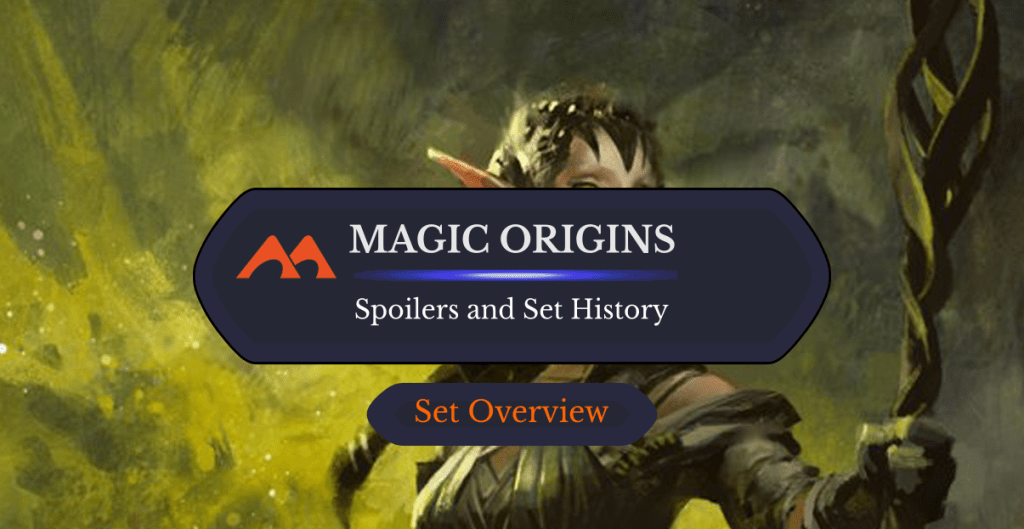
Nissa Revane | Illustration by Jaime Jones
Core Sets were once a mainstay of yearly Magic releases, offering designers a chance to reprint valuable cards and seed meta-relevant cards into Standard formats without having to match the themes and flavor of a particular world. Though not explicitly named a Core Set, Magic Origins was a goodbye to these releases until their return with Core Set 2019.
Though Origins focused on the simple designs and toned-down complexity players expected from the summer set, it experimented in a few areas foreign to the typical Core Set. From an emphasis on story elements to the introduction of new mechanics, Magic Origins stands out from other Core Sets as one of the most unique and interesting.
Let’s dive in to understand what made this set so engaging!
Magic Origins Basic Information
Set Details
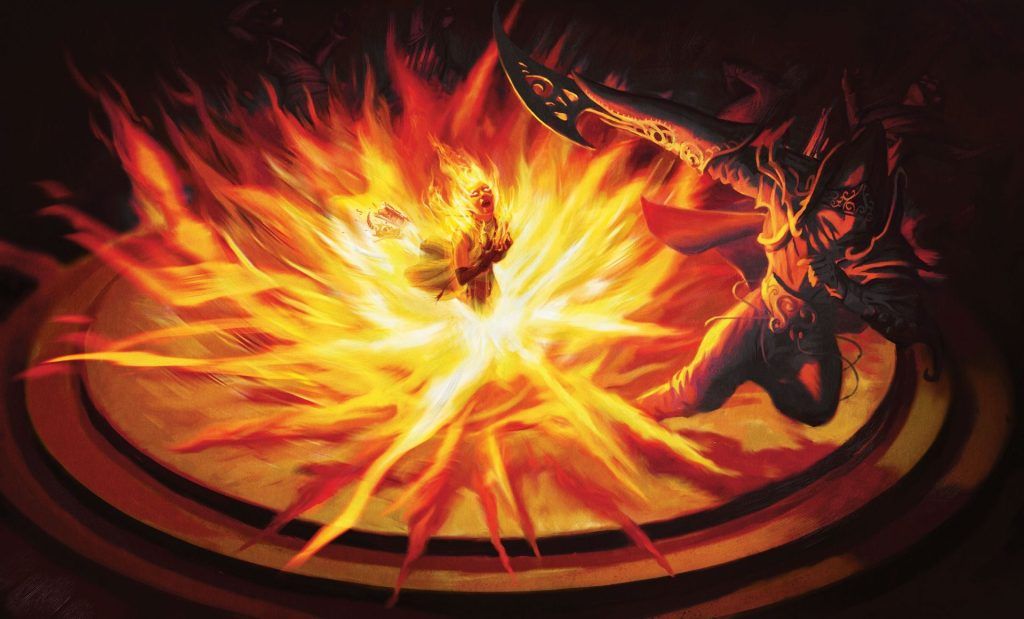
Chandra's Ignition | Illustration by Eric Deschamps
| Set Symbol |  |
| Set Code | ORI |
| Hashtag | N/A |
| Number of Cards | 288 (272 main-set, 16 starter deck exclusives) |
| Rarities | 108 commons, 84 uncommons, 60 rares, 16 mythics, 20 basic lands |
| Mechanics | Spell Mastery, Transforming Planeswalkers, Renown, Scry, Prowess, Menace |
Important Dates
| Event | Date |
|---|---|
| Release Date | July 17, 2015 |
| Pre-release Weekend | July 11-12, 2015 |
| Available on Draftsim's Draft Simulator | Yes |
| Available on Arena Tutor | No |
About the Set: The Story
One distinctive element of Magic Origins was its approach to storytelling. While most Core Sets didn’t follow a story or add to the lore of Magic’s Multiverse, the cards in Origins told the stories of five planeswalkers during their early years, tracking the events that lead to each of them becoming the planeswalkers players were already familiar with.
The stories don’t necessarily converge here, so the story moments might feel a bit disjointed if you look at the set as a whole. However, you’ll see pivotal story moments for each of these characters, with all of their stories being told in parallel to one another. This served as a sort of prologue to the Gatewatch storylines that carried players through the next few years’ worth of sets and stories.
We see the origin stories for these five planeswalkers (hence, Origins), with each one receiving a double-faced card showing that character before and after their spark ignited. Different cards throughout the set capture the moments their sparks ignited.
Jace Beleren
We follow Jace Beleren through his youth on the plane of Vryn, where he discovers that his mind has been manipulated over time by his master, the telepathic sphinx Alhammarret, High Arbiter. Under the Sphinx's Tutelage, Alhammarret used Jace’s powers to gather intel from warring factions on Vryn, but the sphinx continuously erased Jace’s memories of these events. Jace stumbles upon the truth during one of his missions, also learning that his planeswalker spark had ignited many years prior.
Jace confronts Alhammarret, resulting in a telepathic Clash of Wills that leaves the sphinx incapacitated and Jace’s mind fractured. The impact of the battle forces Jace to planeswalk away, landing him on Ravnica with no memories of who he was or where he came from.
Gideon Jura
Gideon’s story follows his younger years on his home-world of Theros, where he’s known as Kytheon. Kytheon’s troubled youth led to him becoming the leader of Kytheon's Irregulars. His misdoings with this gang land him in prison, under the watch and mentorship of Hixus, Prison Warden. During his prison sentence, Gideon sways between moments of enlightenment and hubris while honing his gift of hieromancy.
During an attack on the city Akros, Kytheon gathers his rapscallion crew and defends the polis against a swarm of incoming monsters, successfully fending them off and proving his worth in the eyes of the Therosian god Heliod. Heliod claims Kytheon as his champion, tasking him with slaying Erebos's Titan.
Kytheon and his crew successfully slay the titan, but in a show of Tragic Arrogance, Gideon attempts to kill Erebos himself, hurling Heliod’s powerful spear at the god. Erebos deflects the attack, killing all of Kytheon’s allies. The moment of grief and regret overtakes him, forcing him to planeswalk away to Bant, one of the main shards of Alara. It’s there that he takes on the name Gideon.
Chandra Nalaar
A young Chandra Nalaar and her family are citizens of Kaladesh, a plane that shuns Chandra’s powerful fire magic. Despite taking measures to conceal her powers from the militant forces of Kaladesh, Chandra’s hotheadedness leads her to display her pyrotechnic powers at a level that catches the attention of the Consulate soldiers, who rush to Chandra’s small village to investigate the source of the fire magic.
The soldiers round up Chandra’s family and neighbors, burning them alive in front of the young pyromancer. Chandra surrenders herself to the Consulate, who sentence her to immediate death by the hands of Baral, Chief of Compliance. The circumstances cause Chandra's Ignition in her moment of need and force her to planeswalk away to Regatha.
Liliana Vess
Liliana Vess was a young member of a royal Dominarian family associated with a group of healing clerics. Liliana studies healing magic in her youth, but also practices Dark Dabbling with necromancy in secret.
When Liliana’s brother, Josu Vess, becomes cursed at the hands of their fathers’ enemies, Liliana’s tasked with finding a particular root that can be used to concoct a potion that will heal Josu. She finds the root only to discover it’s been corrupted. Liliana’s confronted by a mysterious figure (The Raven Man), who persuades her to revive the root with necromancy to craft the potion.
Unfortunately, the Tainted Remedy turns Josu into a monster, forcing Liliana to create a zombie mob to fight him. The burden of the situation causes her spark to ignite, sending her away to Innistrad.
Notably this set also covers Liliana’s Demonic Pact with her four Demon lords. The Dark Petition gives her immense power and long-lasting youth at the expense of being indebted to the four demons.
Nissa Revane
Nissa Revane’s story follows her early years as one of the last remaining animists on Zendikar, a power that gives her visions that frighten her clan, leading to her imminent exile. During her journey, Nissa discovers that she has an Elemental Bond and can commune with Zendikar's Roil, the lifeforce of Zendikar.
Through visions, Zendikar itself communicates with Nissa, warning of an unseen force within the plane that causes it immense pain. Nissa's Pilgrimage leads her through a number of altercations but eventually ends with her arrival at the sleeping place of the Eldrazi, bringing her face to face with the otherworldly beings. The madness of Nissa's Revelation overwhelms her and forces her to planeswalk away to Lorwyn.
Magic Origins Mechanics
Double-Faced Cards: Transforming Planeswalkers
This set used double-faced cards to illustrate how the story’s characters transformed from mere mages into planeswalkers. Each card was a legendary creature on the front face that would exile themself and return to the battlefield transformed as a planeswalker if a certain condition was met. The five “flip-walkers” included:
- Jace, Vryn's Prodigy / Jace, Telepath Unbound
- Kytheon, Hero of Akros / Gideon, Battle-Forged
- Liliana, Heretical Healer / Liliana, Defiant Necromancer
- Chandra, Fire of Kaladesh / Chandra, Roaring Flame
- Nissa, Vastwood Seer / Nissa, Sage Animist
Renown
Renown N is a triggered ability that appears on creature cards. If the creature isn’t renowned and deals combat damage to a player, it gets N +1/+1 counters and becomes renowned. In other words, the effect will only ever trigger once. It was used across 19 creatures in the Naya spectrum and was featured as Selesnya‘s 2-color Limited archetype.
Renown was a huge driving force in the Limited format, earning Topan Freeblade the “mythic common” status, and making effects that pushed creatures through in combat much more desirable than they would be otherwise.
Spell Mastery
Spell mastery is an ability word that appears on instants and sorceries across all five colors. Those spells would get some sort of bonus if you had at least two other instants and/or sorceries in your graveyard. 17 cards in total from this set used spell mastery.
Dark Petition has had the most competitive success, though other notable spell mastery cards include Fiery Impulse, Exquisite Firecraft, and Animist's Awakening.
Scry
Magic Origins marked the moment scry became an evergreen mechanic. It had been used multiple times before, most notably as a glue mechanic in Theros block, but it was upgraded to evergreen in Origins, appearing across 10 cards in the set.
Prowess
Prowess had previously appeared as the Jeskai Clan mechanic in Khans of Tarkir and Fate Reforged, though it played out smoothly enough to earn temporary evergreen status with Magic Origins, though it was later demoted to “deciduous,” which meant it would be used sparingly without being locked to any set or plane's flavor. It only appeared on four cards in the set, all either red or blue.
Menace
Menace is second nature in present-day Magic, but Origins introduced it as a replacement for intimidate. The effect had already existed in the past on cards like Goblin War Drums and Gruul War Chant, but being keyworded here meant it would be used more prevalently moving forward. Only three cards in Origins have menace.
Catch ‘em Alls
Origins features a cycle of “catch ‘em all” spells for the Draft environment, cards that had amplified effects if you were able to draft more copies of them. These included:
Magic Origins Card Gallery
White
Blue
Black
Red
Green
Multicolored
Colorless
Land
Start Deck Exclusives
Notable Cards
Transforming Planeswalkers
The five double-faced planeswalkers were the face cards of the set and saw varying amounts of Constructed play. Jace, Vryn's Prodigy was by far the most popular flip-walker, to the point where it reached over $100 a copy while legal in Standard. None of these see extensive play outside Commander anymore, though Jace and Kytheon, Hero of Akros are frequent Vintage Cube additions.
Tragic Arrogance

Tragic Arrogance is one of Commander’s best board wipes, though still woefully underrated. Giving the controller of this spell full control over which permanents remain makes this significantly better than the average Wrath of God variant.
Day’s Undoing
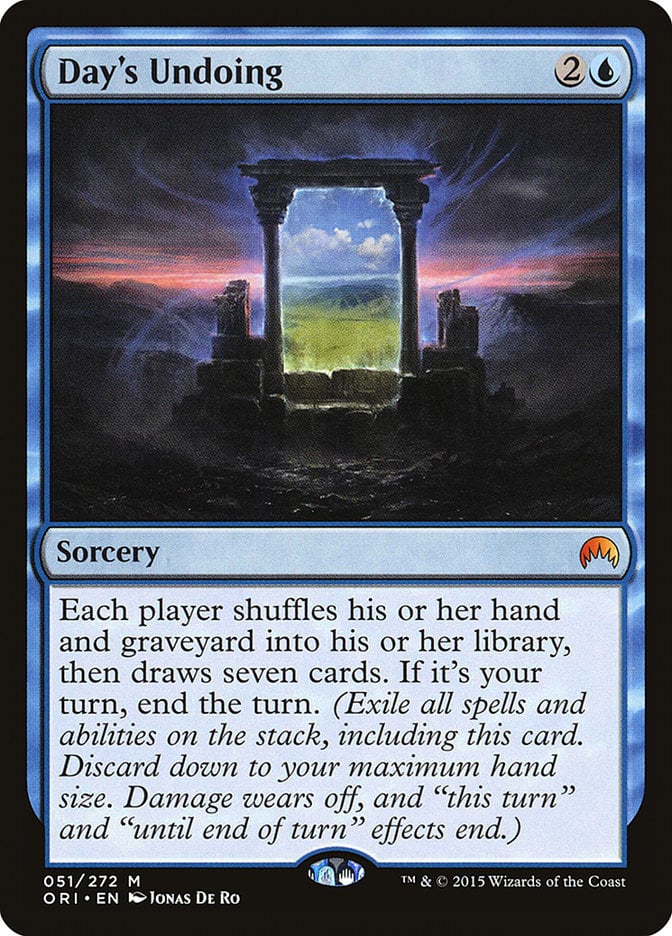
Day's Undoing made waves in various Constructed formats, with decks built around casting this at instant speed on an opponent’s turn to circumvent the downside of immediately ending the turn. It hasn’t seen much play since the printing of Echo of Eons.
Dark Petition
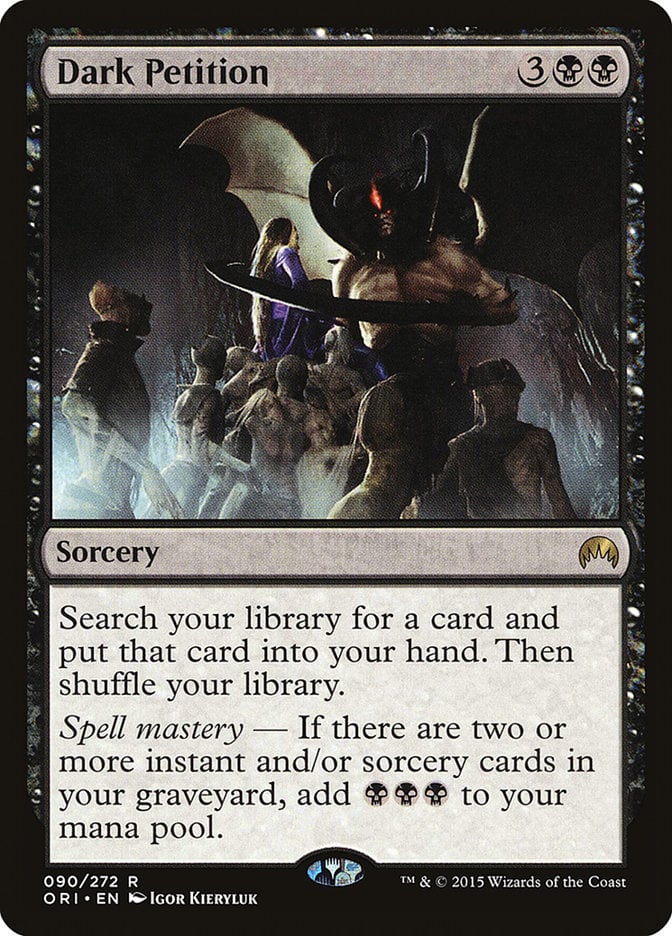
Dark Petition is a powerful tutor, starting off worse than Diabolic Tutor at face value, but ending up on par with Demonic Tutor if you achieve spell mastery.
Demonic Pact
Demonic Pact was a fun but dangerous mini-game style card that gave you tons of value, but culminated in you losing the game if you couldn’t win or remove it from the battlefield before the fourth trigger. It spawned its own Constructed archetype alongside Harmless Offering to pawn off the negative effect on an opponent.
Chandra’s Ignition
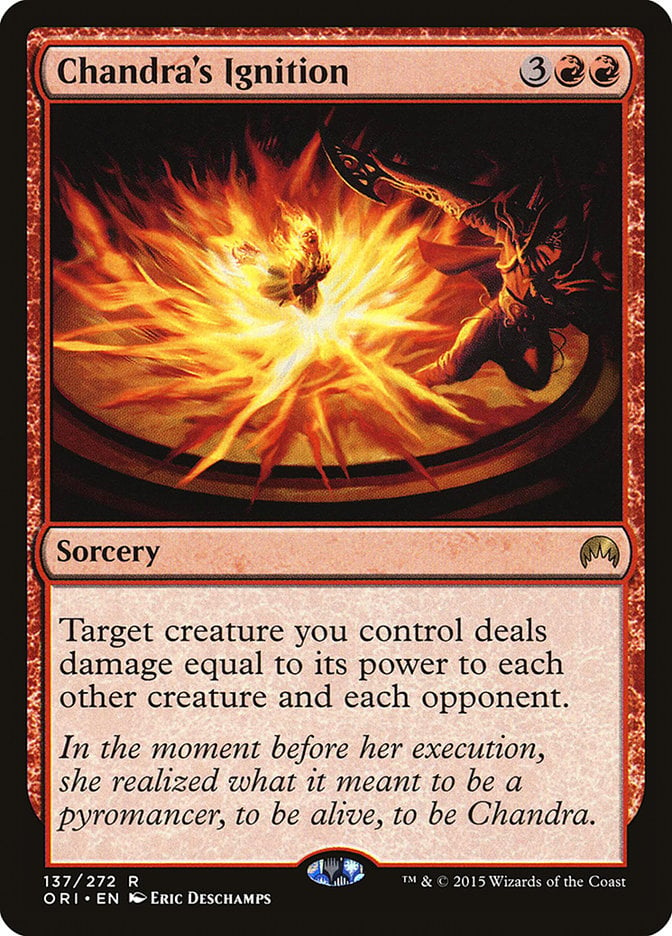
Similar to Tragic Arrogance, Chandra's Ignition is an all-star board wipe in Commander, especially in decks built around high-power creatures. With a large enough creature it can go from a mere board wipe to lethal burn spell.
The Great Aurora
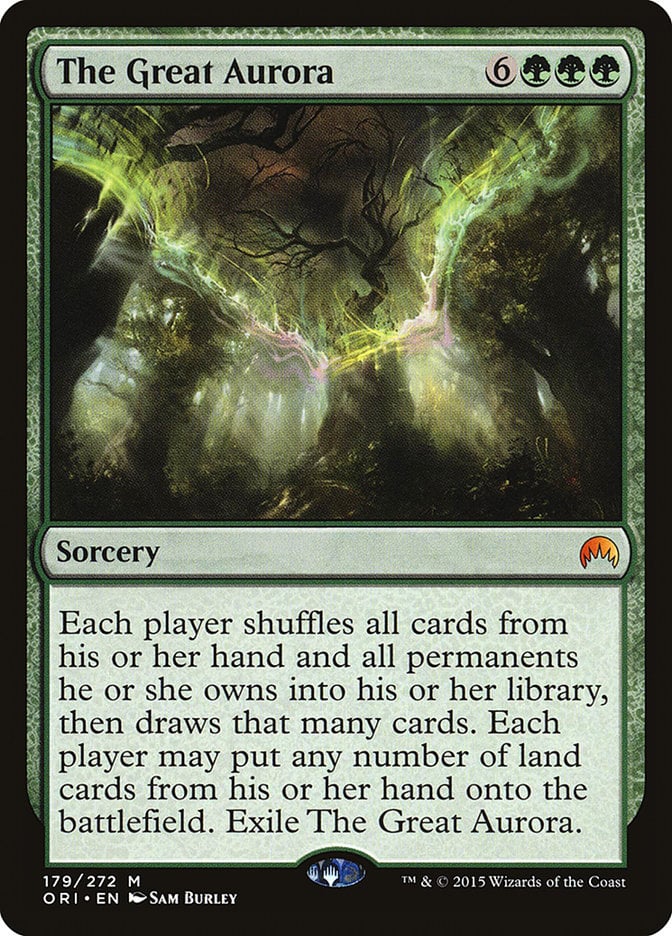
The Great Aurora does a green impression of Warp World, usually leaving the caster in a favored board position if they could dump enough permanents on board before casting this 9-mana spell.
Alhammarret’s Archive
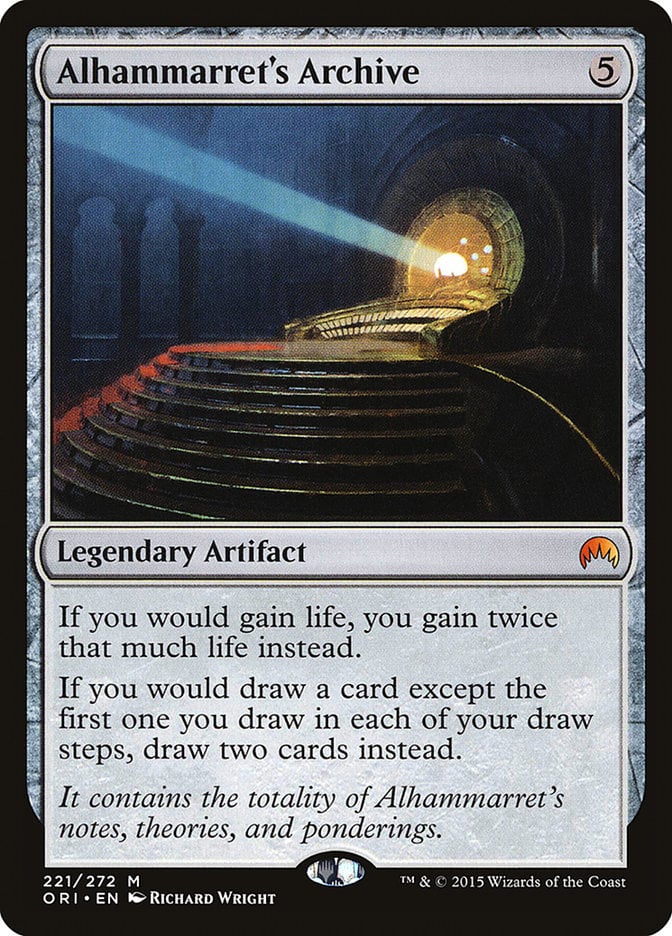
Alhammarret's Archive sees less play nowadays on account of being 5 mana, but Commander decks built around drawing cards or gaining life still run this artifact.
Sword of the Animist
Sword of the Animist remains a top-tier way to offer ramp to Commander decks that aren’t running typical ramp colors. It’s especially good in white and blue decks with early-game creatures to equip.
Available Products
Deck Builder’s Toolkit

A Deck Builder's Toolkit includes 125 semi-randomized cards, 40 of which would pull from a larger pool of cards, 20 of each basic land, and four booster packs (Magic Origins, Dragons of Tarkir, Fate Reforged, and Khans of Tarkir). This was meant as a beginner’s product and has little appeal outside the four Draft Boosters.
- The Deck Builder's Toolkit includes everything a player needs to create multiple Magic: The Gathering decks
- Great for players looking to start building their first few decks with the assistance of a deck builder's guide!
- 125 semi-randomized cards
- Four 15-card booster packs from recent Magic: The Gathering sets
- Deck builder's guide to creating the best Magic decks
Draft Booster Box

A Magic Origins Draft Booster Box includes 36 packs with 15 cards each. Unlike most booster boxes of this era, Origins boxes haven’t climbed much in price over time.
- This set will explore the Planeswalkers' home worlds, as well as their journies to becoming Multiverse travelers.
Fat Pack
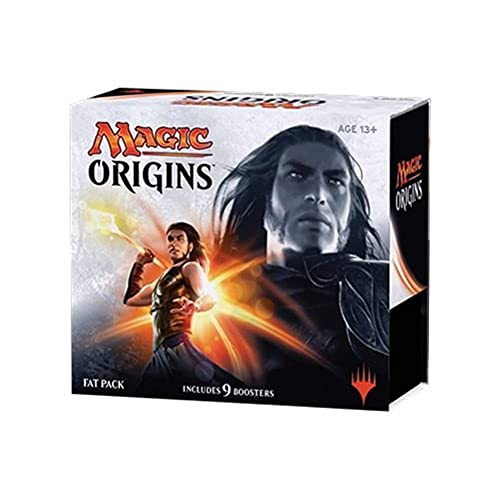
Fat Packs (now called Bundles) of this era included nine Draft Boosters of the associated set and some periphery items like a spindown die and more basics than you’ll ever need.
- Magic Origins explores what it means to start out on a magical journey, and how we change as we progress through our lives. It focuses on five of Magic's most prominent characters (Gideon Jura, Jace Beleren, Liliana Vess, Chandra Nalaar, and Nissa Revane), letting you explore their backstories and transformations as they become Planeswalkers.
- Contains 9 Origins booster packs, 1 card box
- 1 players guide, 1 80-card land pack
- 1 learn to play insertm 1 spindownlife counter
- 2 deck boxes
Wrap Up
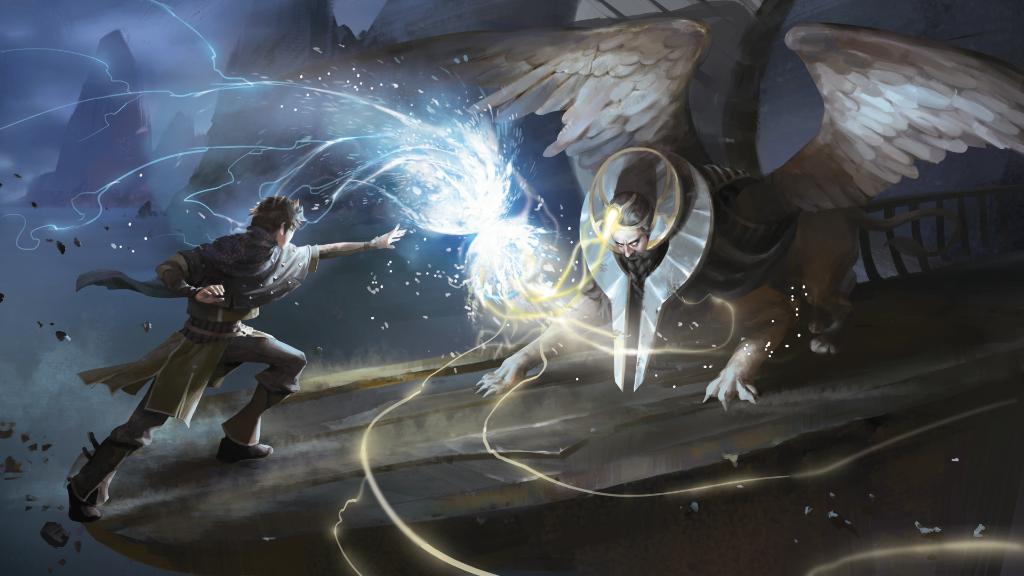
Clash of Wills | Illustration by Yan Li
Well, that’s the origin of Origins. This set was very tame, but also responsible for several micro-changes that persist in modern-day Magic, notably the introduction of menace and upgrading prowess and scry to evergreen status. It also carries just enough Commander staples to stay relevant.
In particular, I enjoyed the storytelling approach to this set. It was something much more exciting than the typical Core Set, and felt less like a collection of random designs based on high fantasy all thrown together in one set (though there was still plenty of that). This sadly paved the way to the overuse of these Gatewatch characters over the next several years, but that’s a different story.
What are your opinions of Magic Origins? Any fun or cool memories from the set? Do you remember how hyped people were for a Goblin Piledriver reprint? Let me know in the comments below or over in the Draftsim Discord.
Thank you for making Draftsim your #1 stop for all things Magic!
Note: this post contains affiliate links. If you use these links to make a purchase, you’ll help Draftsim continue to provide awesome free articles and apps.
Follow Draftsim for awesome articles and set updates: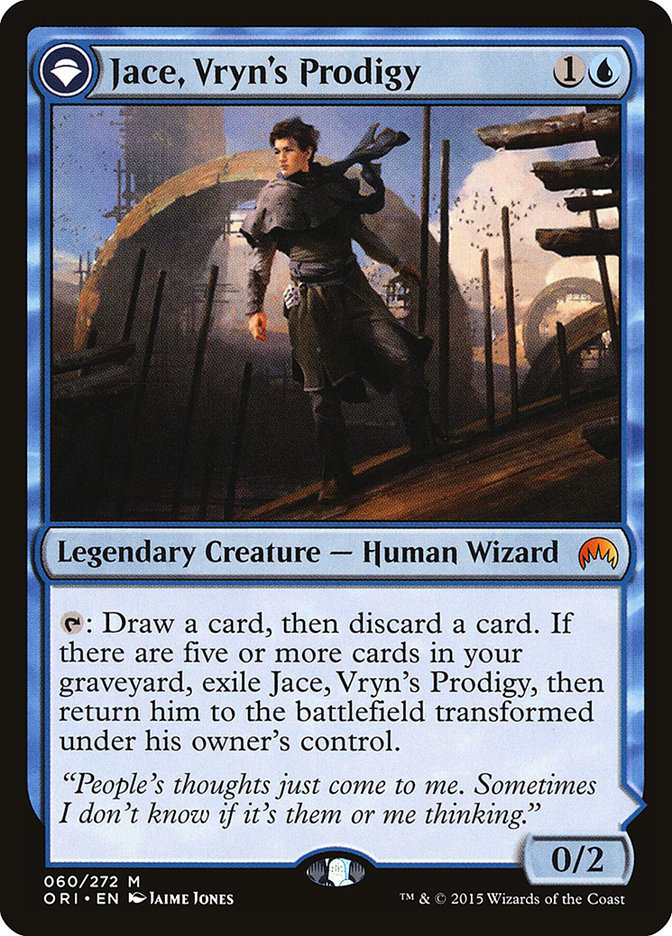

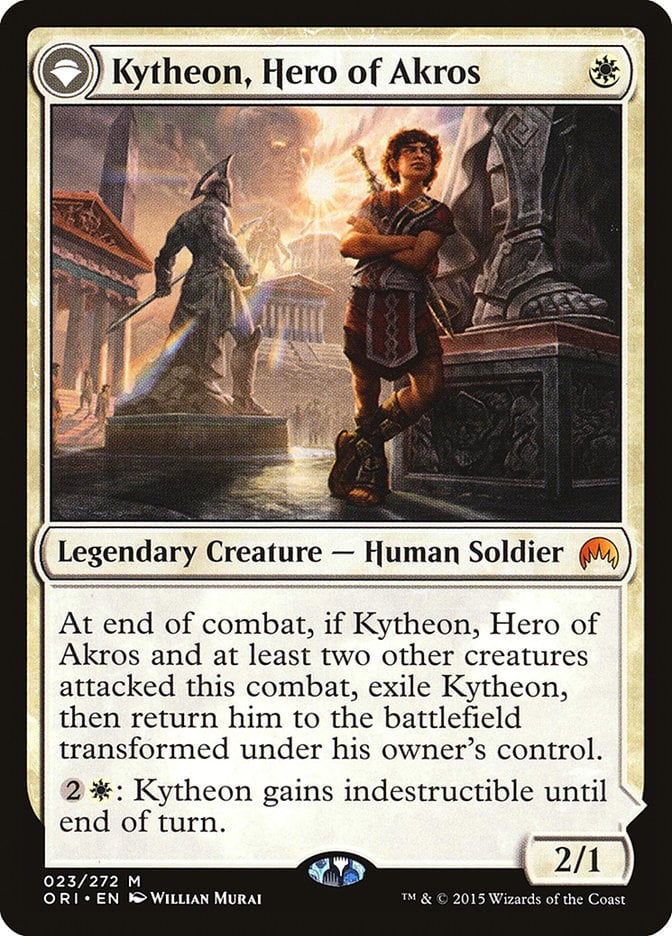

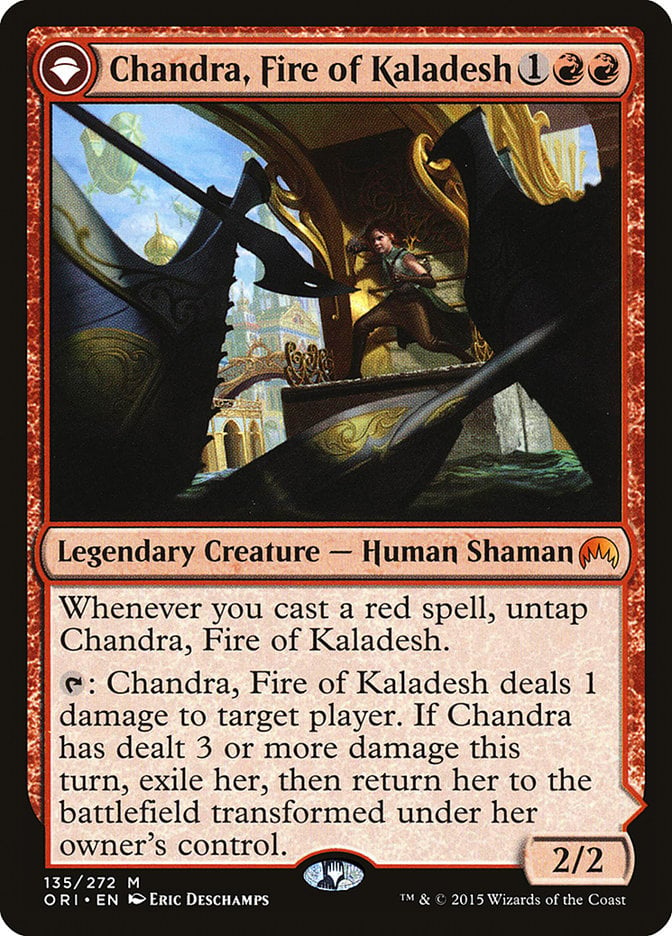


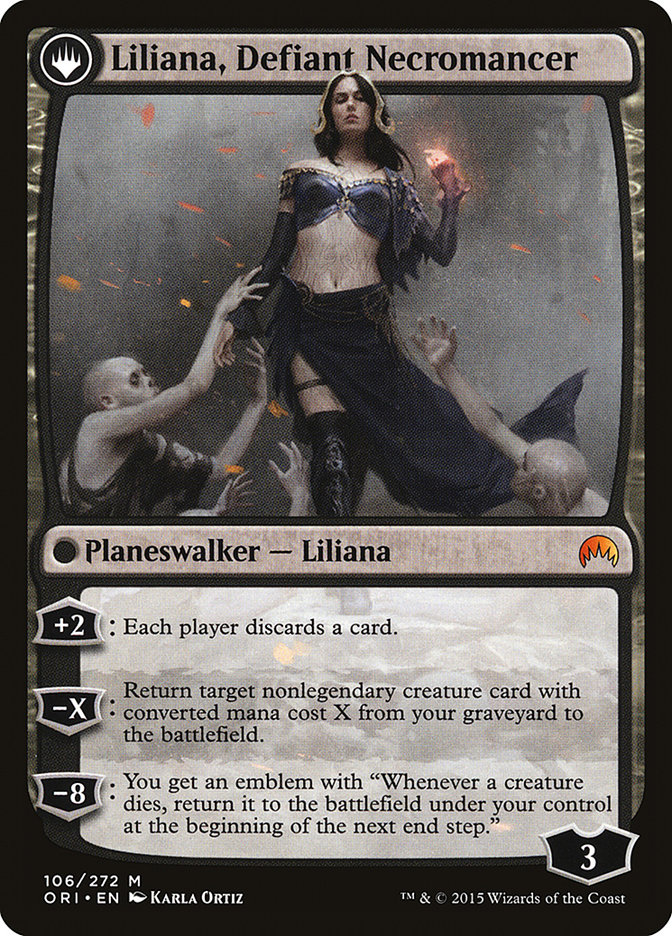
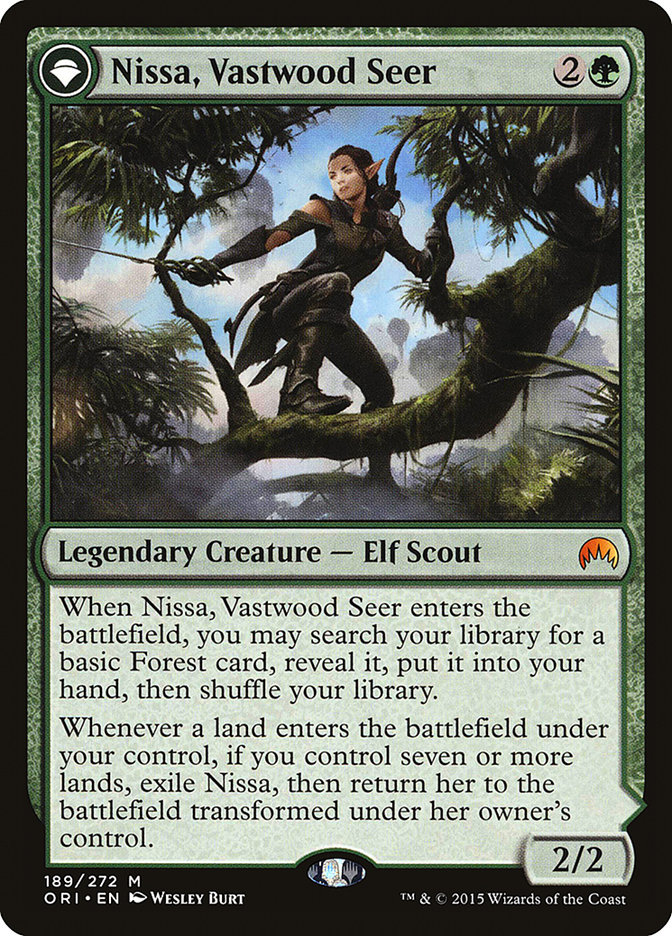

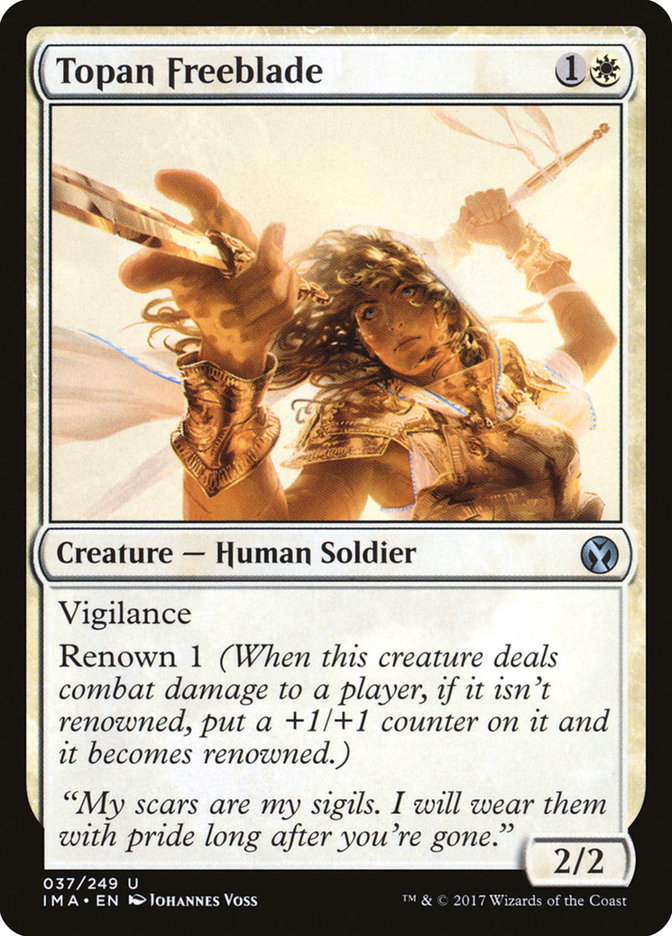


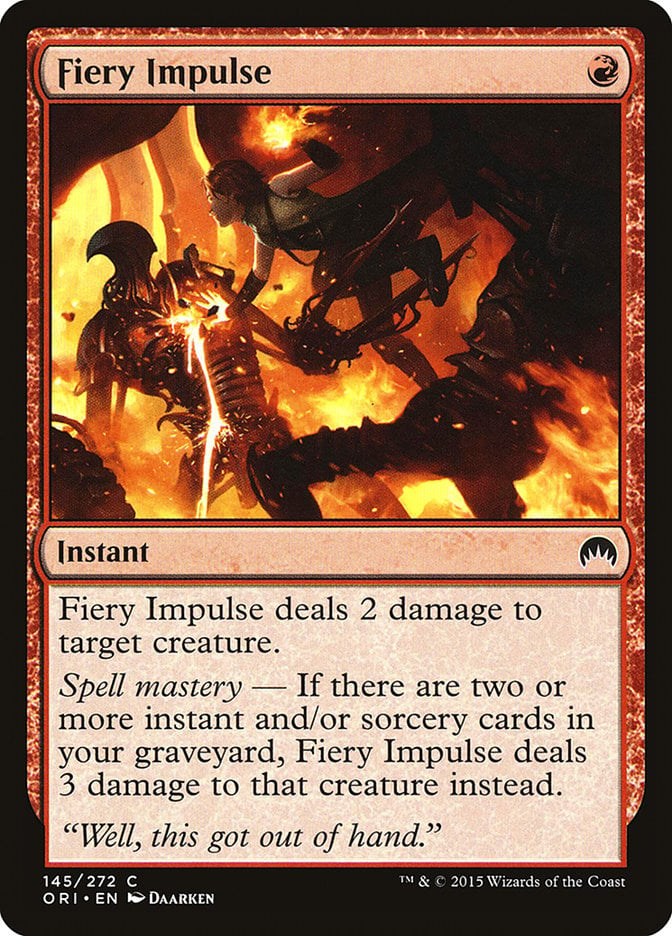

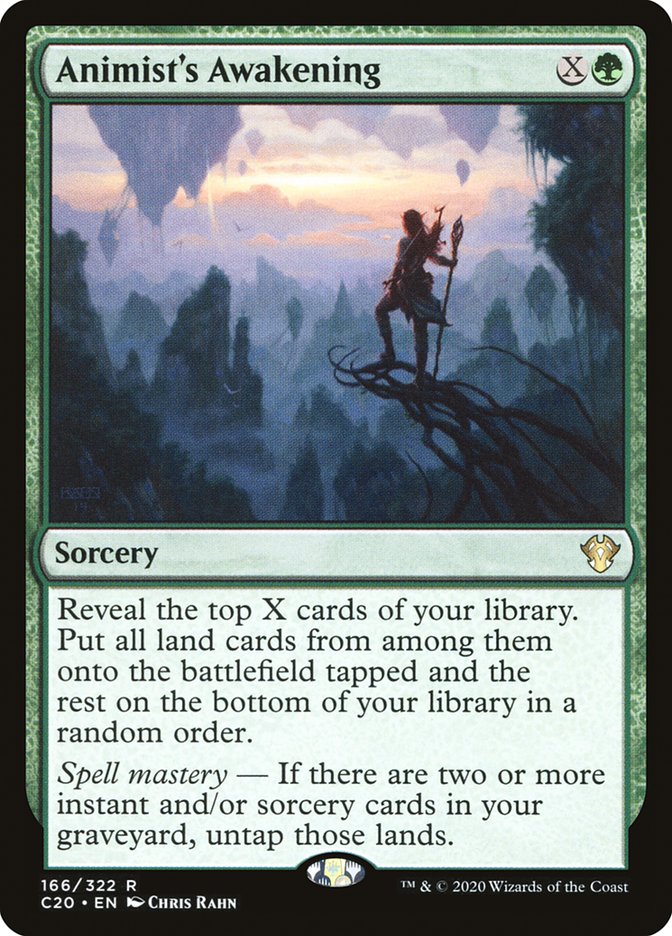


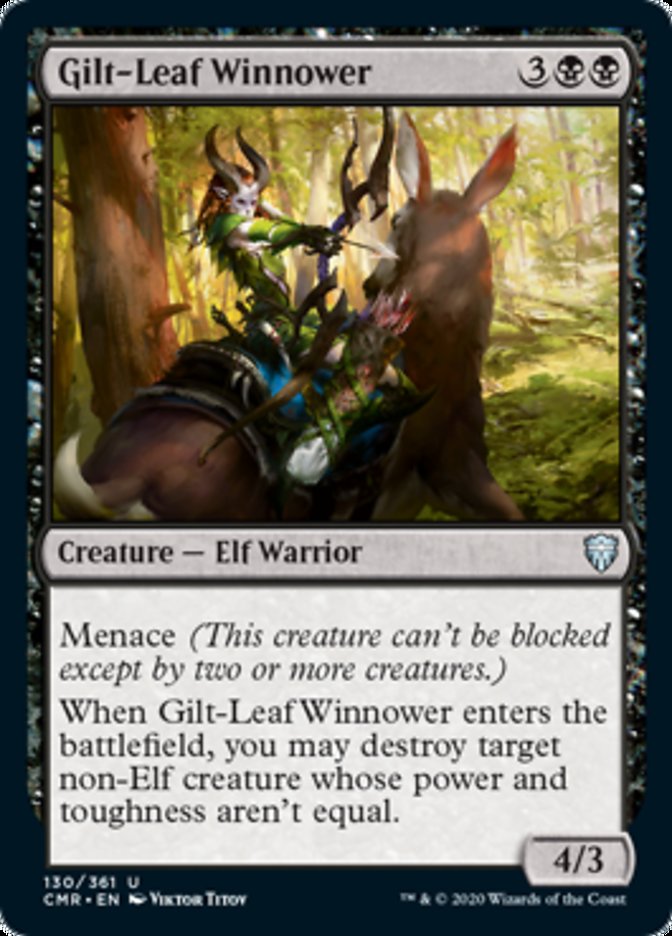
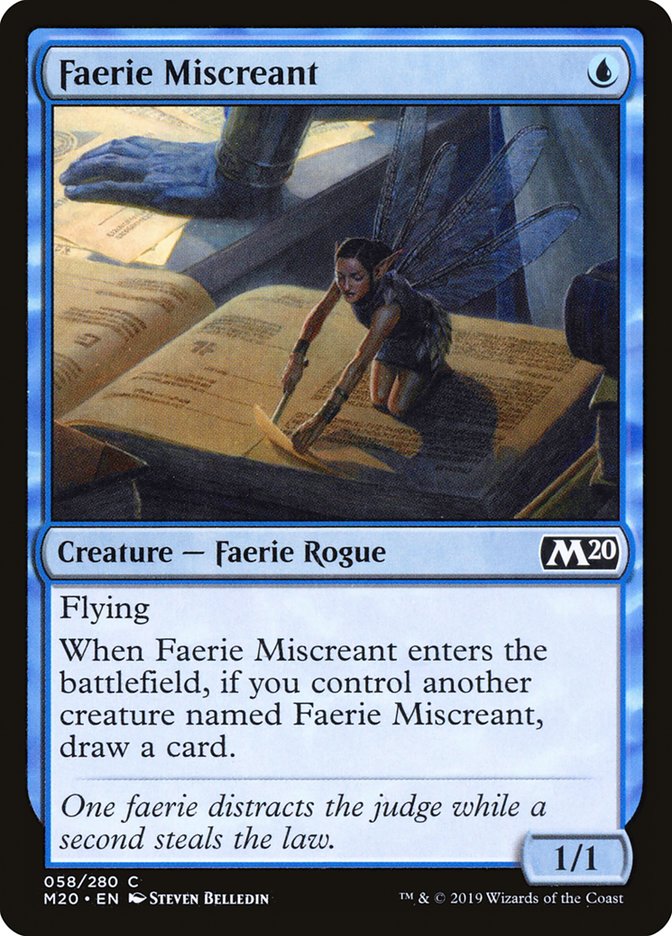
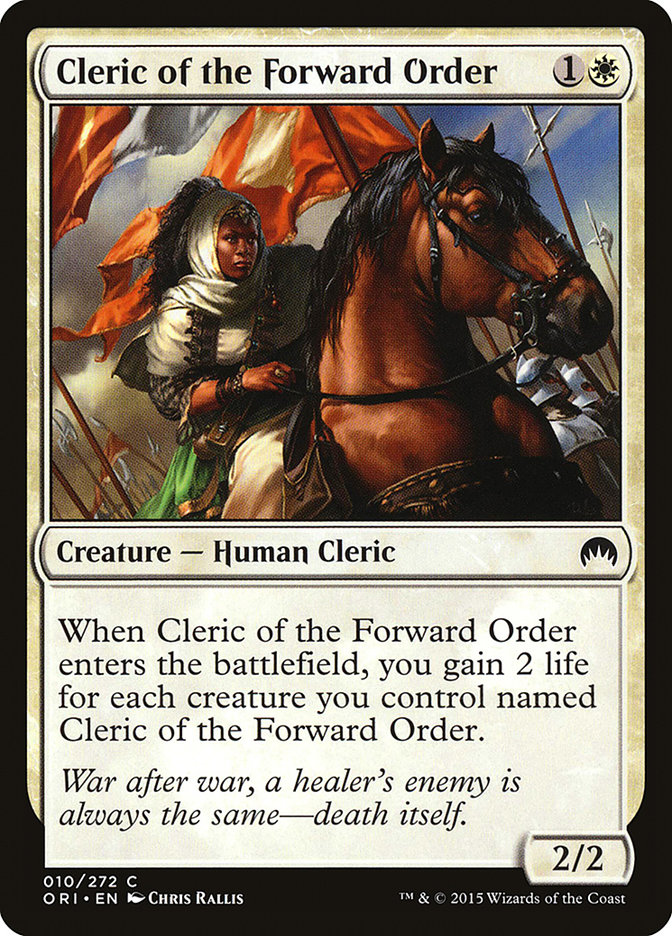
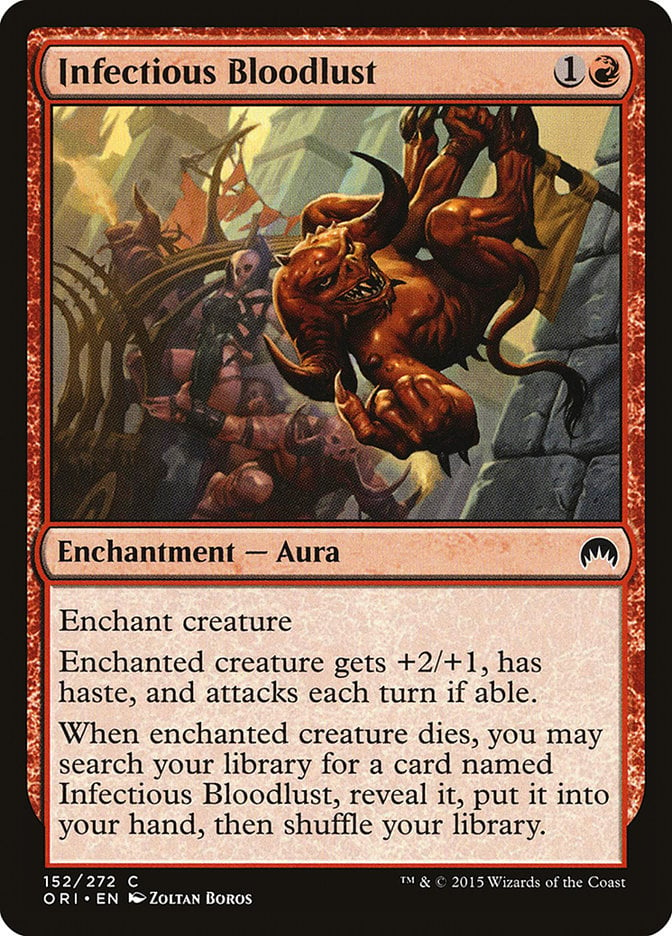
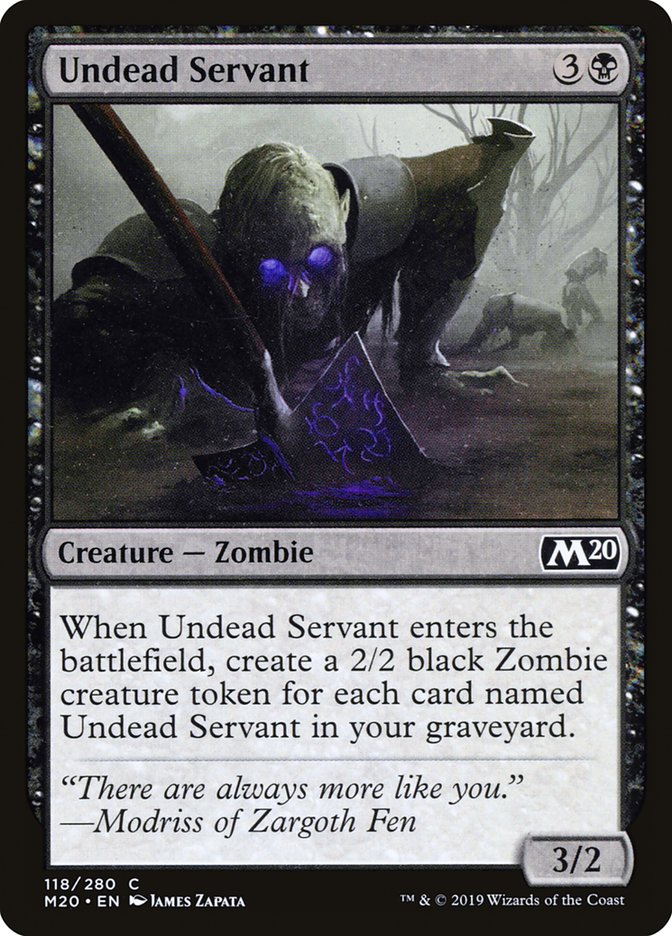
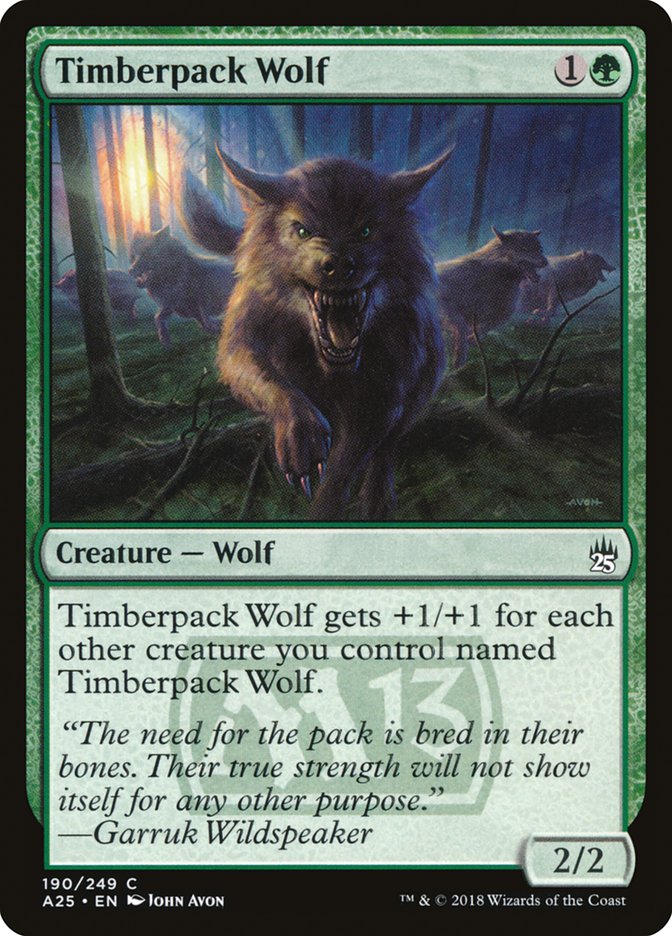
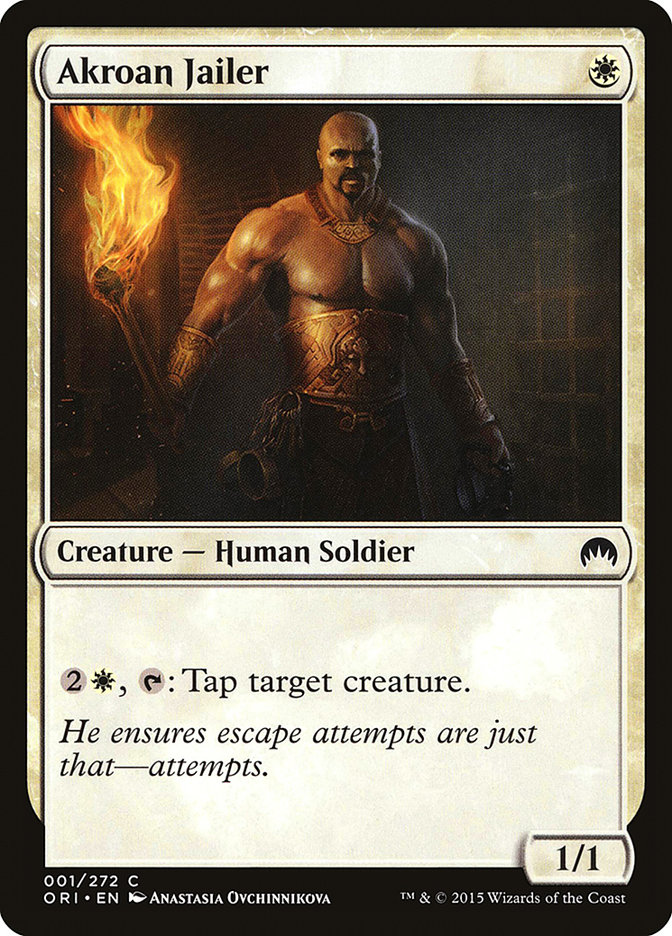
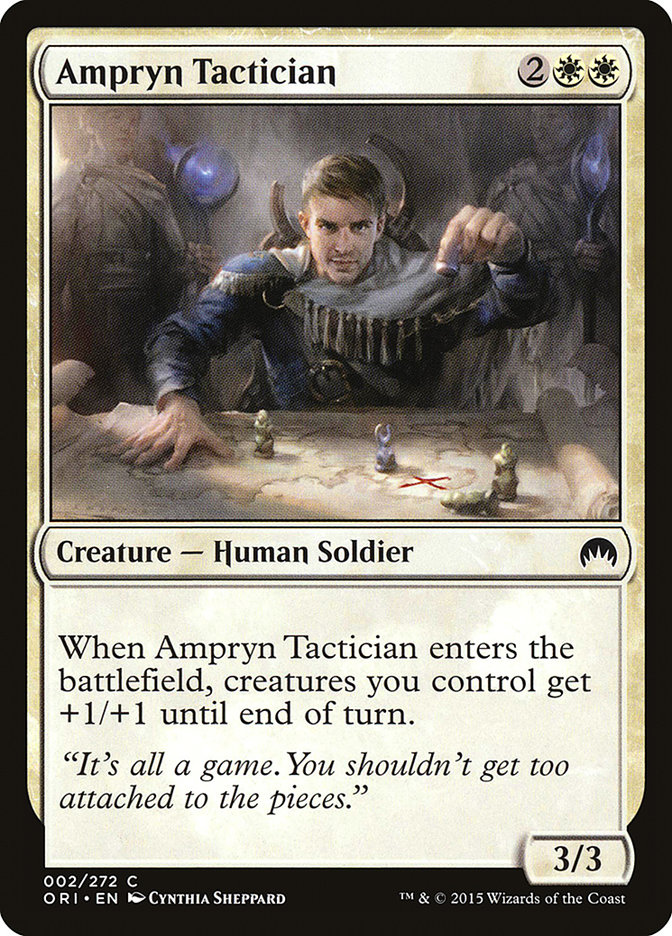
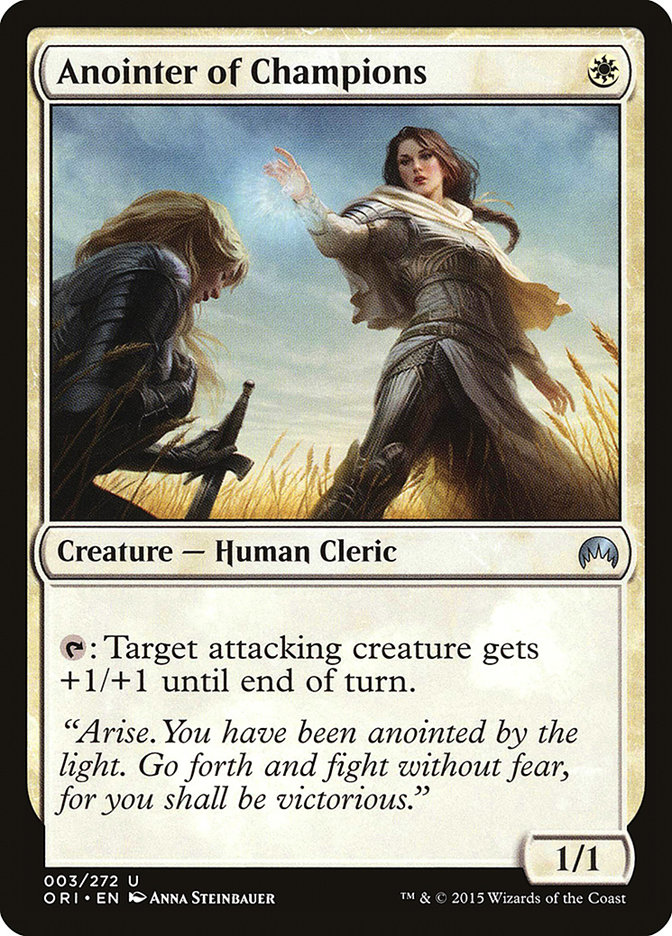
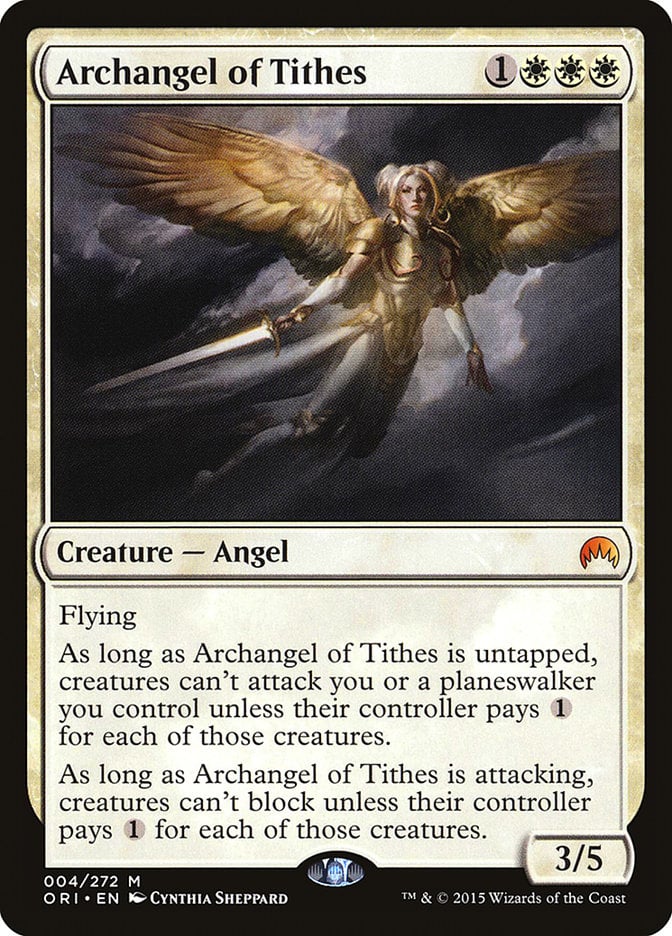

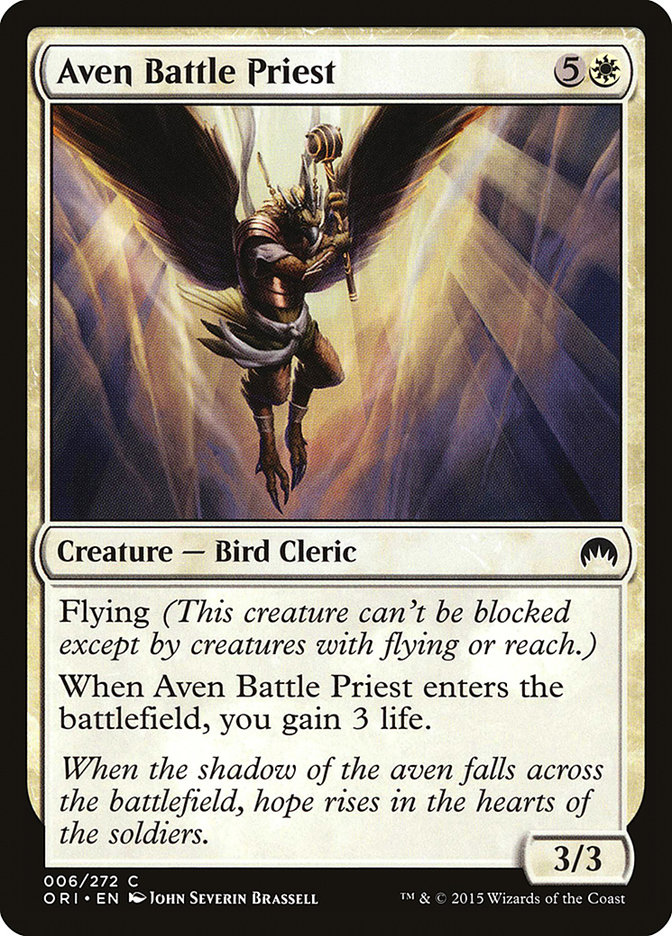
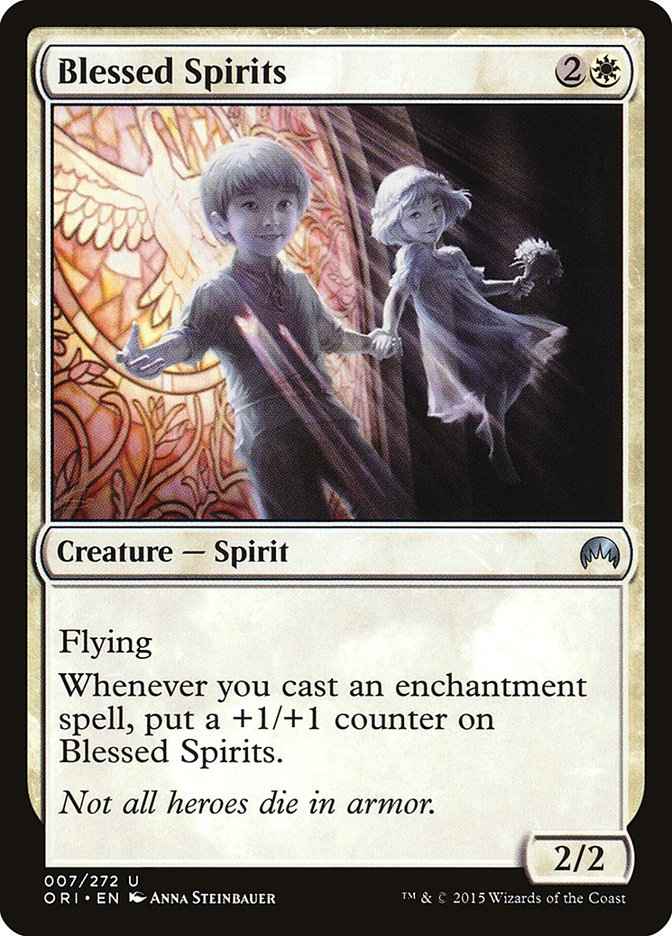

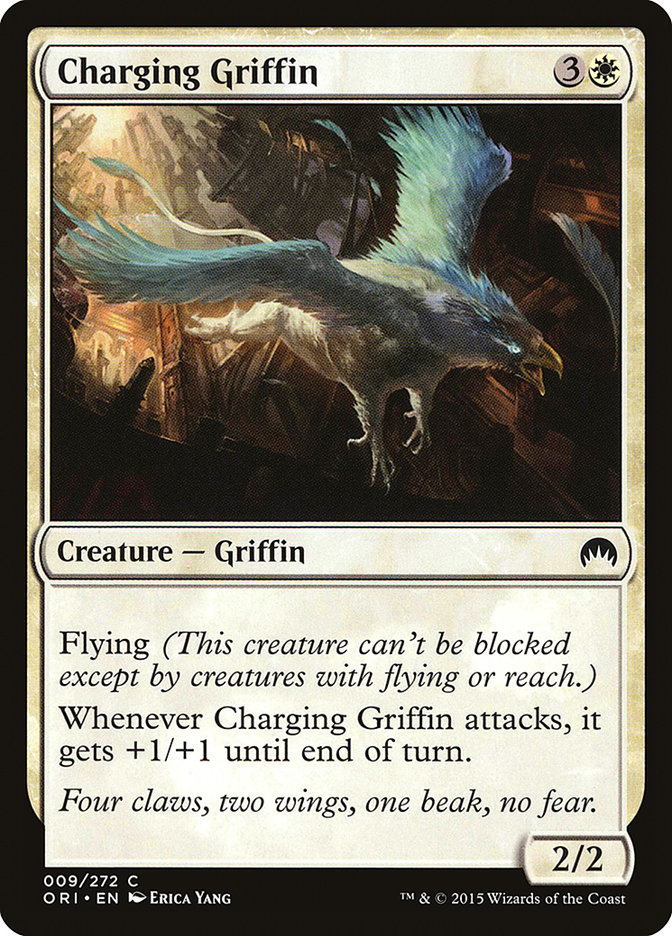
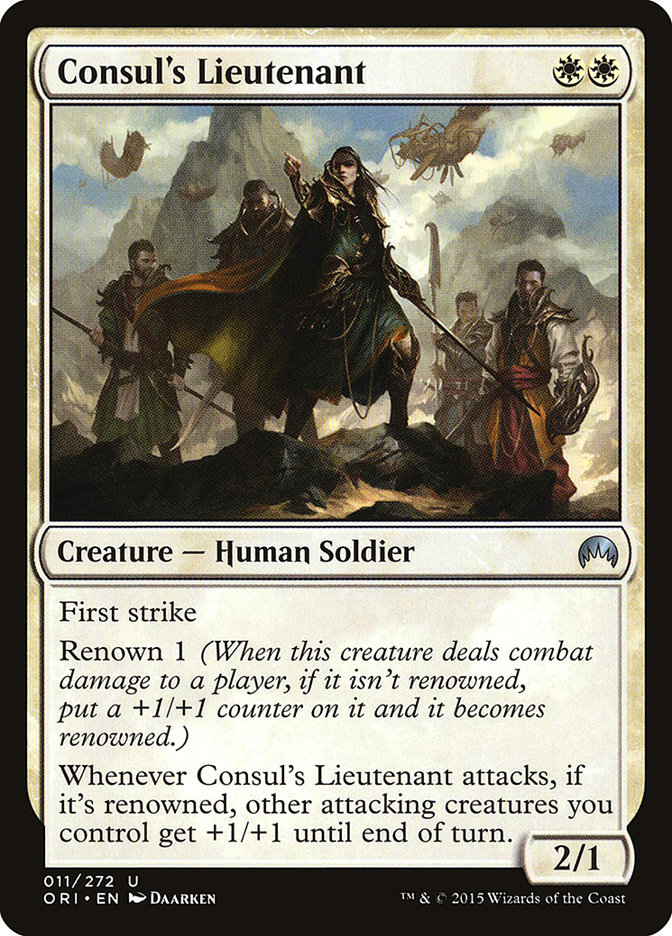

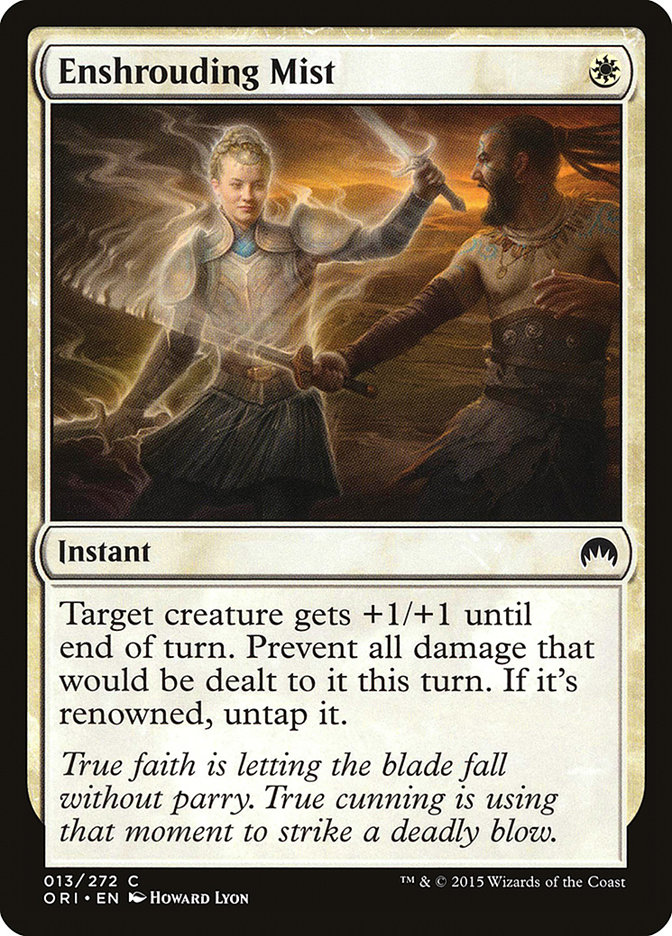


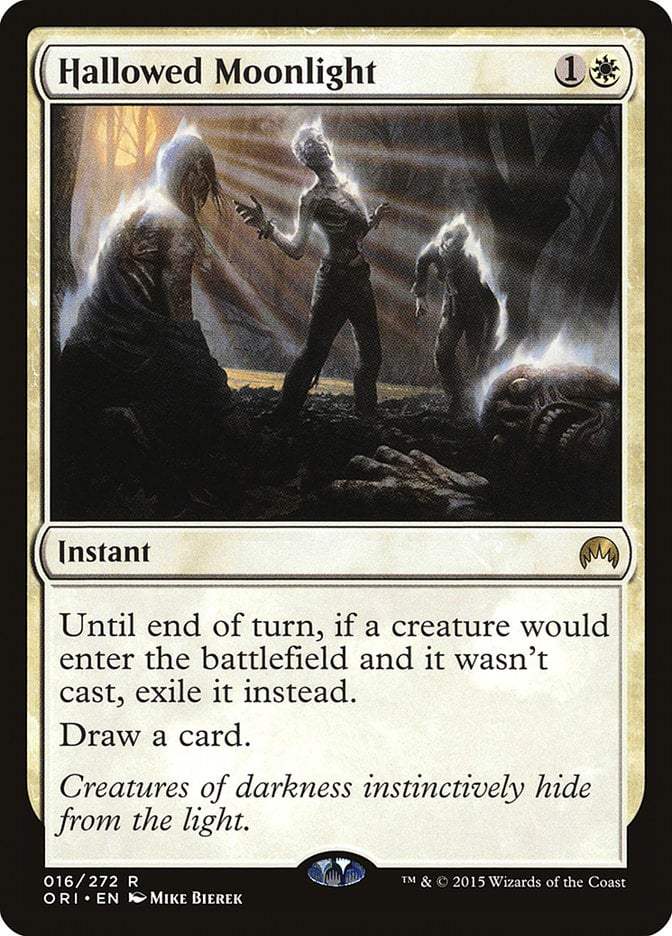
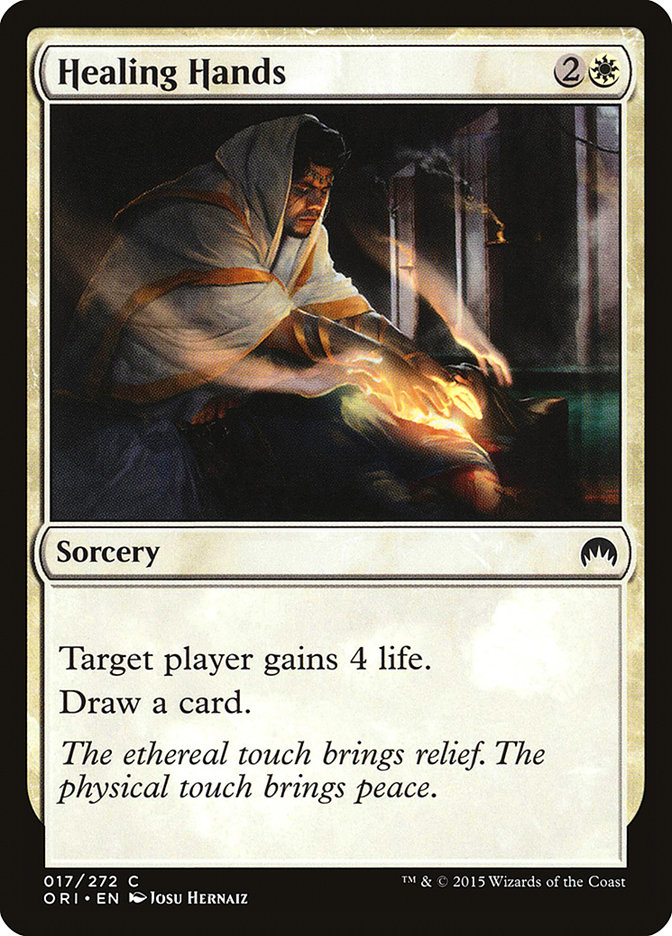
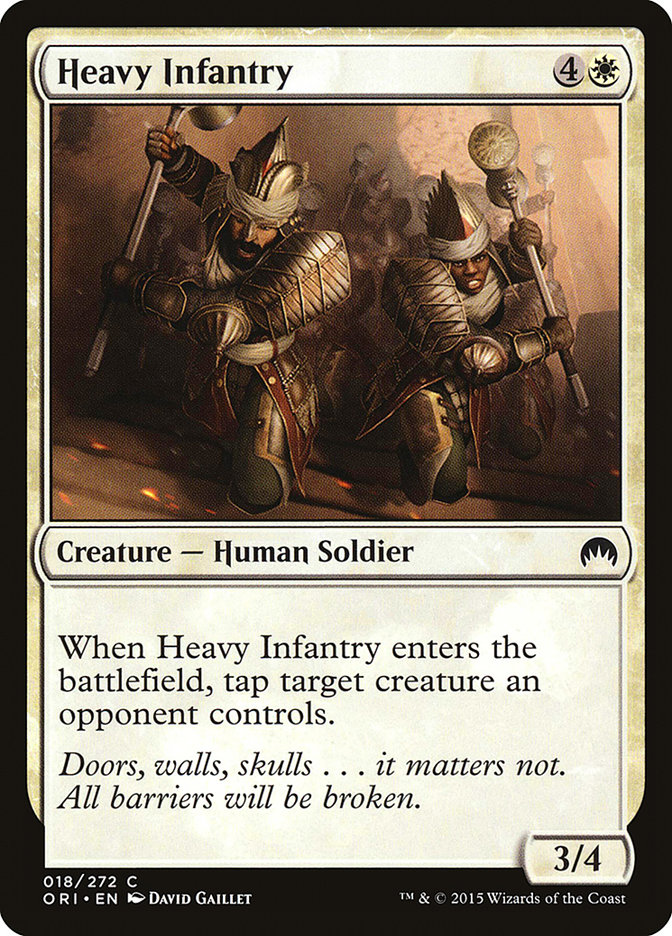
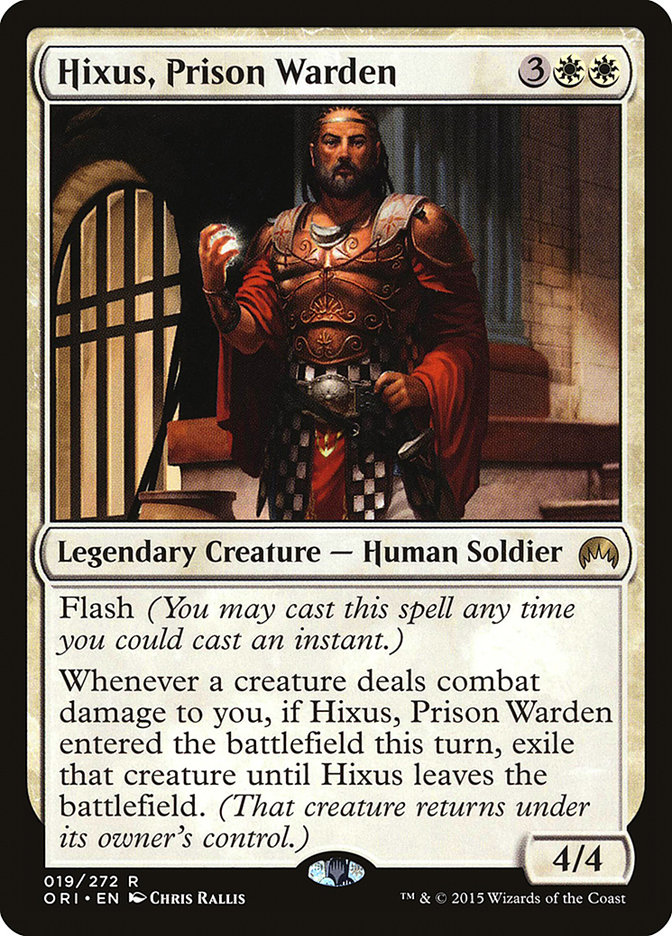
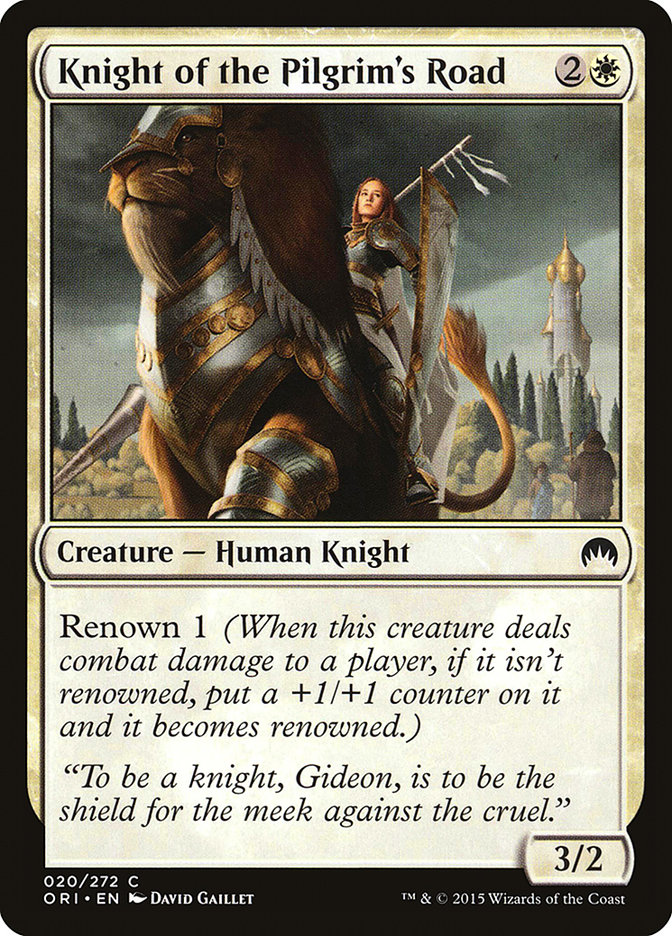
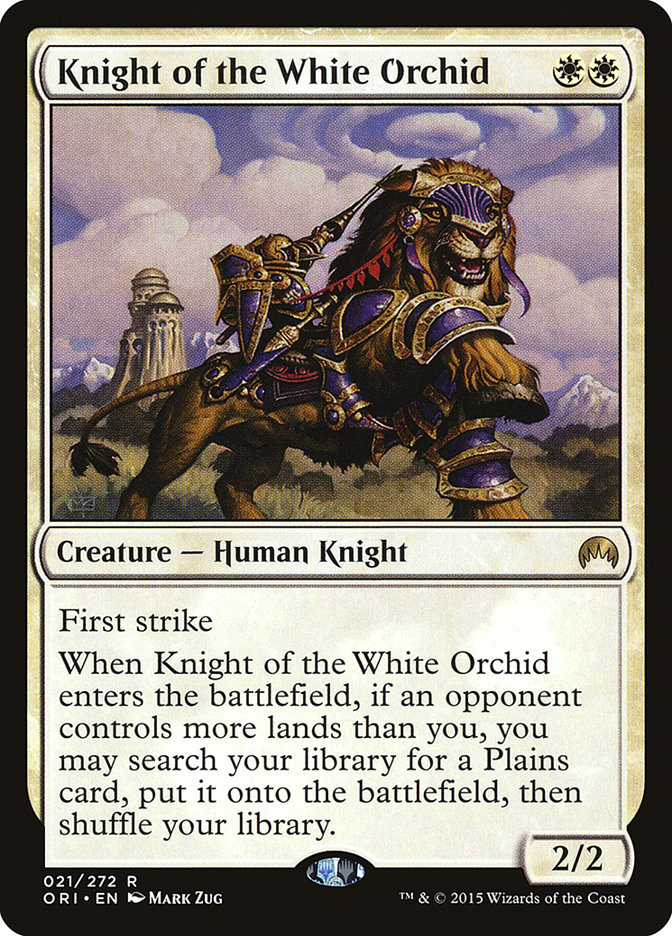
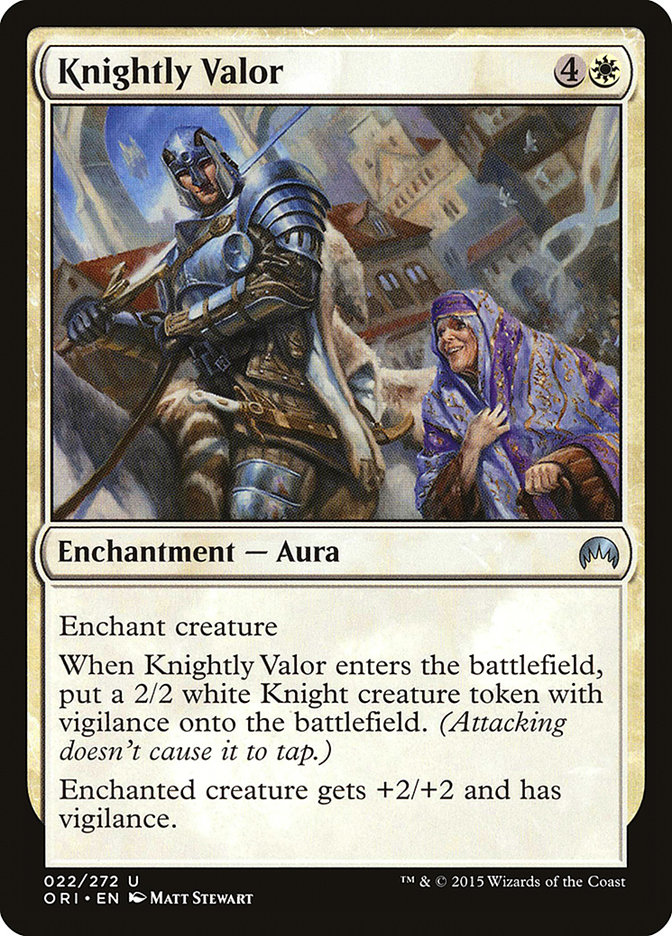


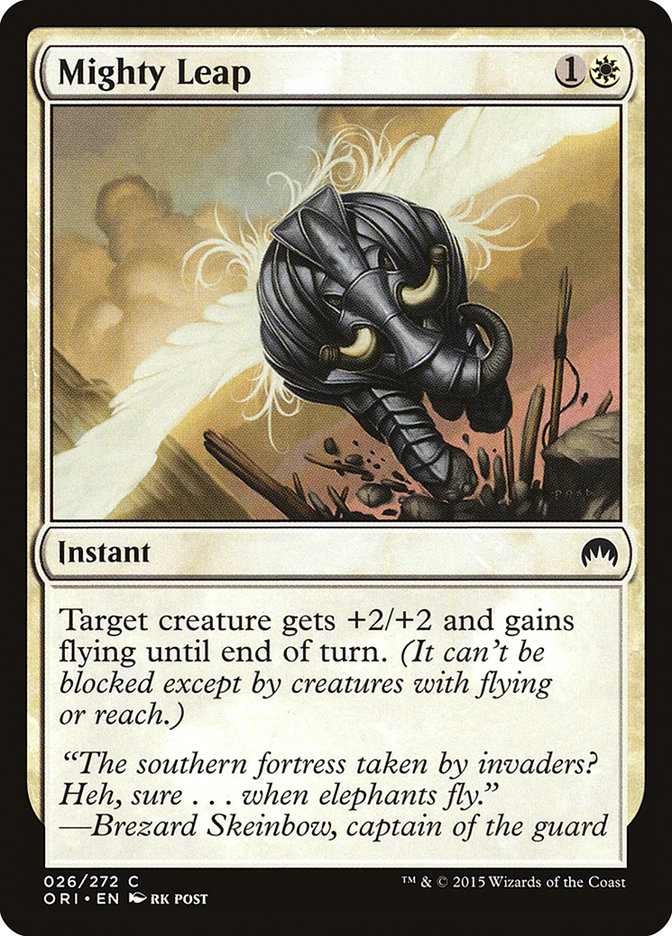
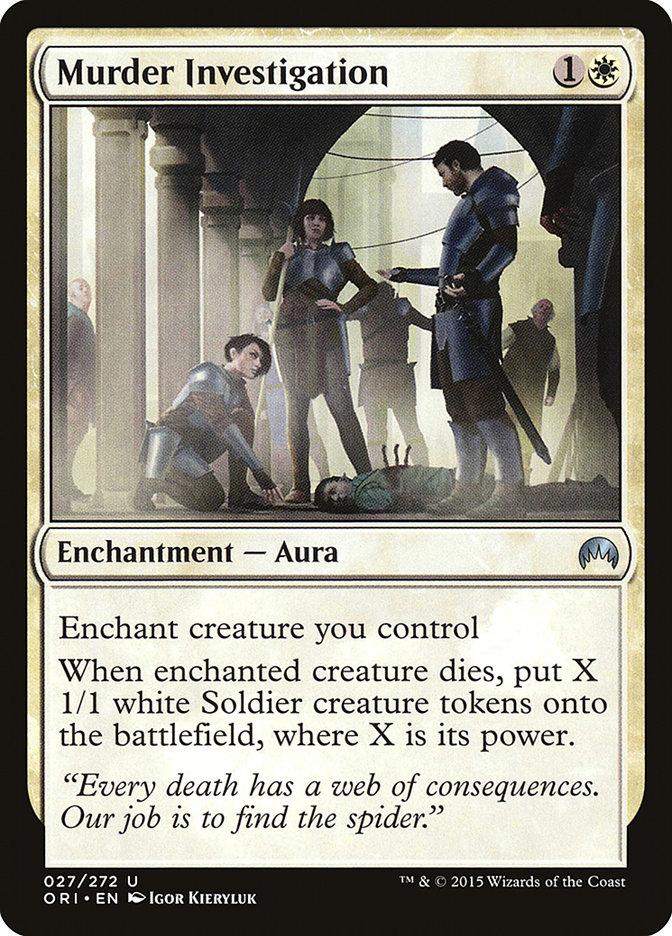
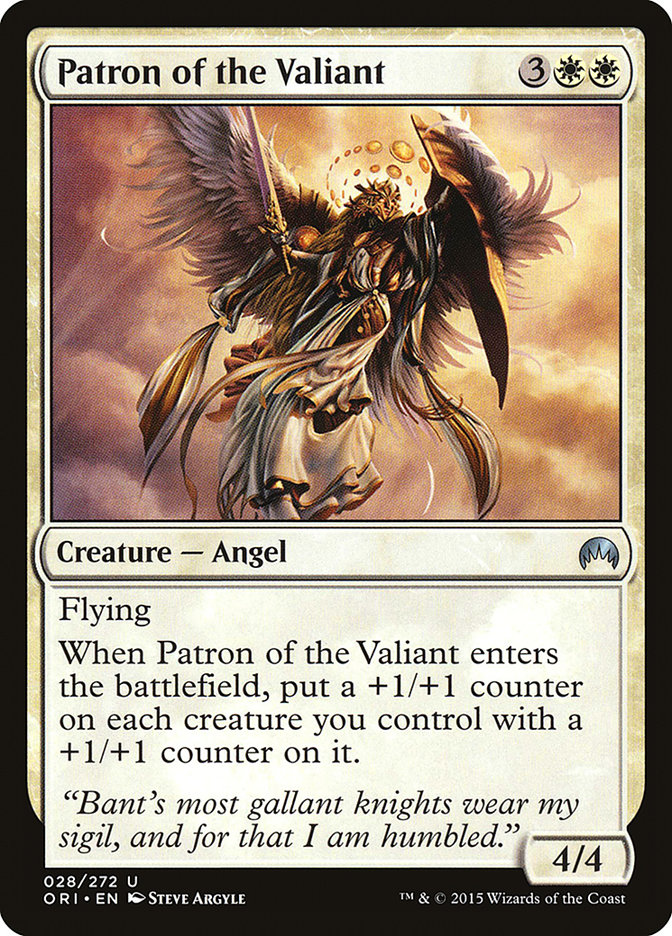
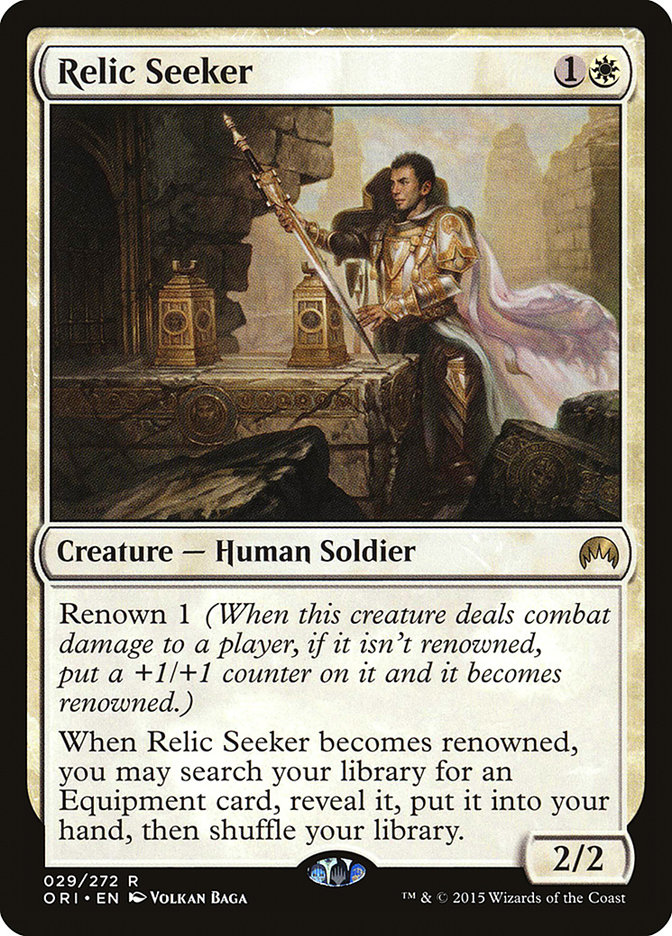
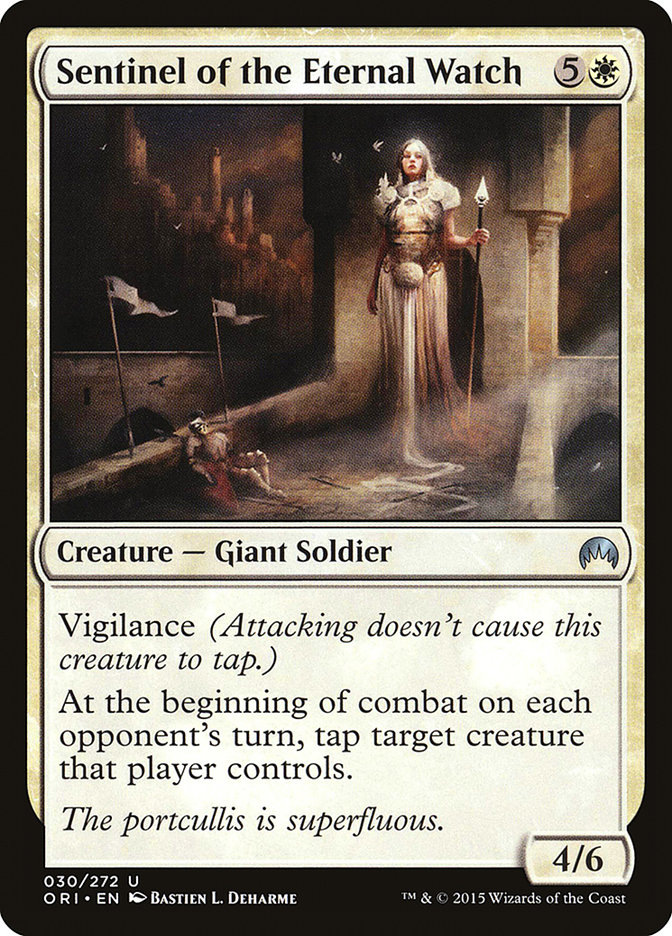
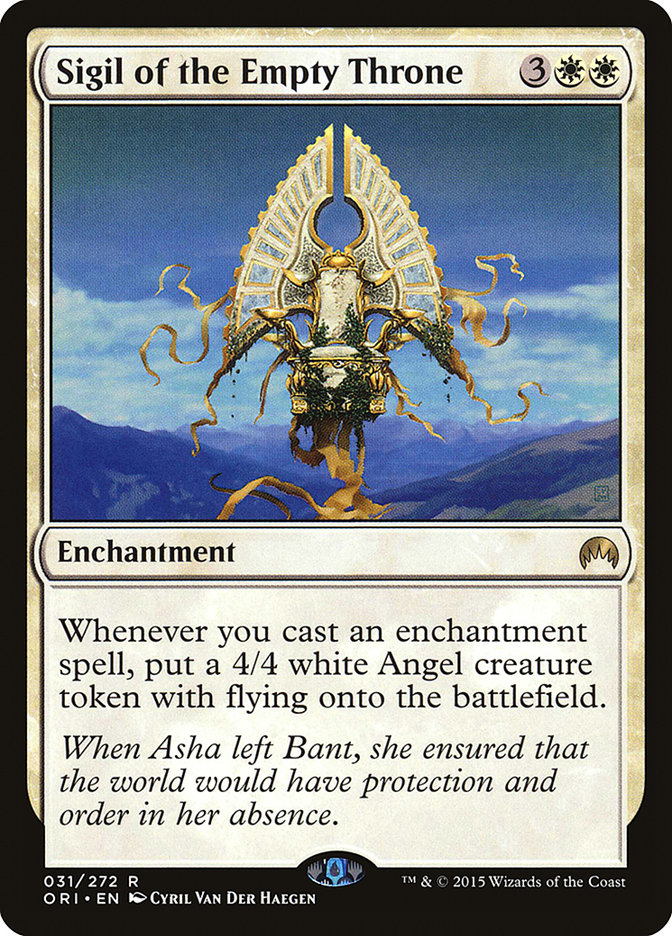
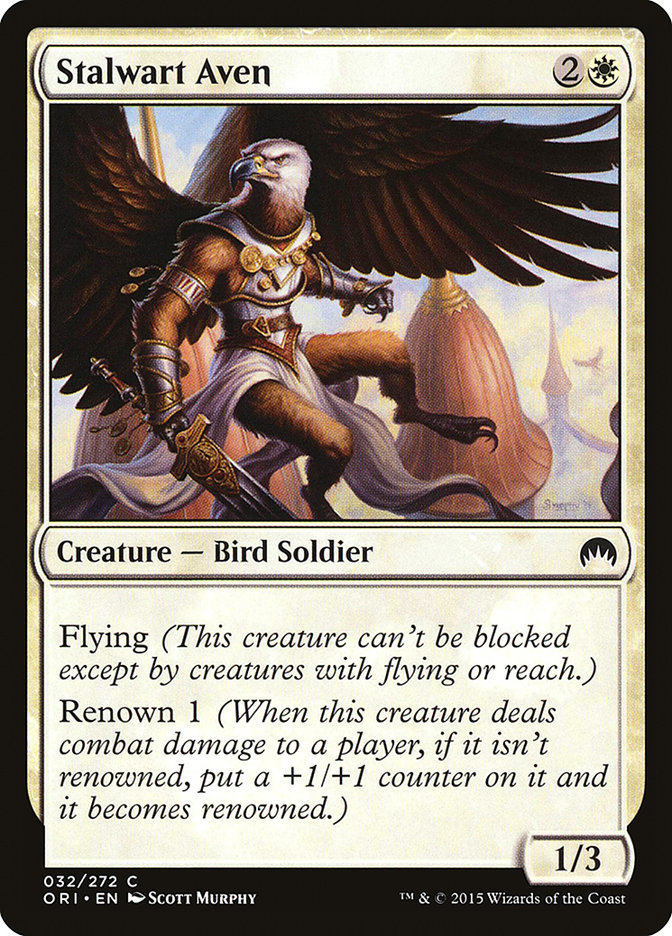
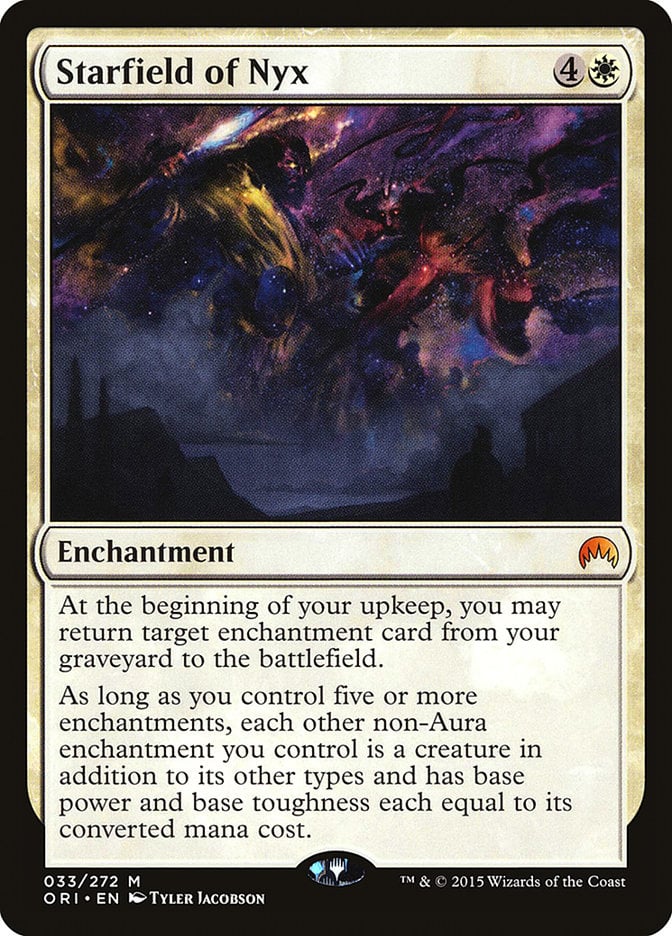
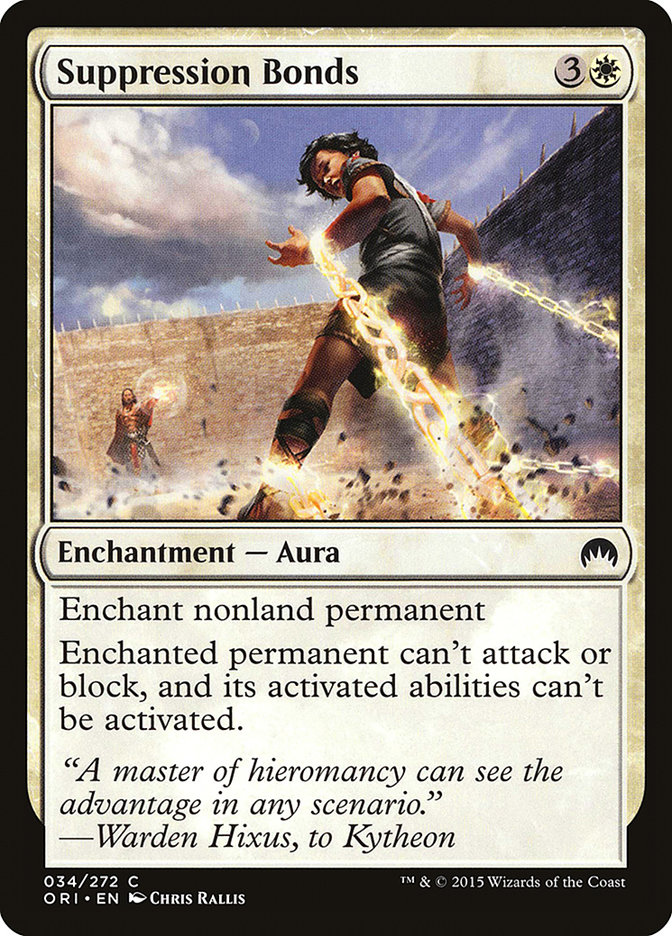

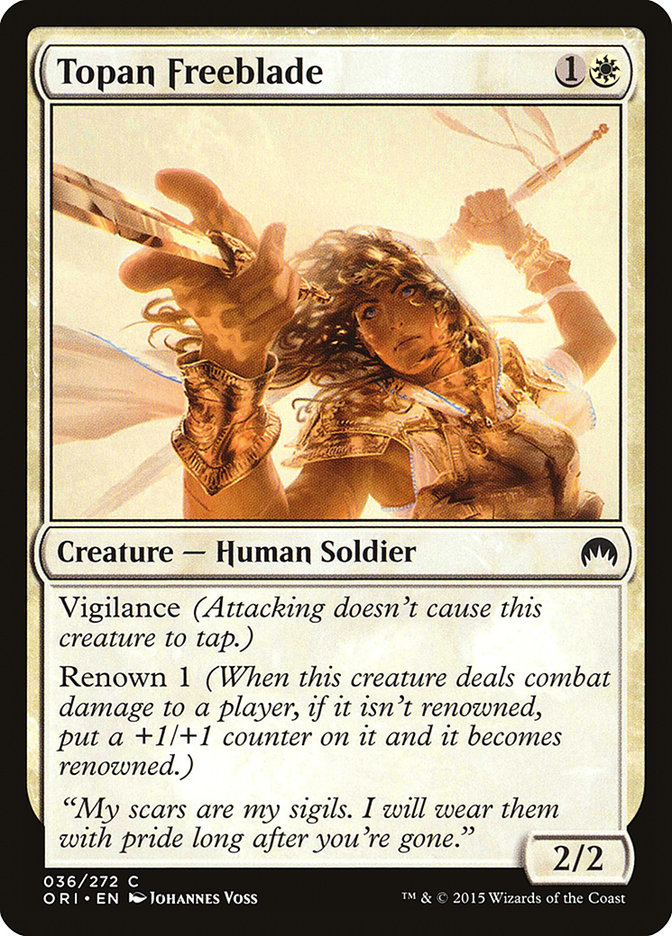
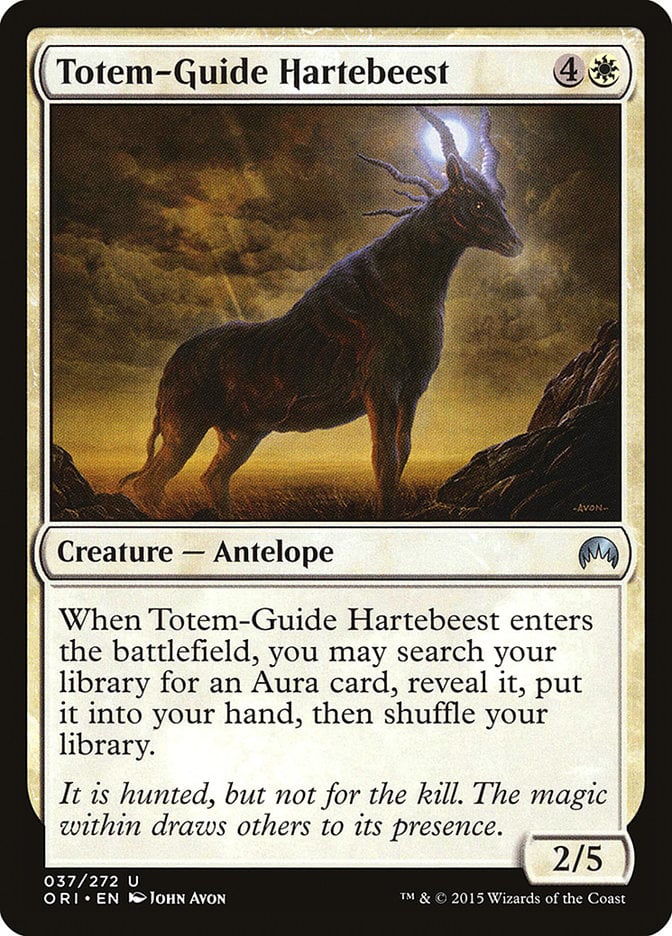
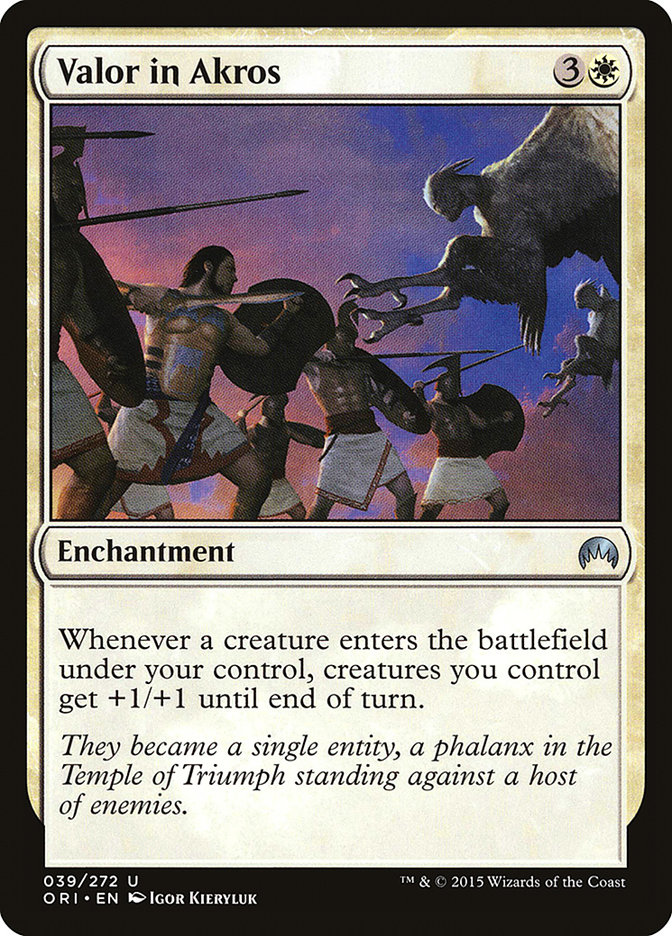
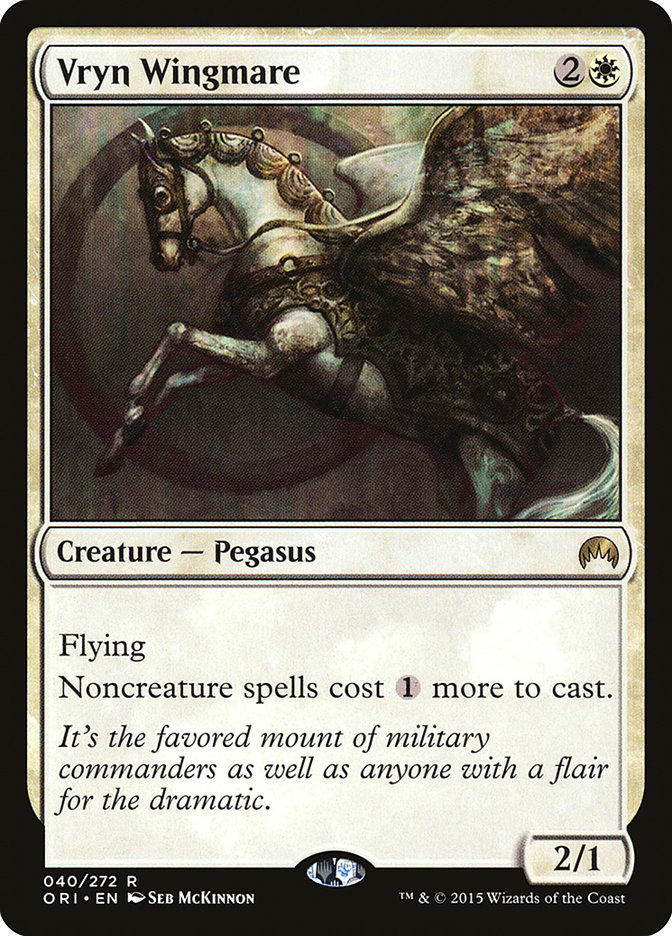
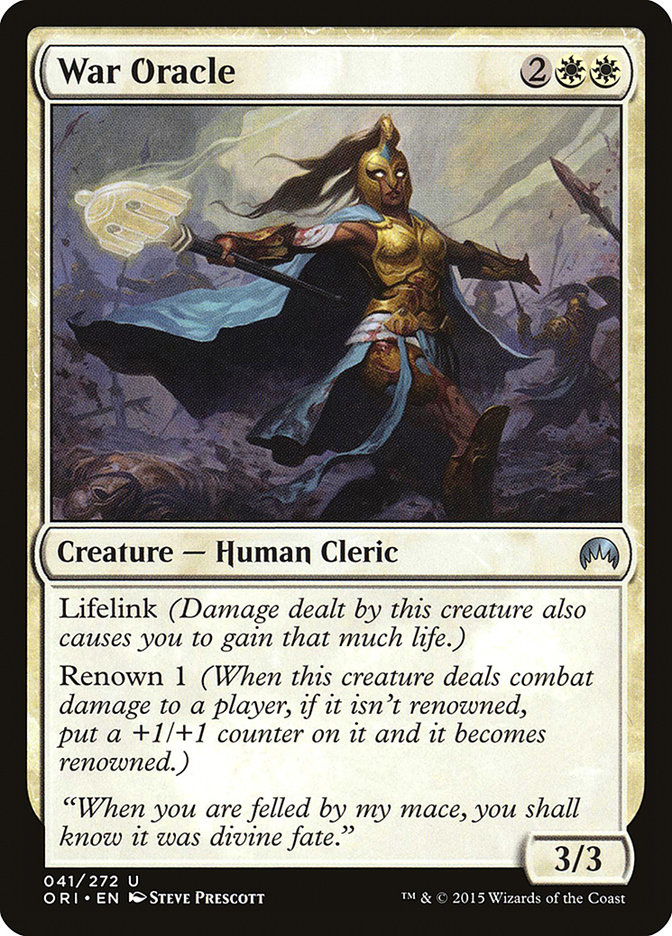
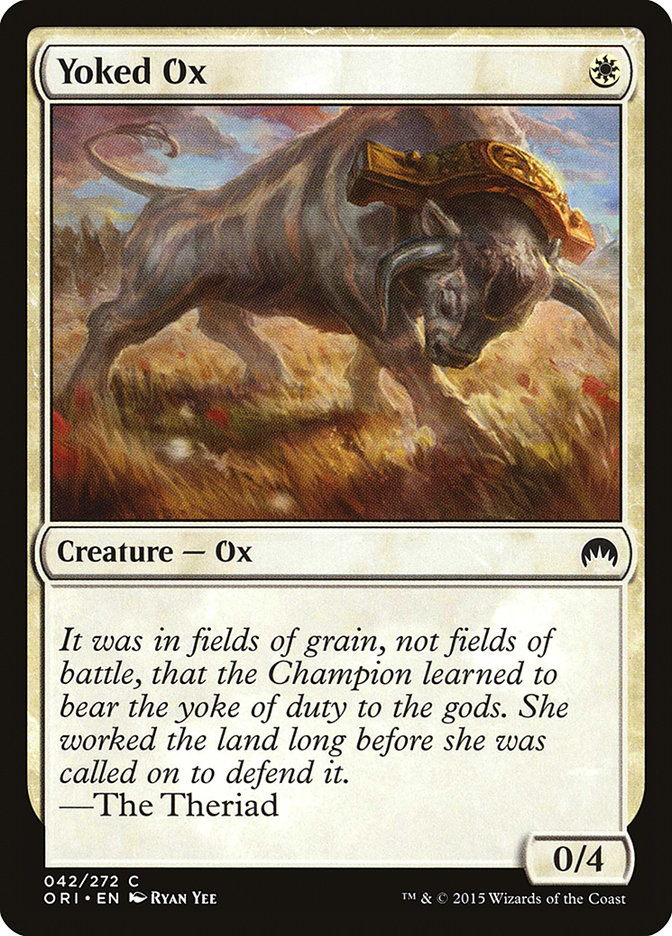
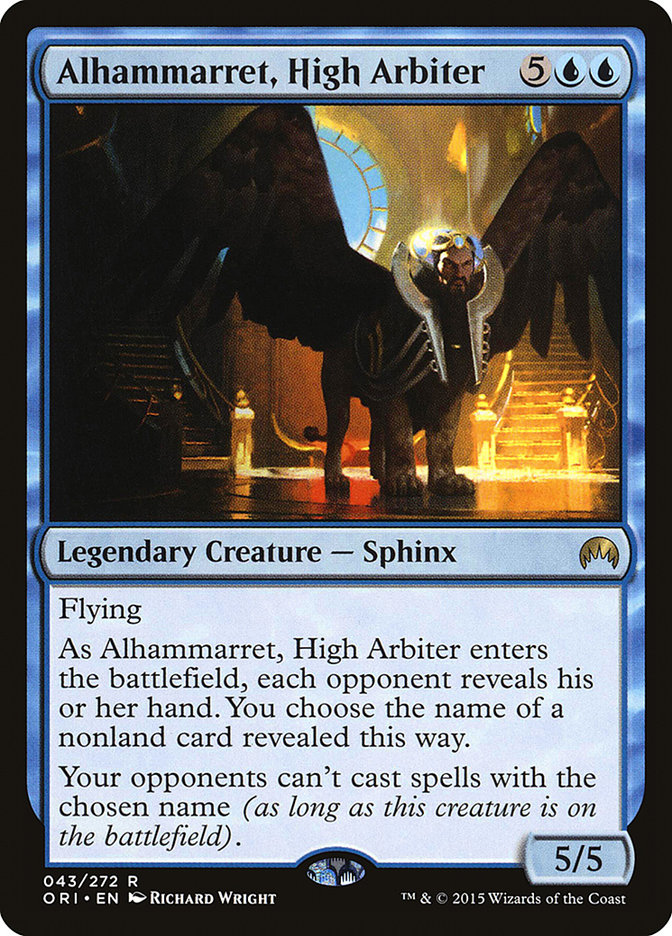

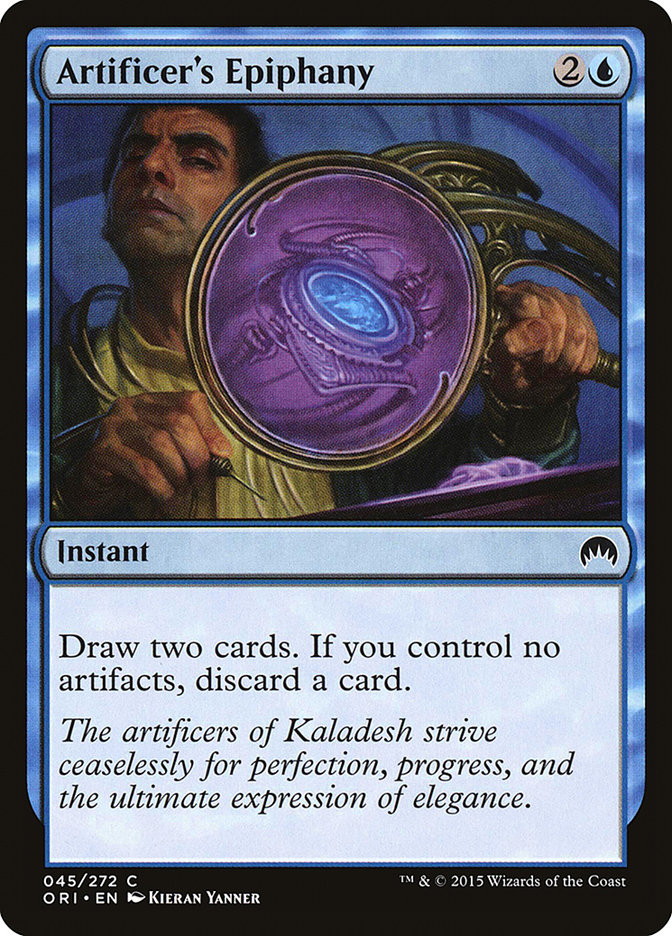
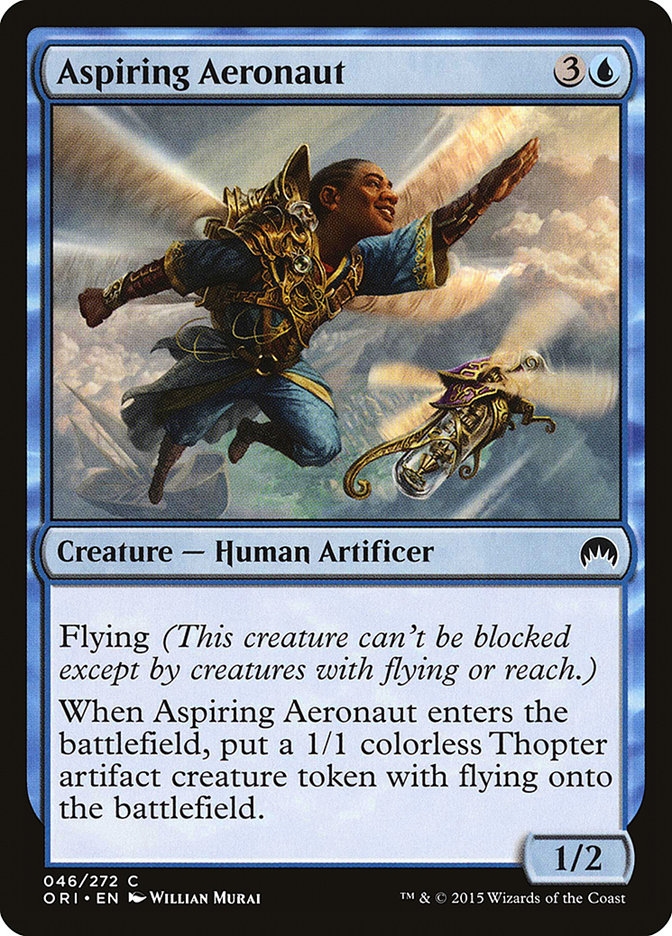
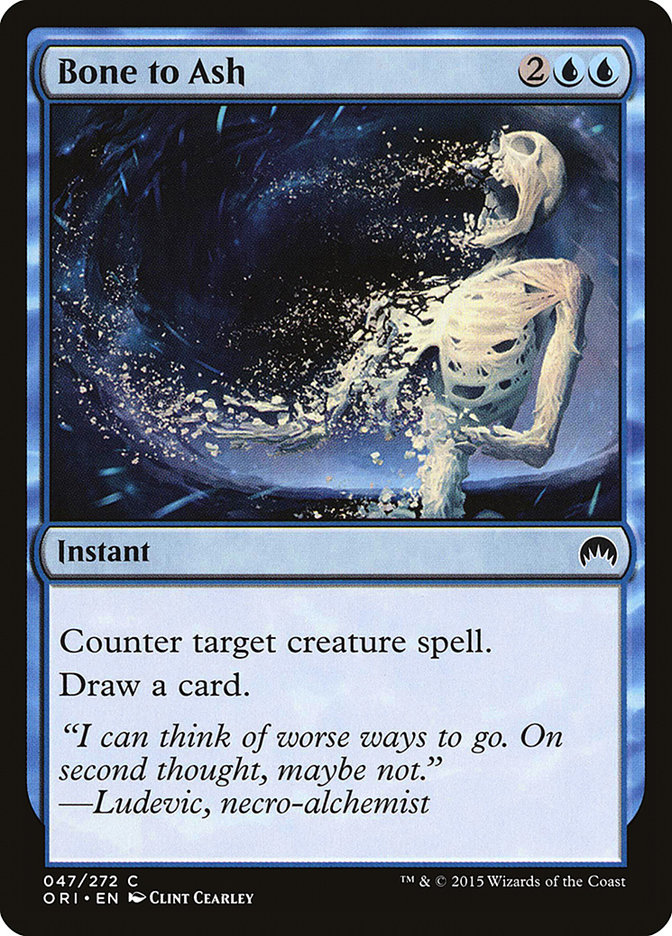
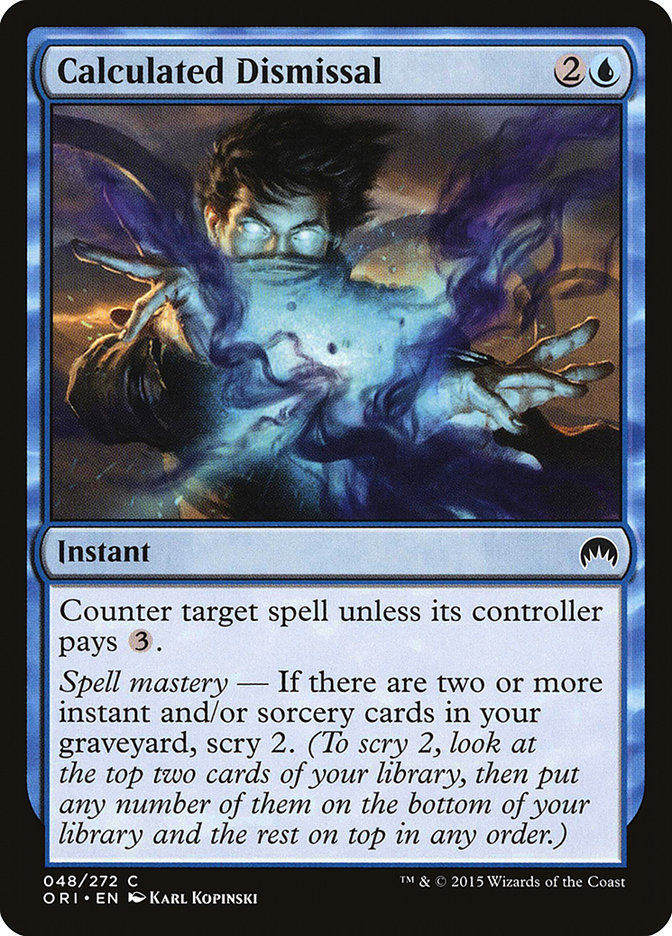
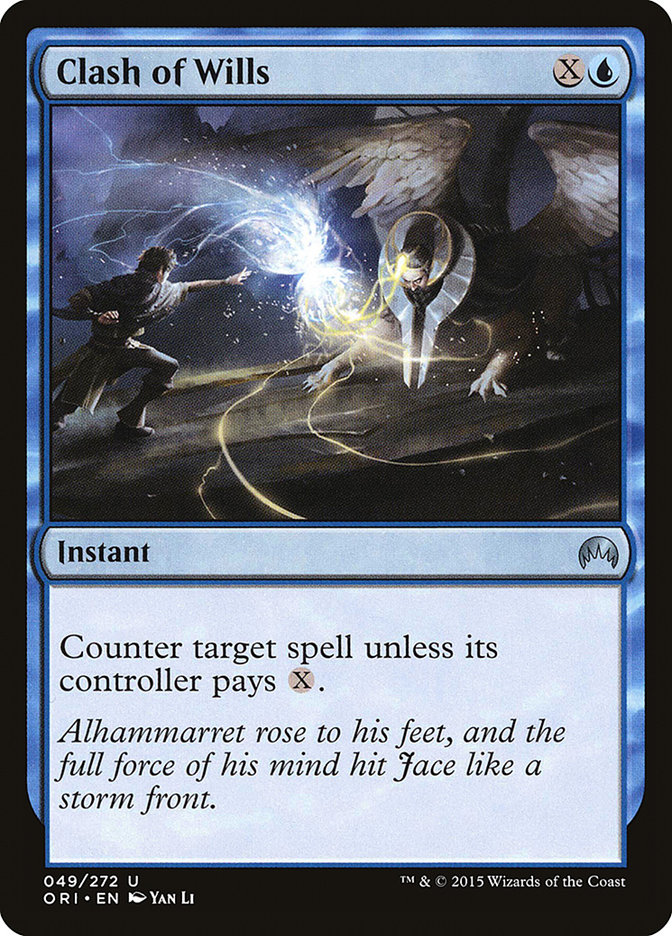
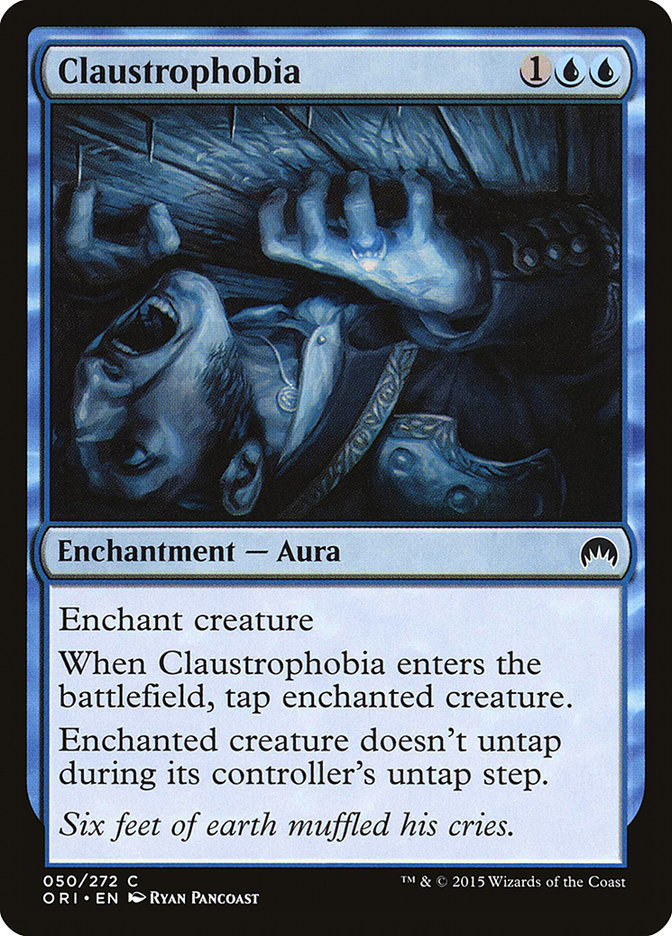
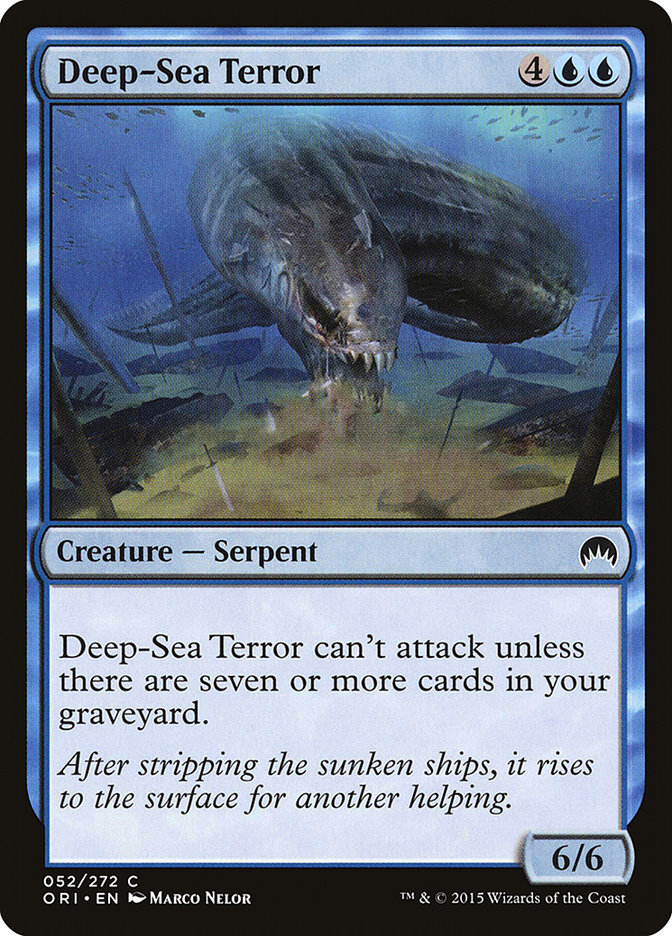
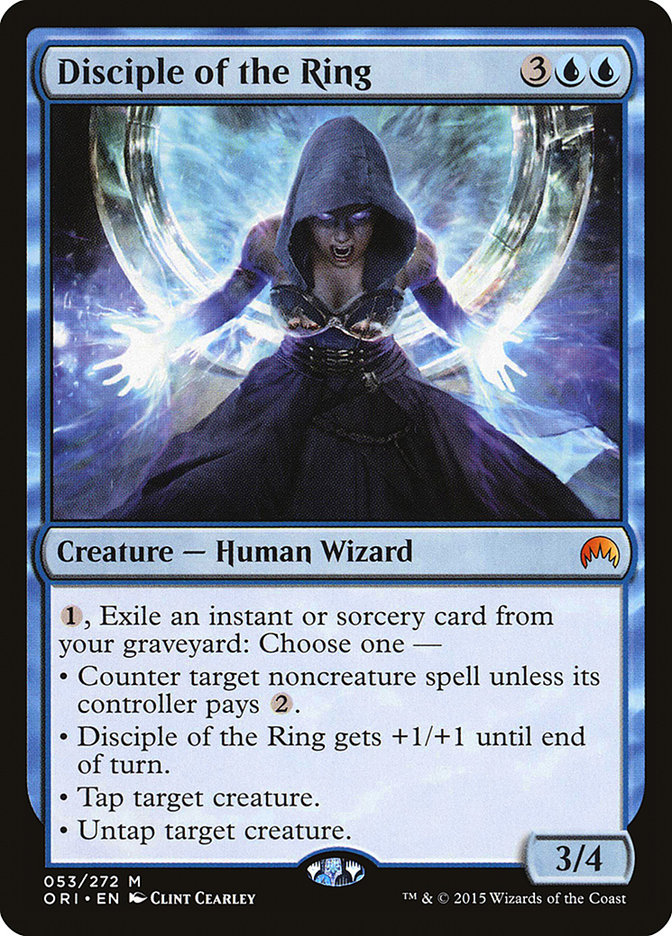
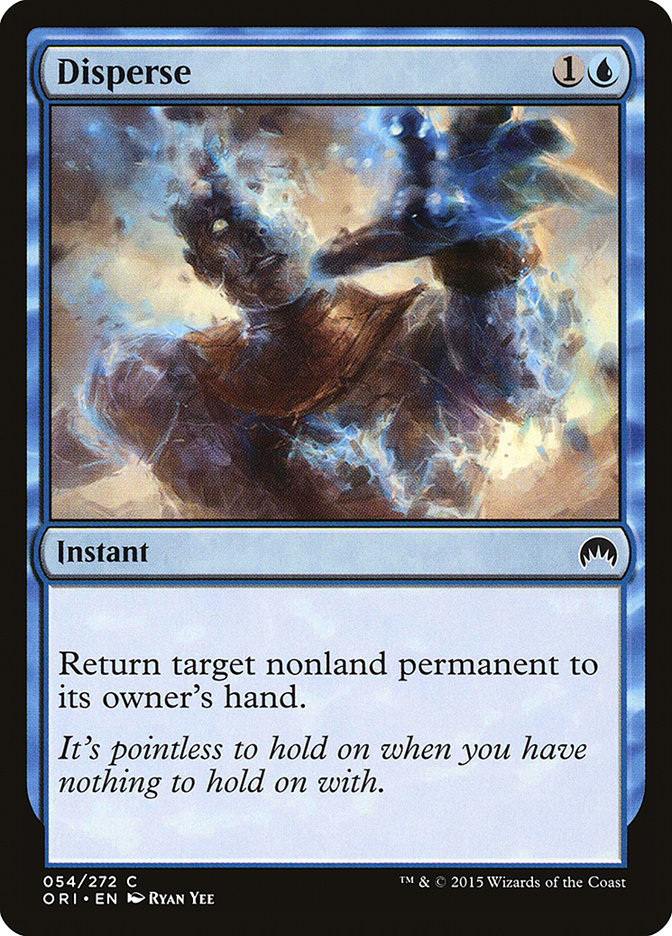
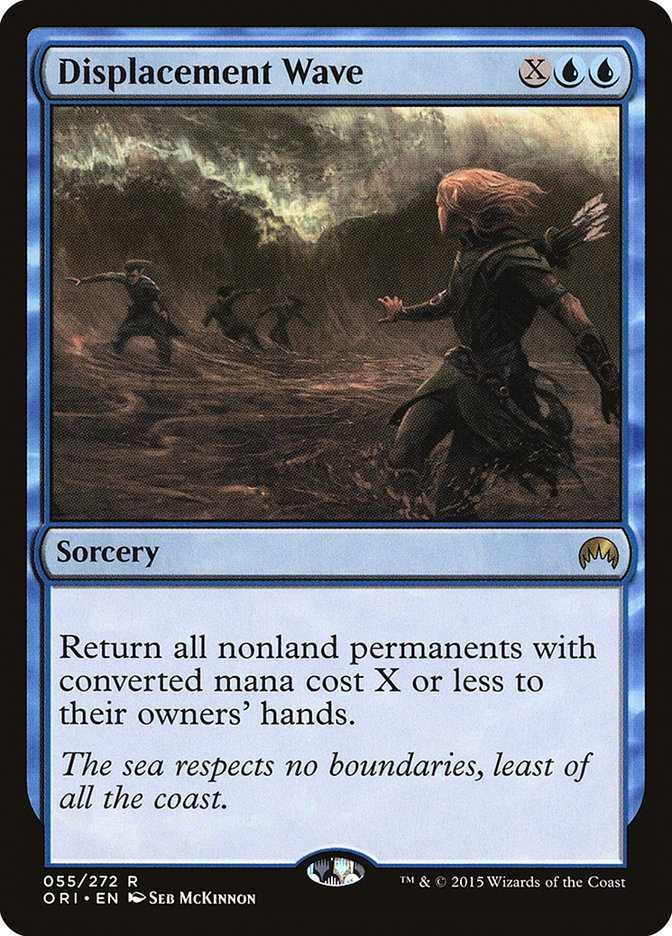

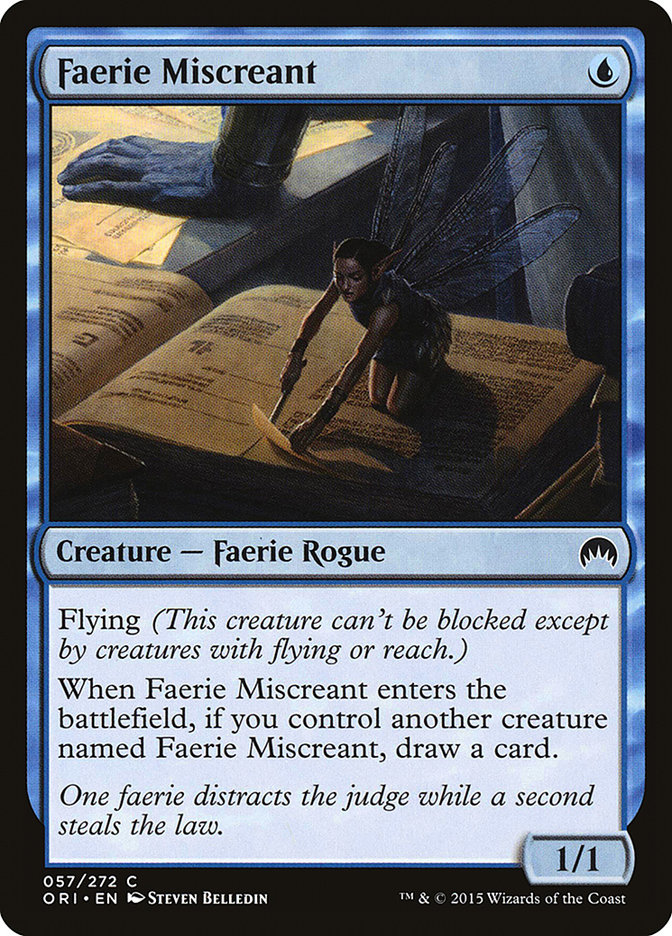
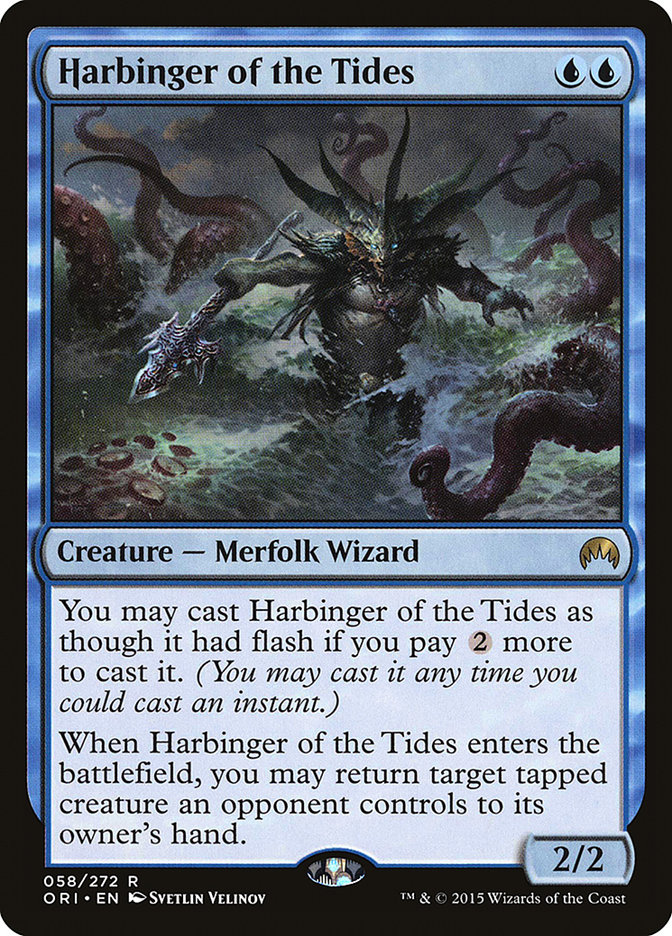
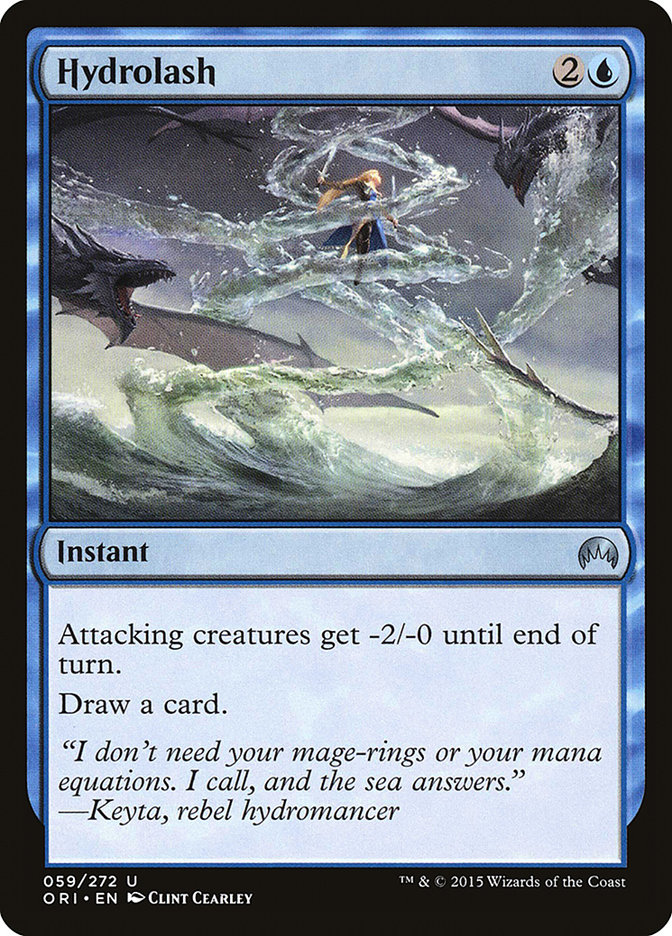


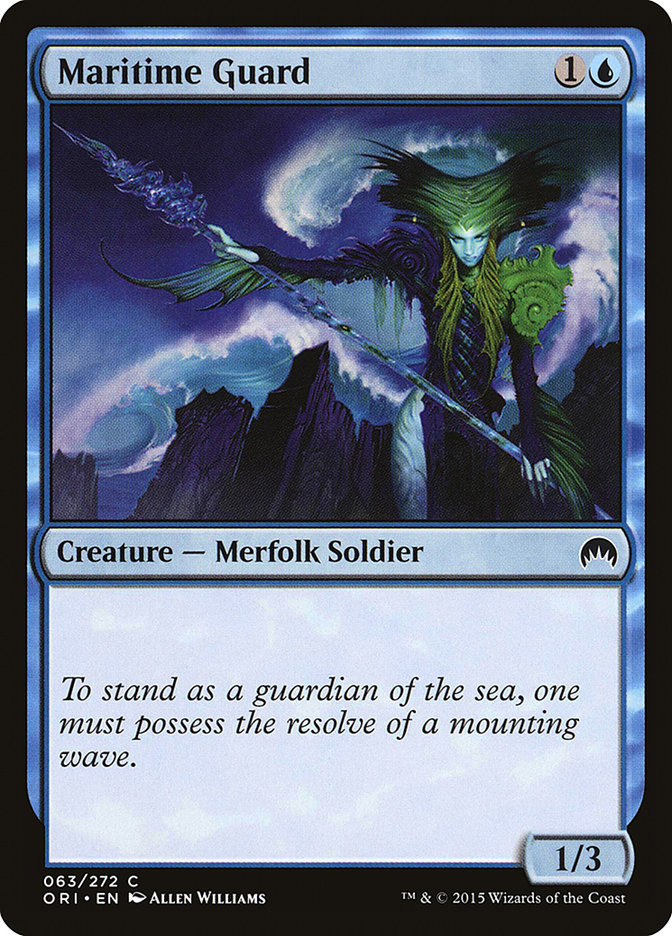
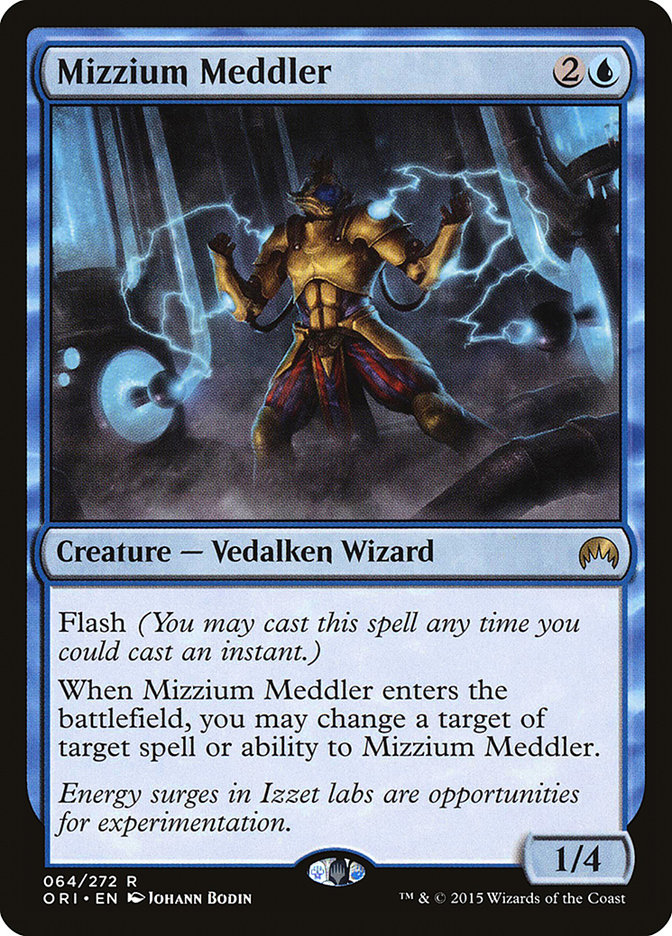
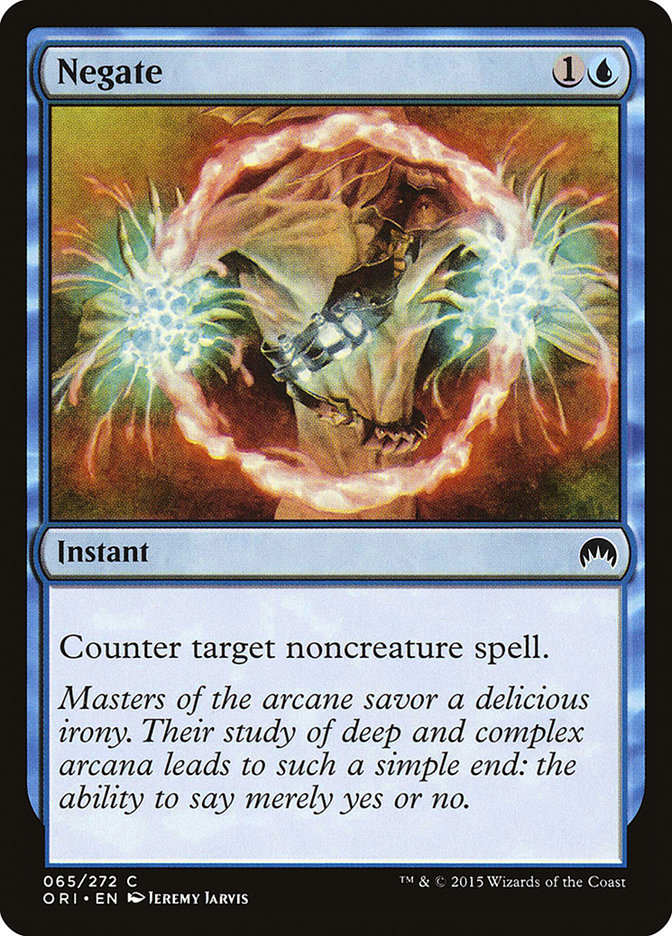
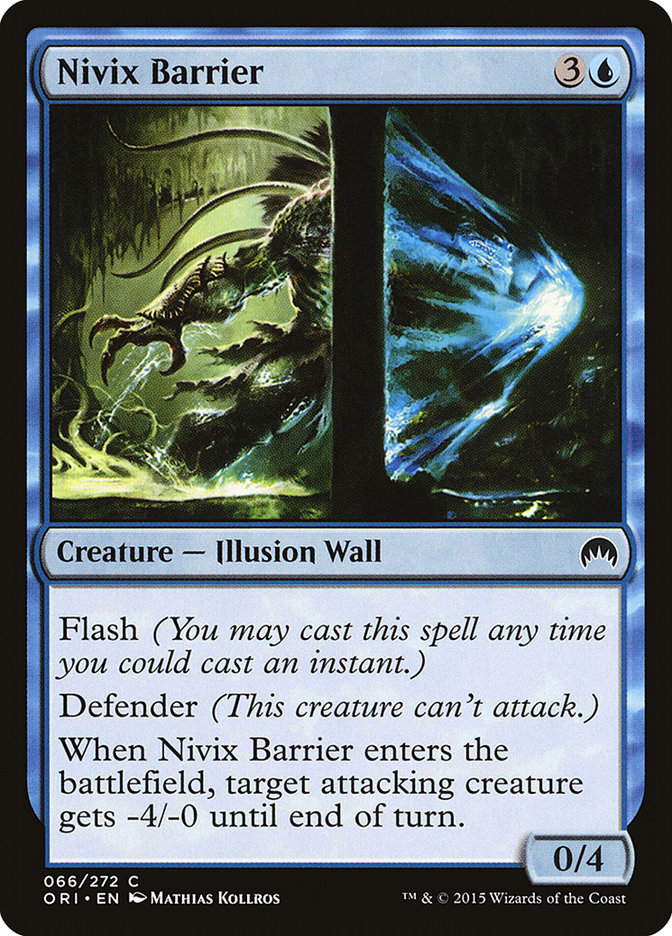
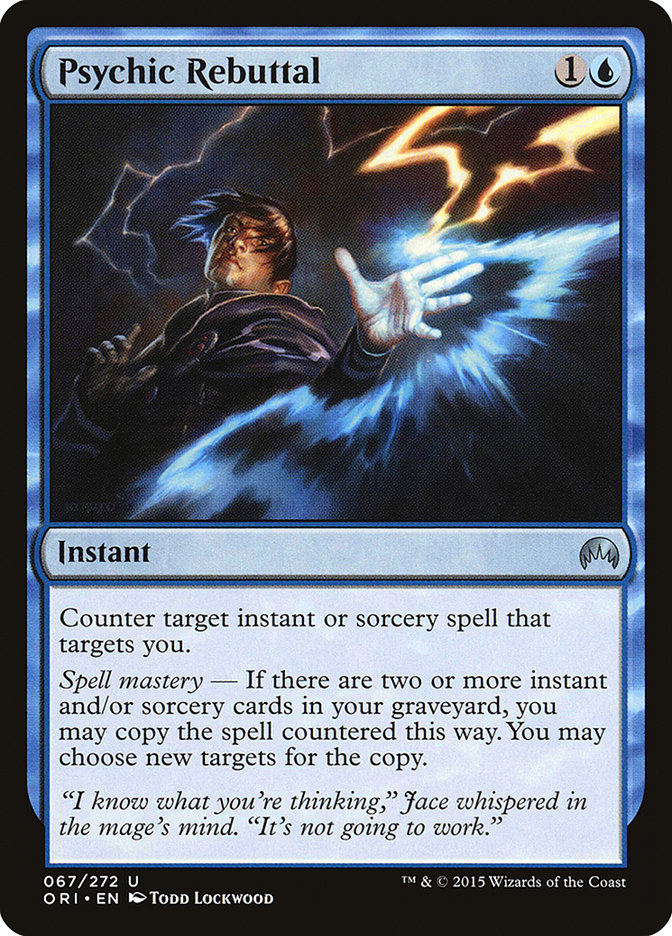
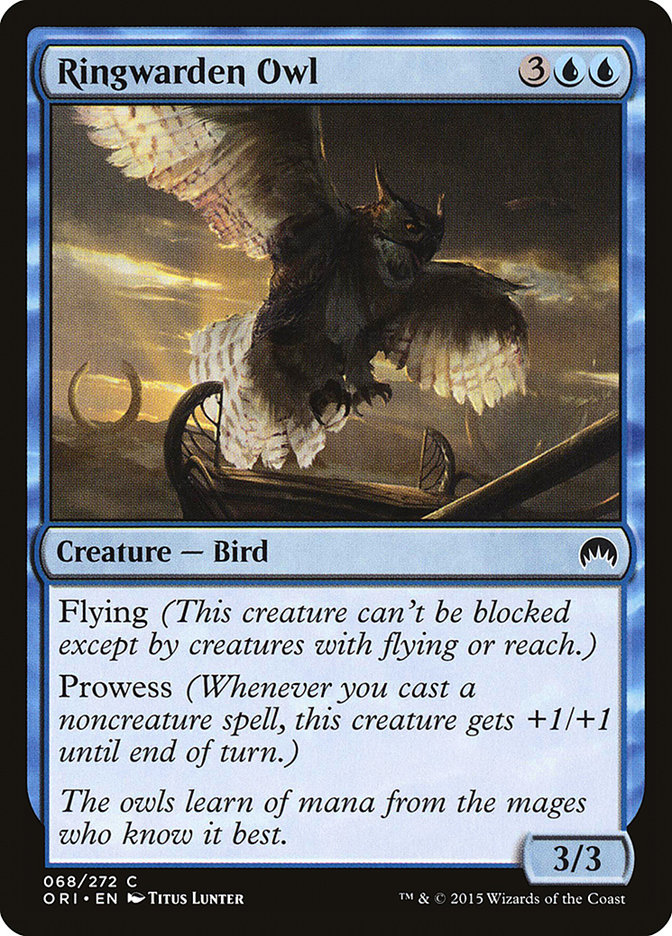
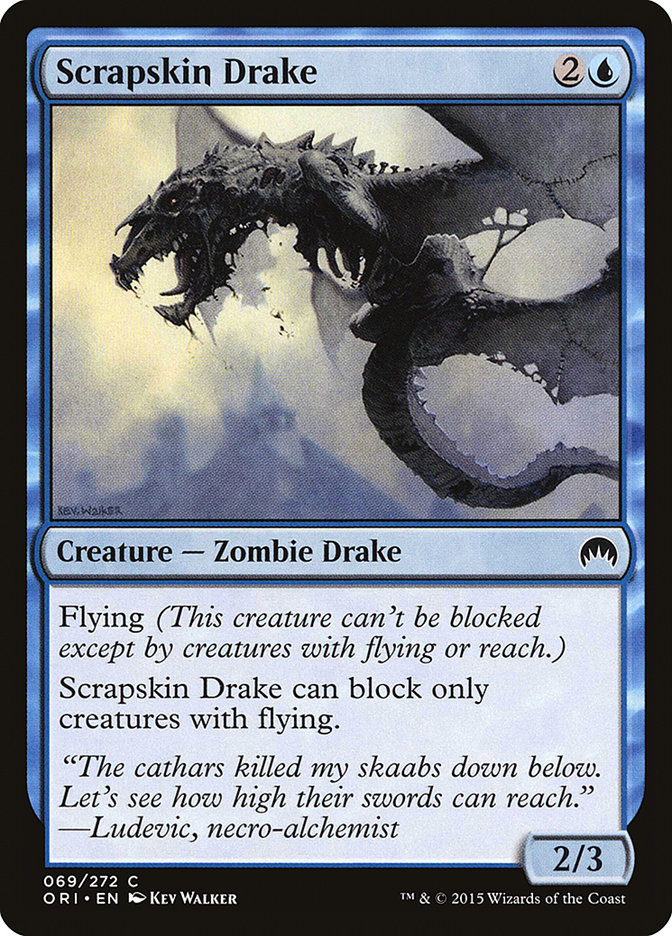
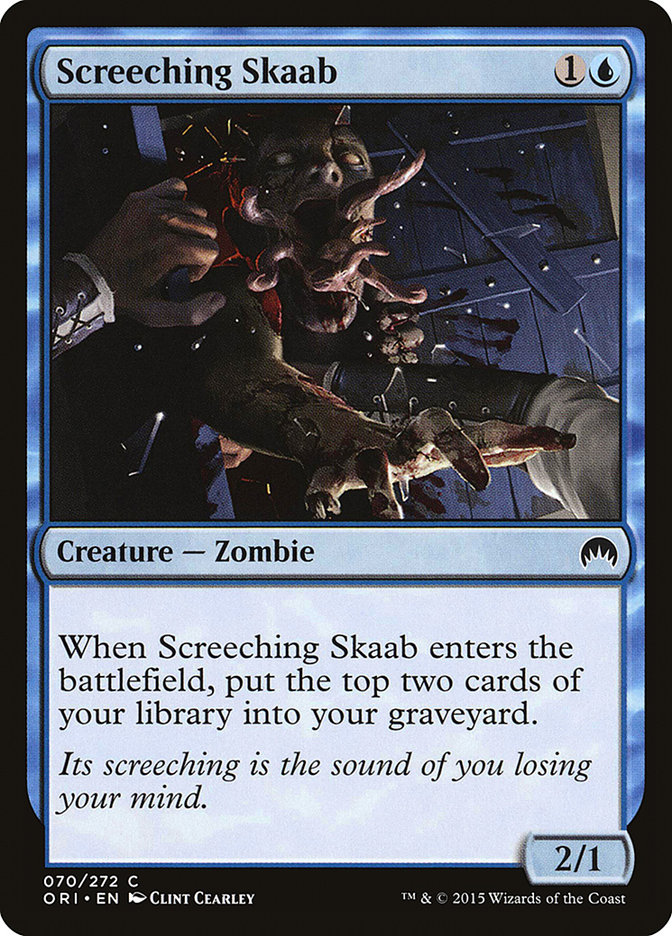
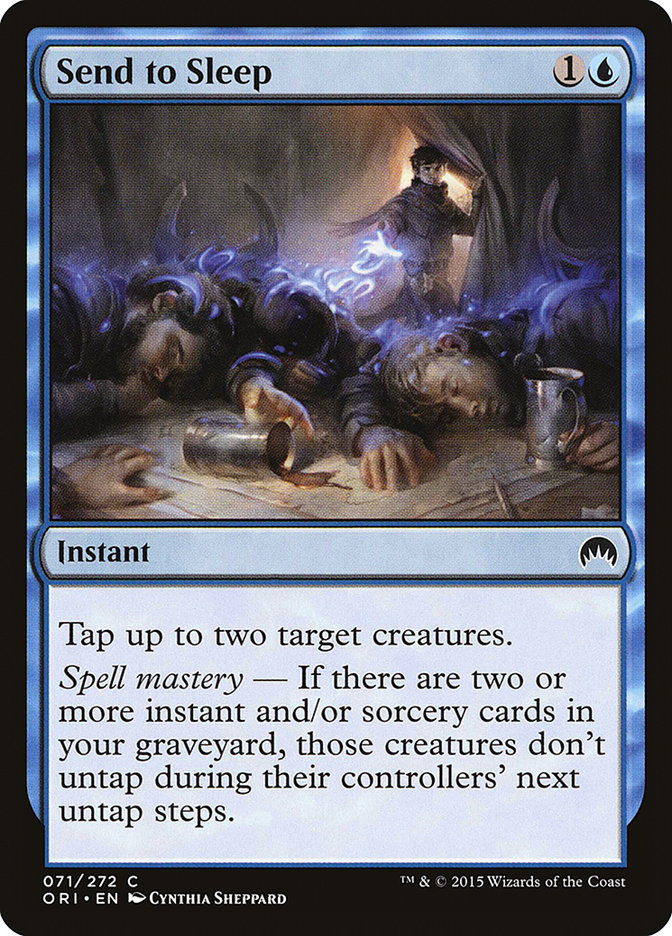
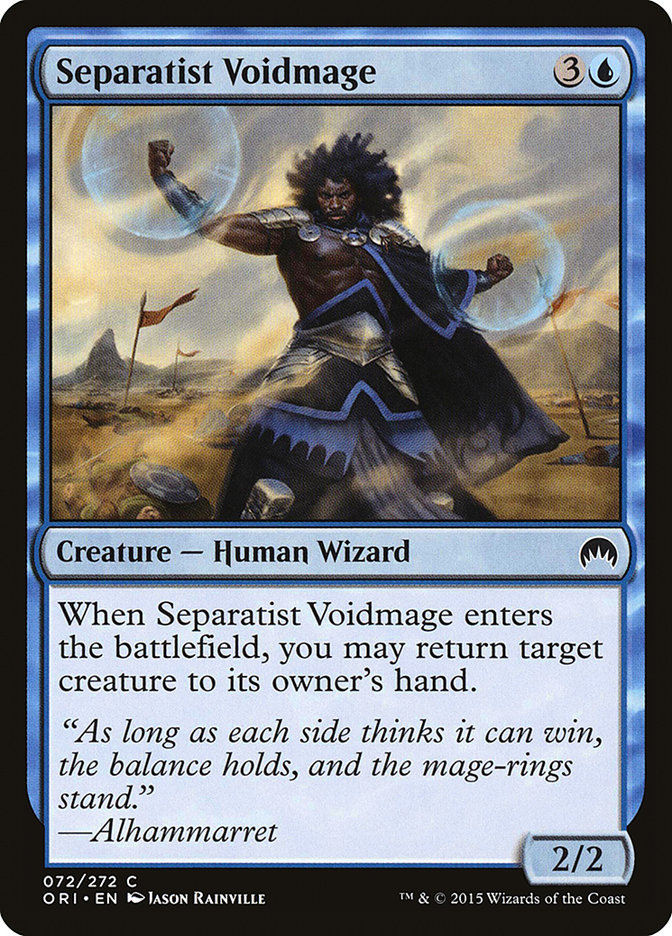

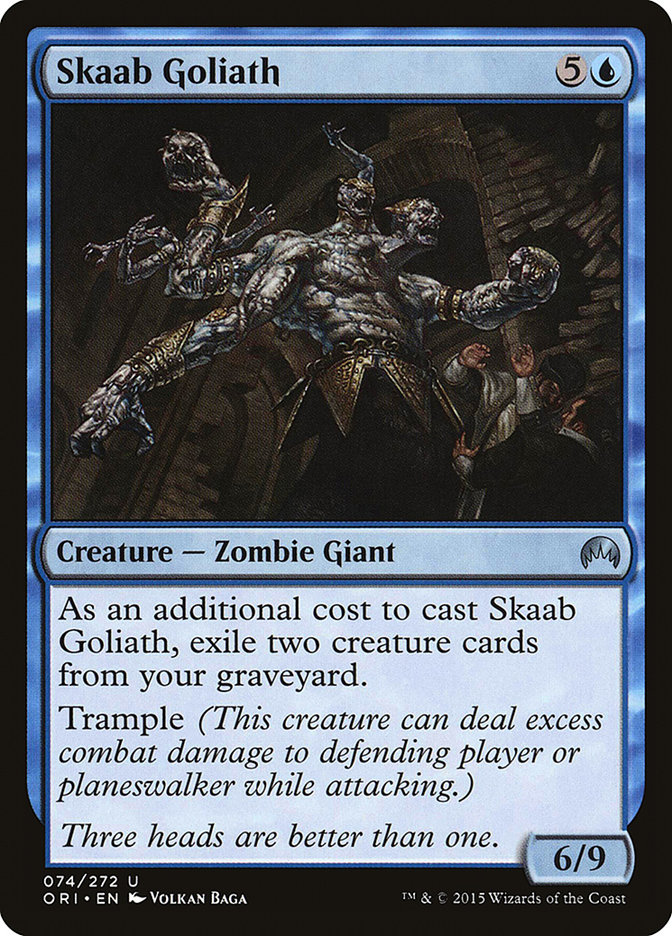
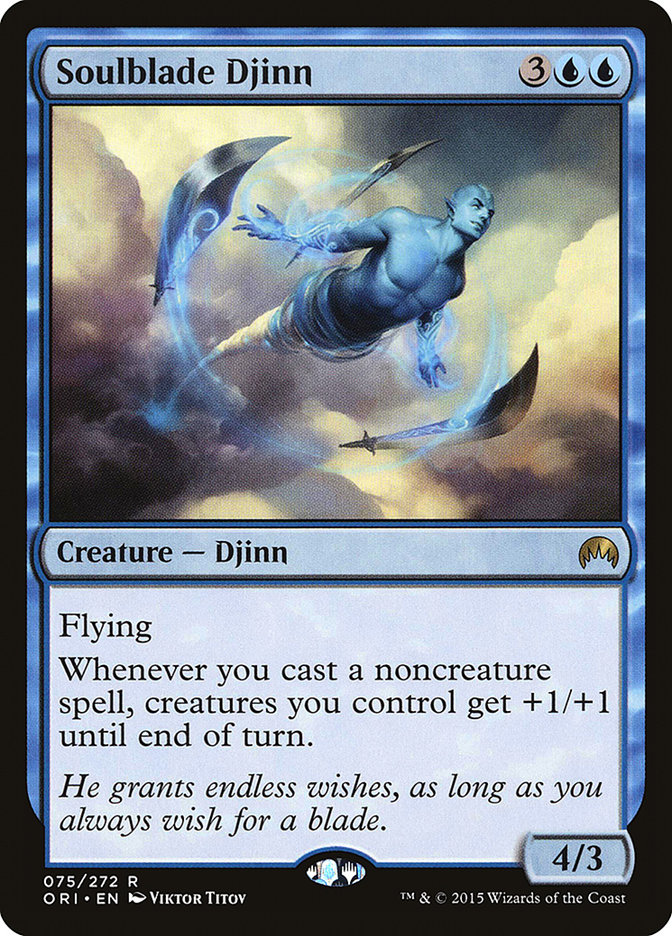




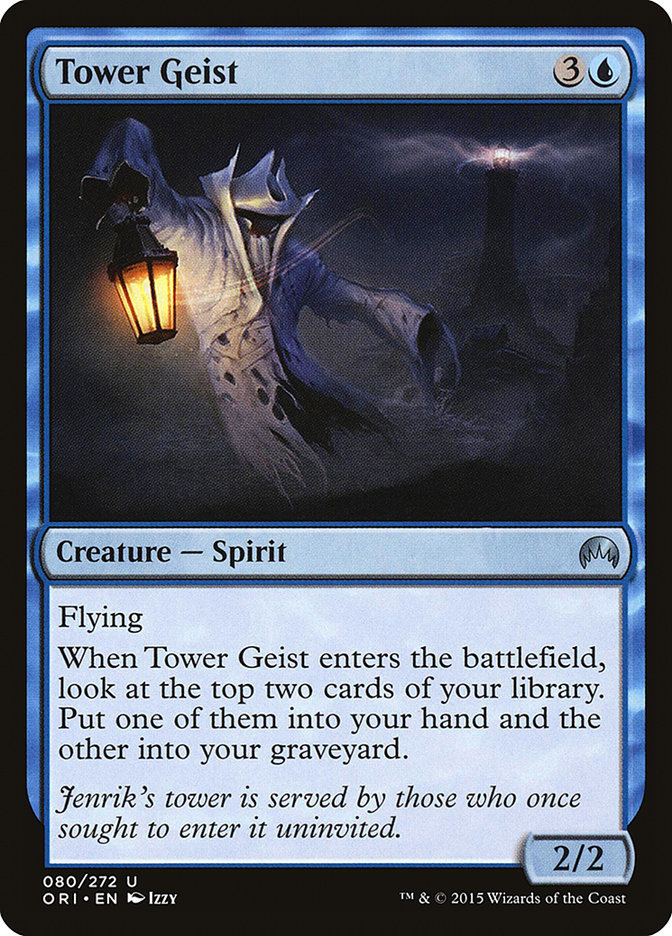
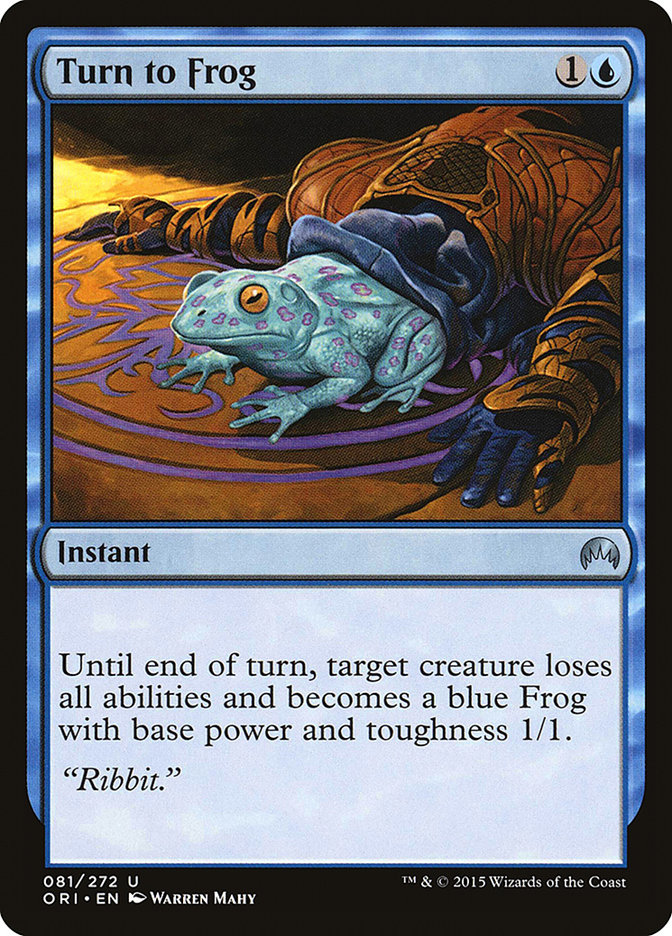
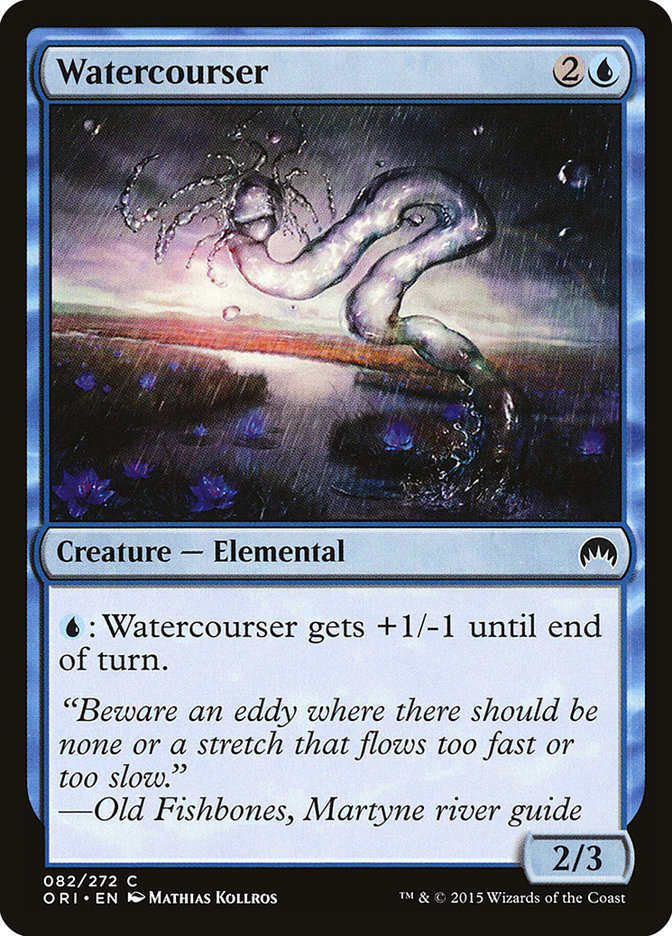
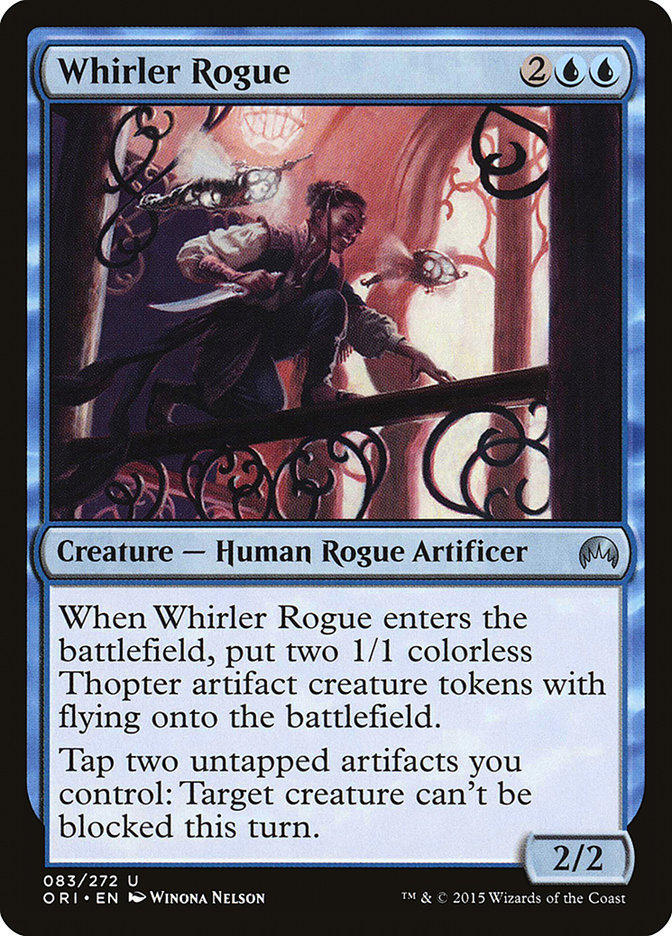
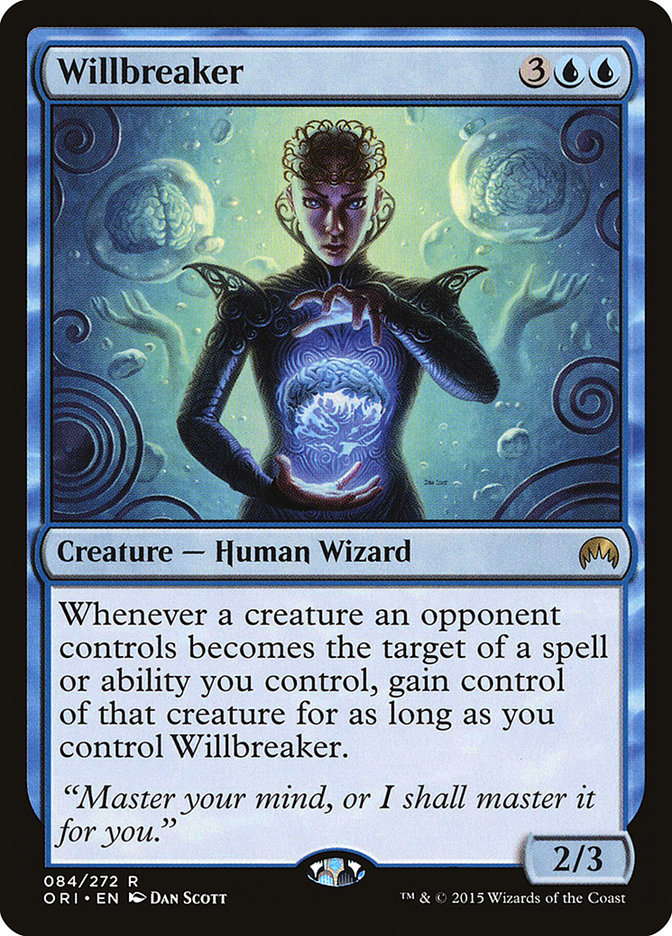
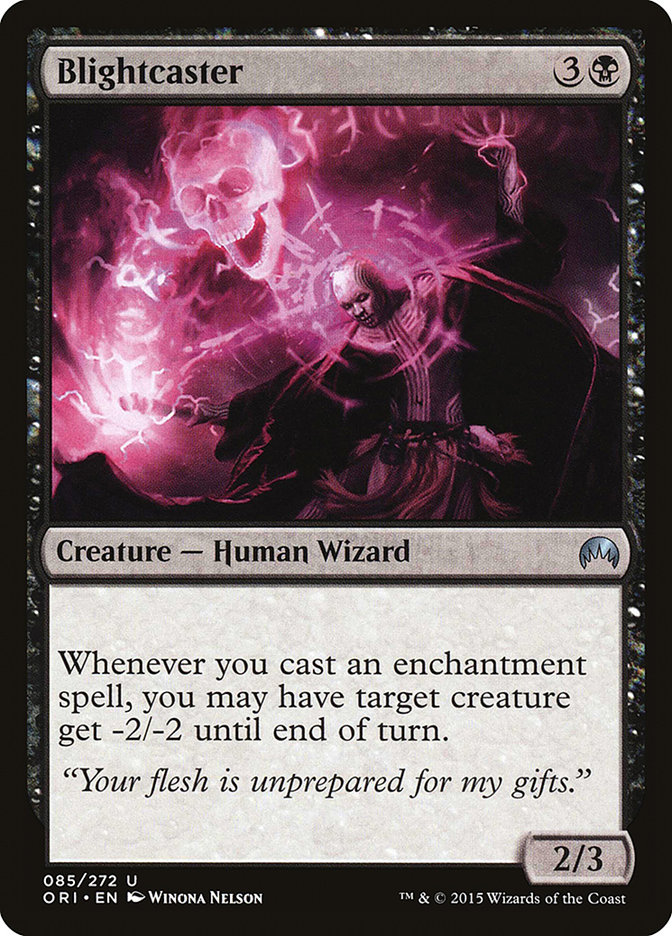
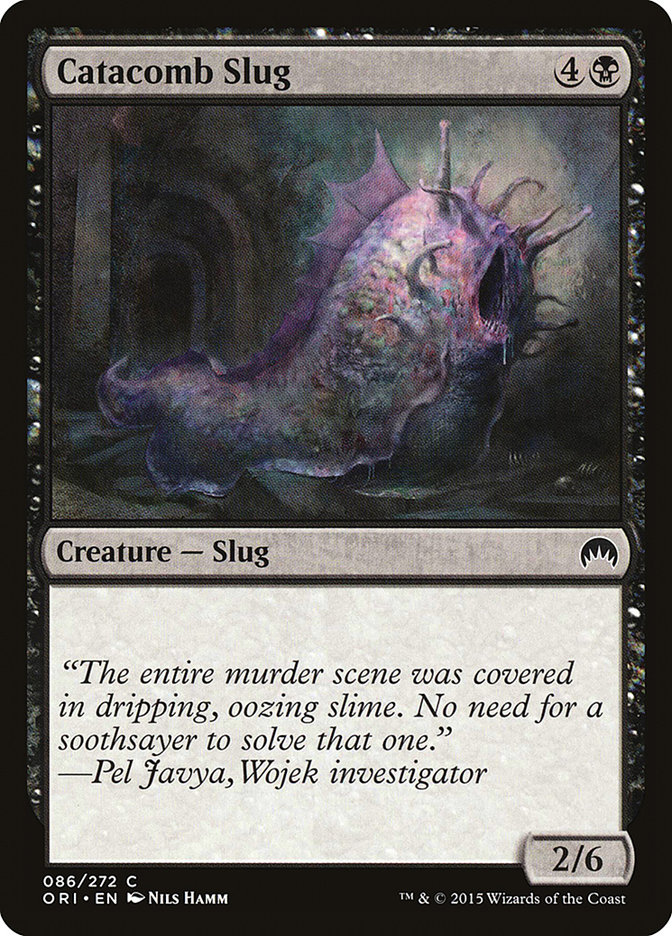
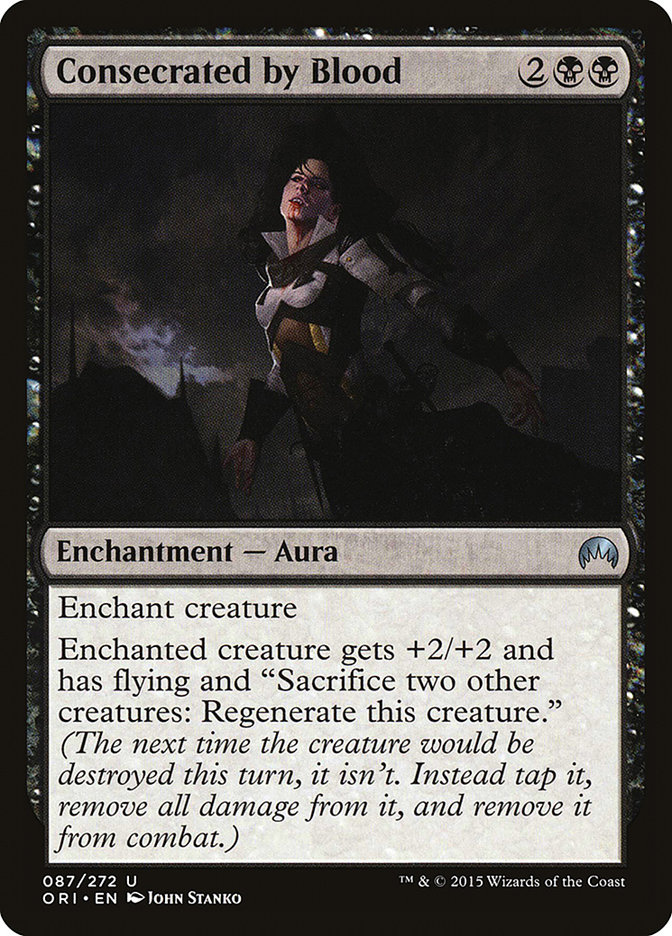

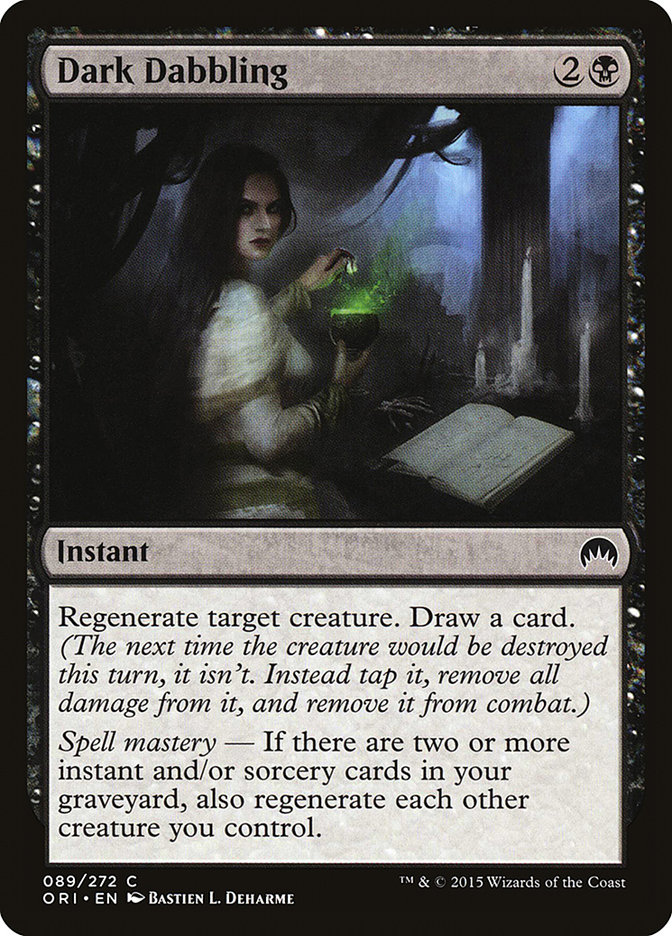


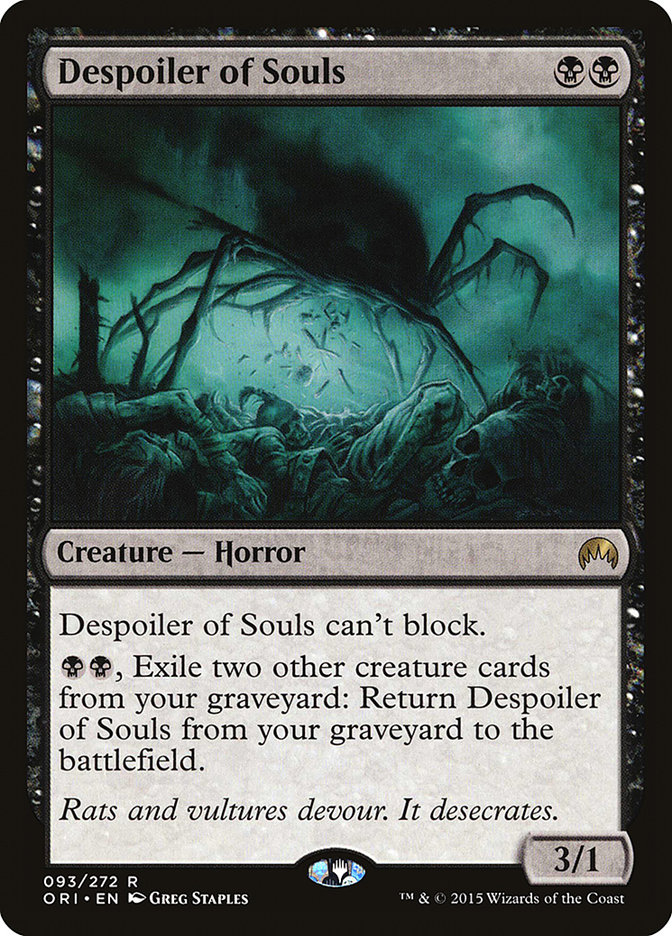

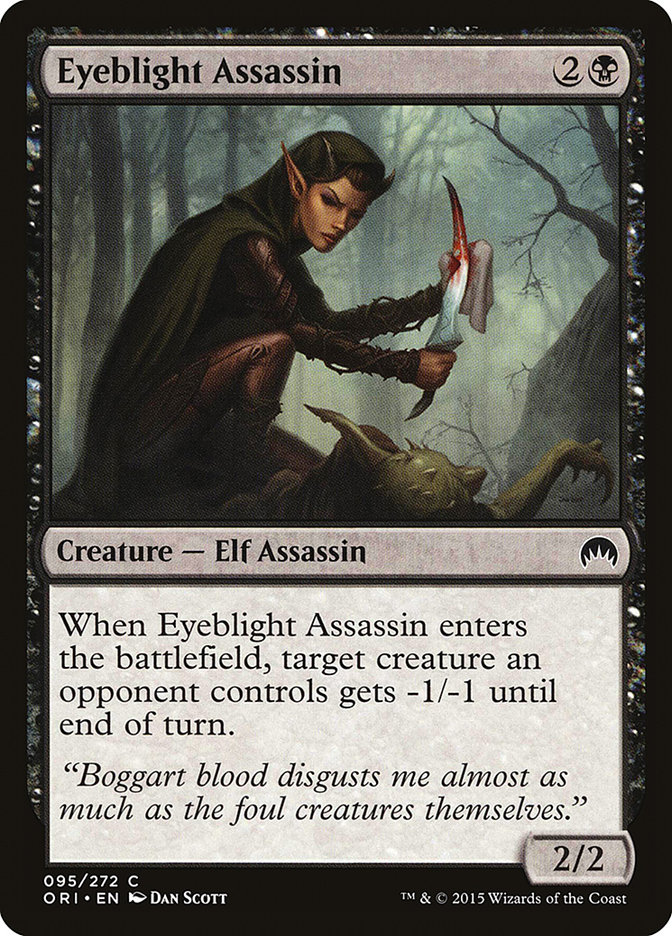
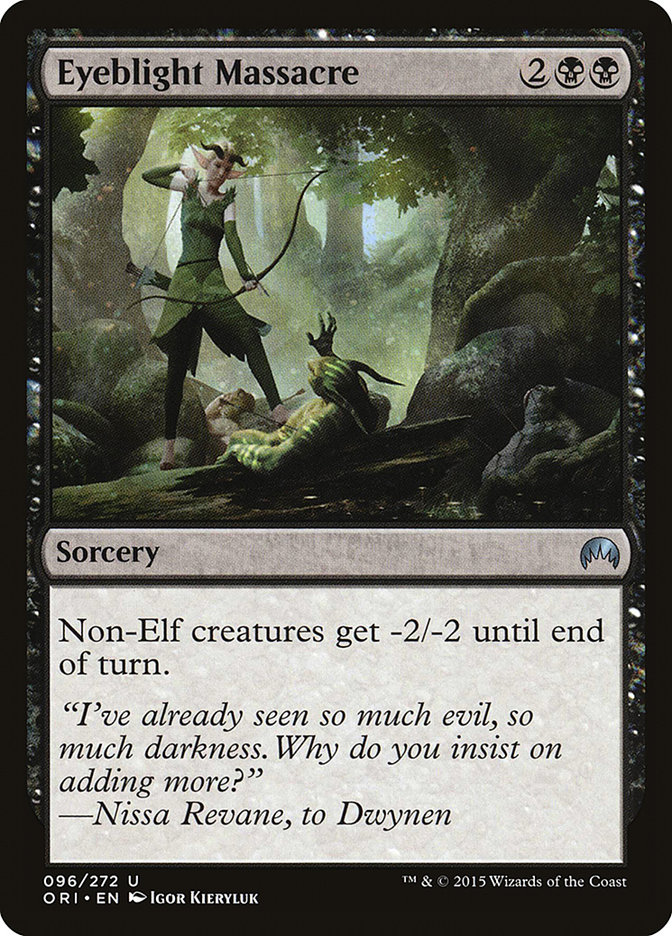
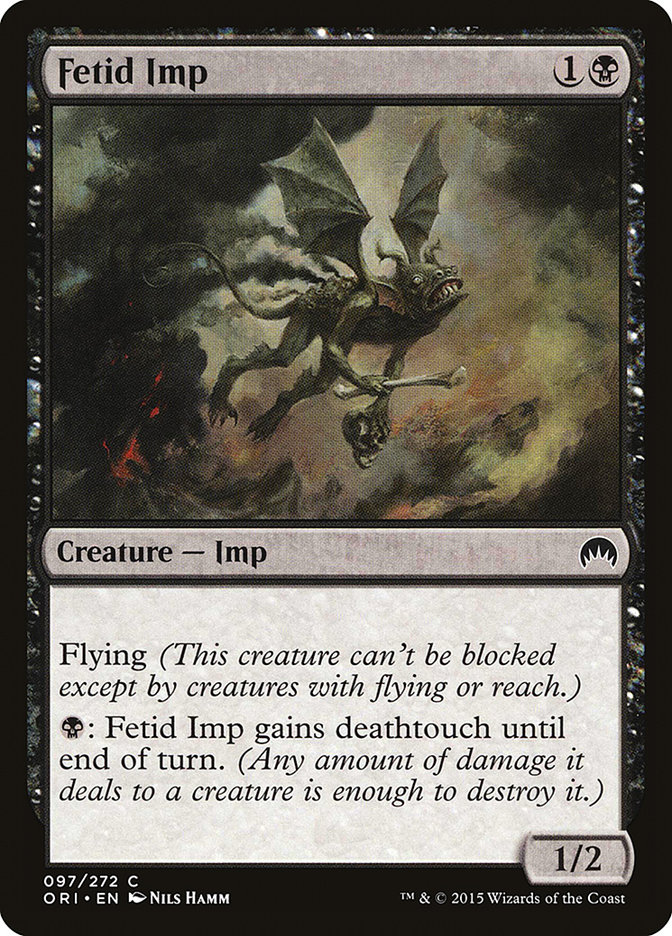


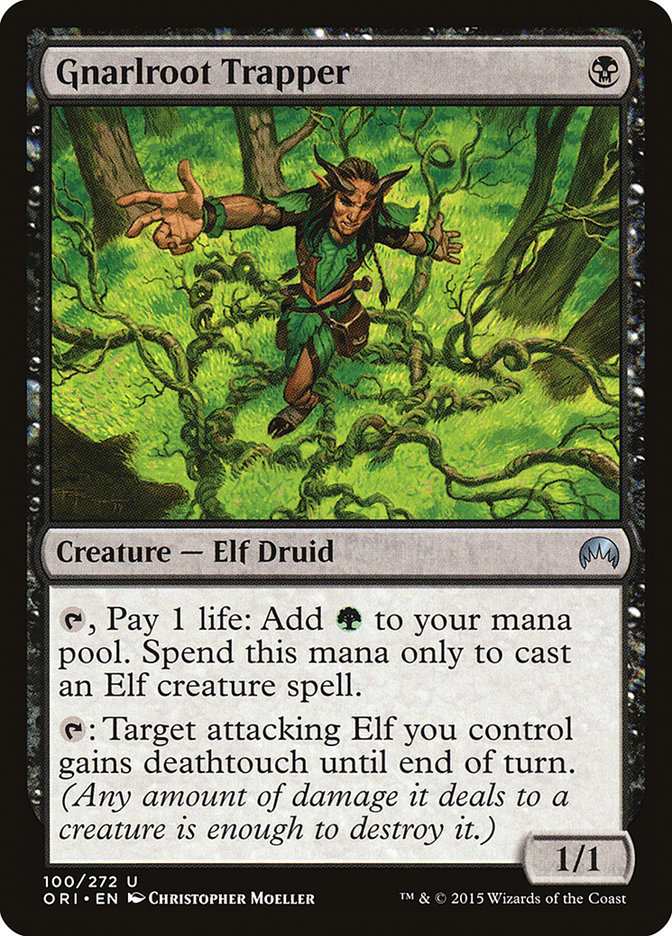

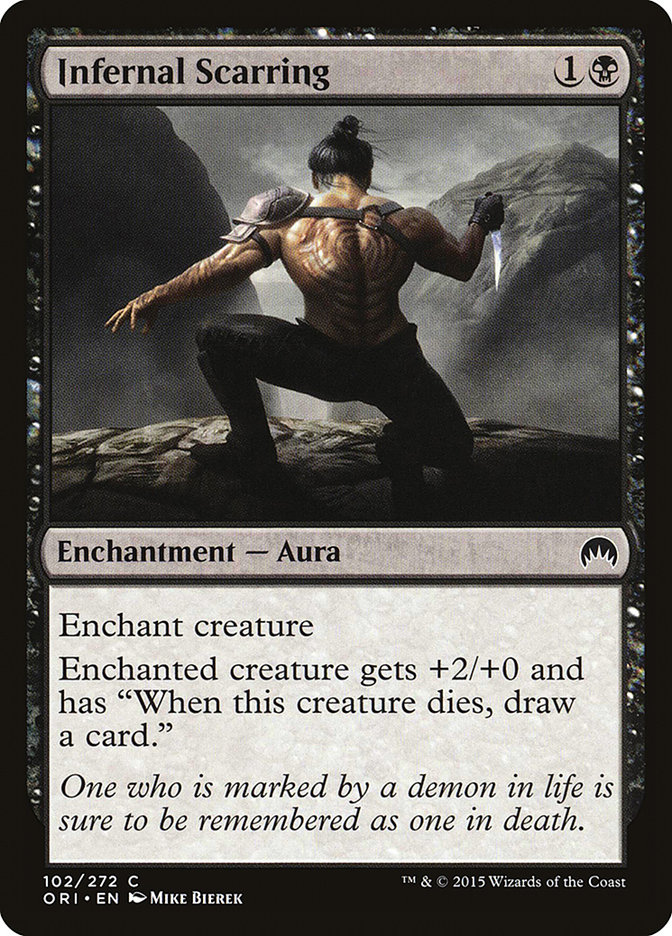
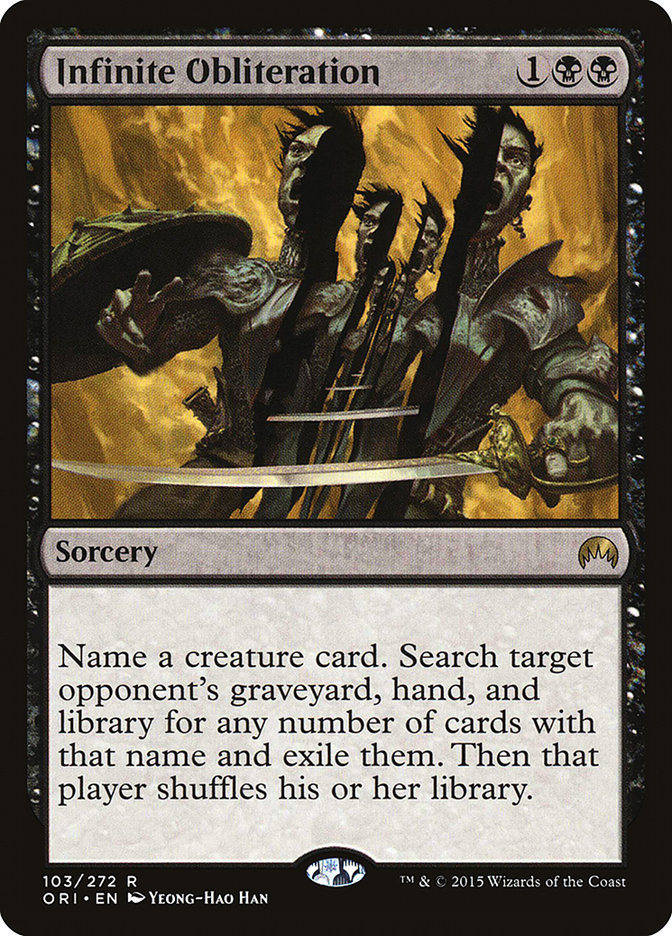
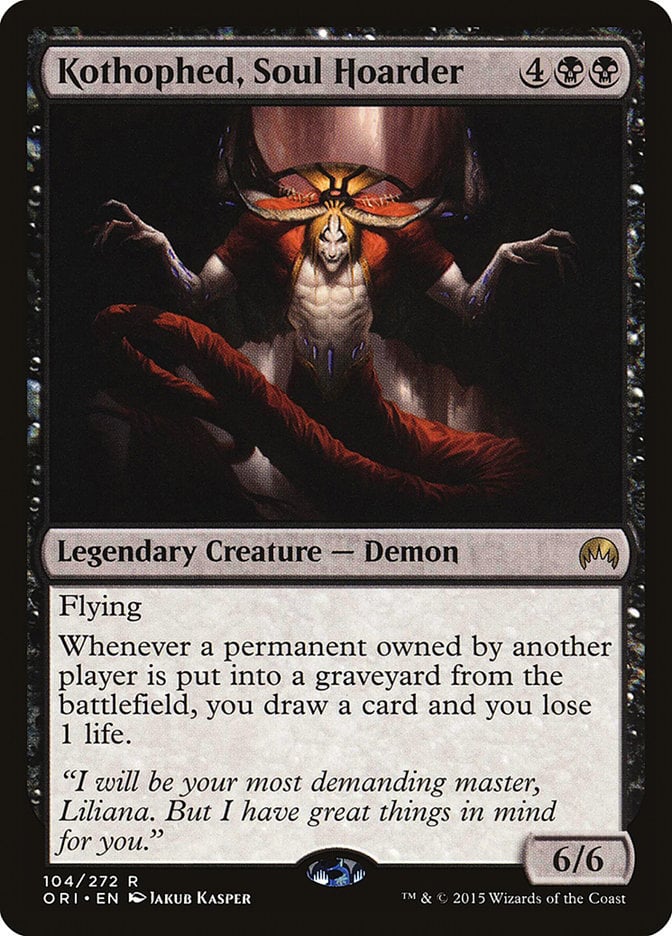


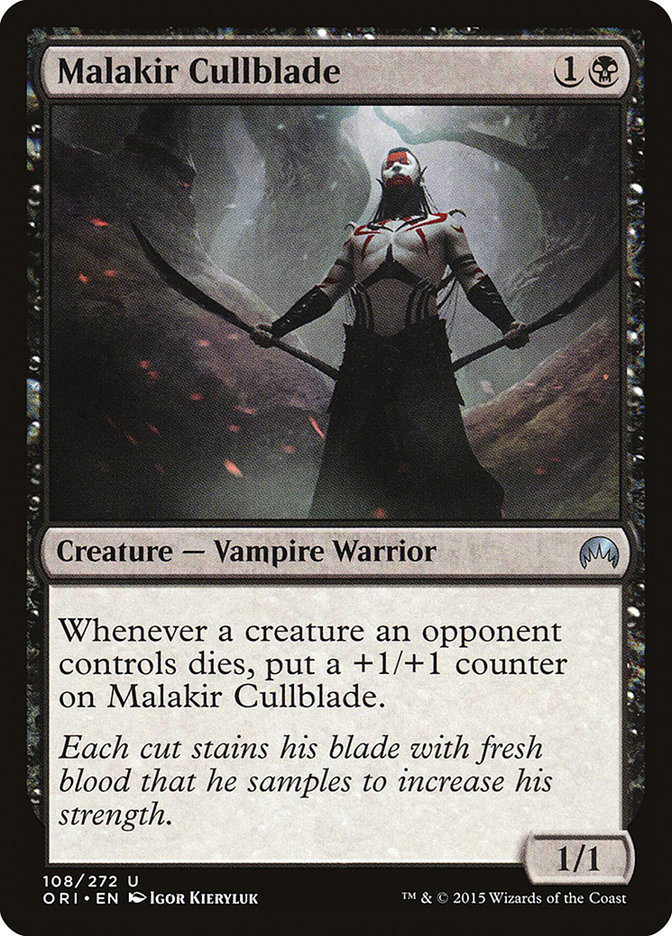

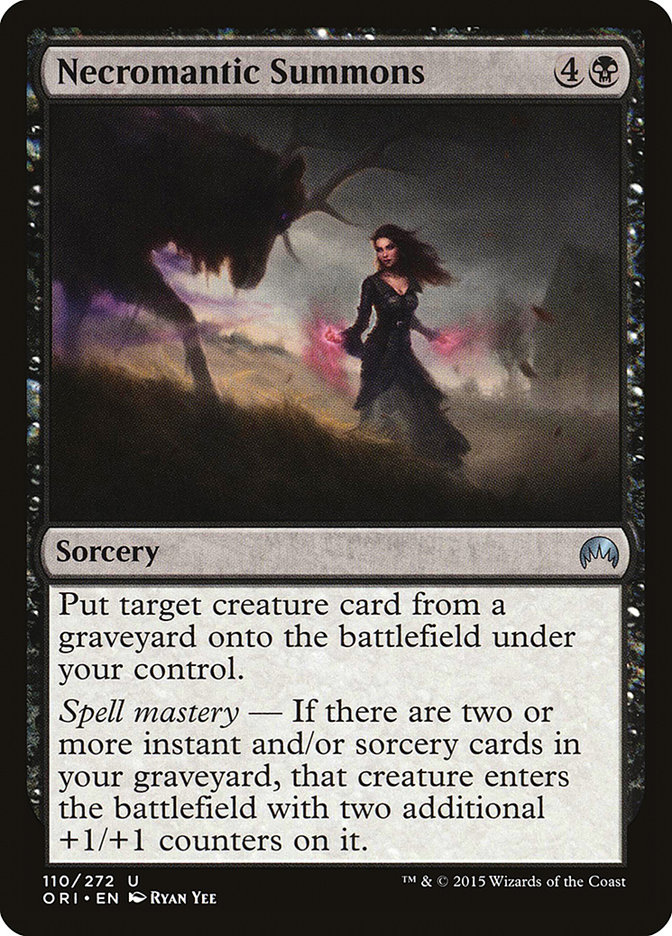

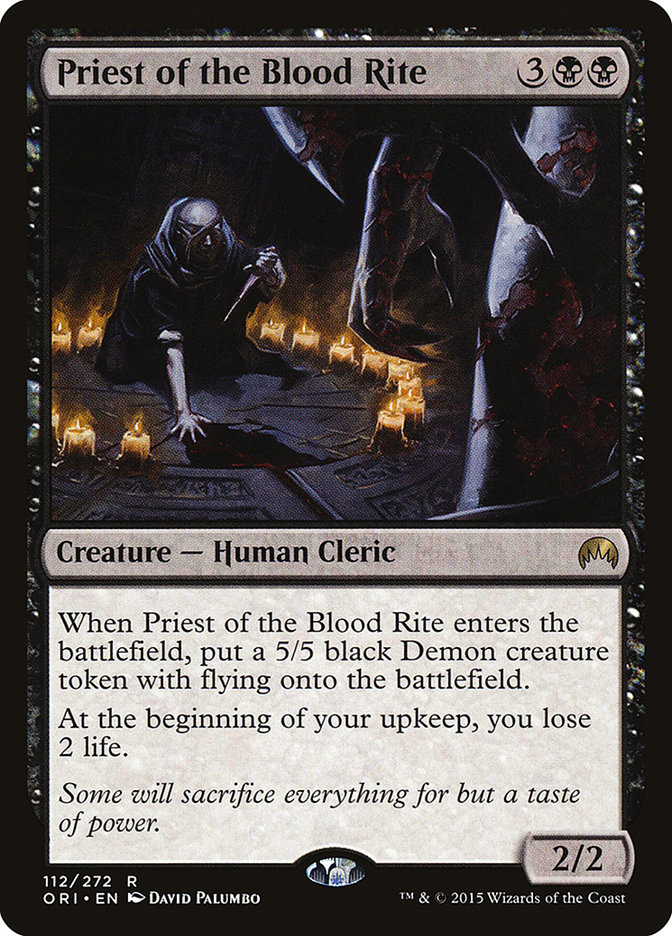
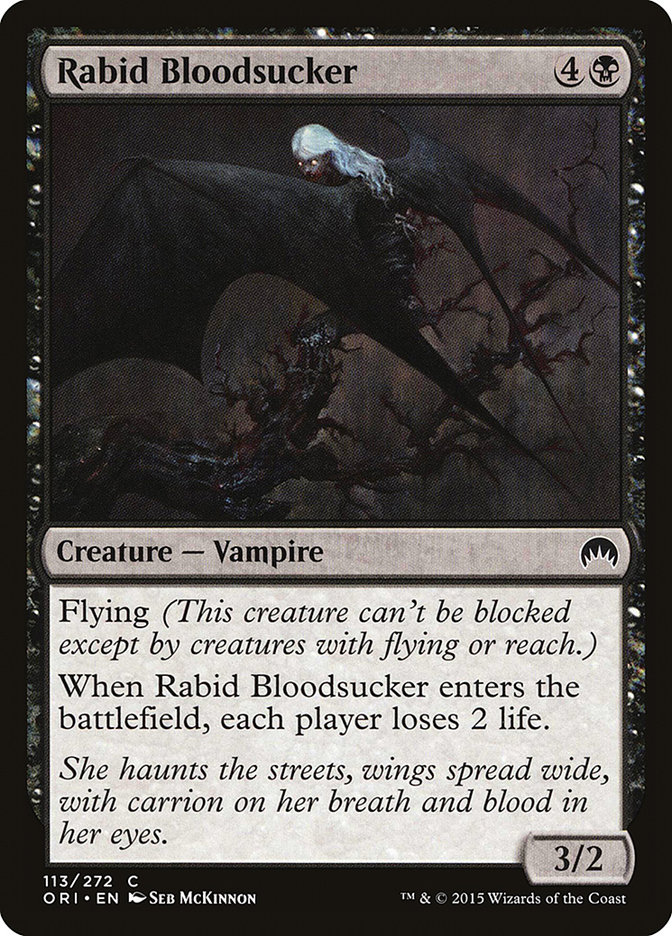
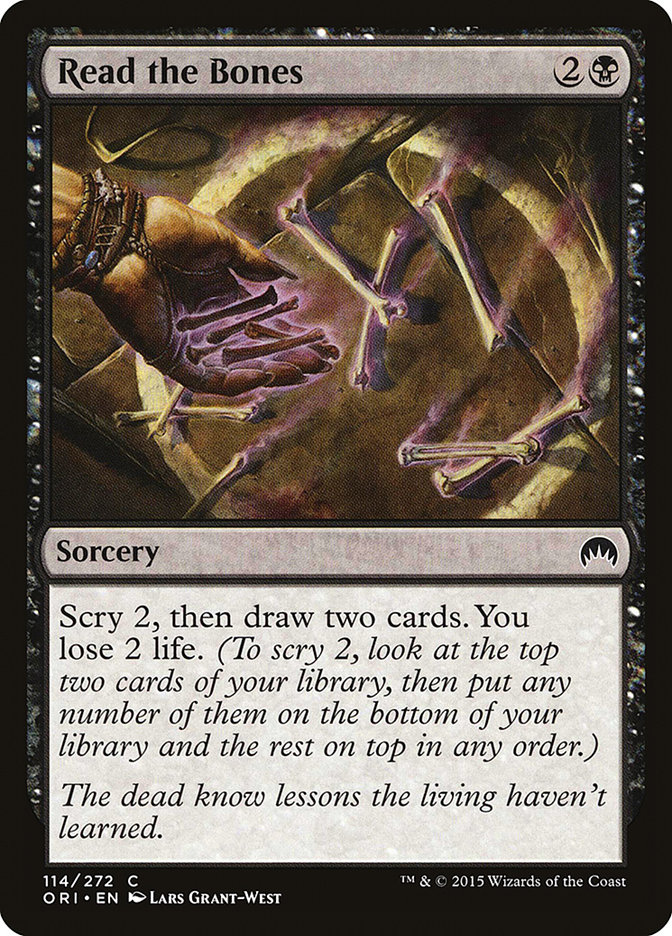
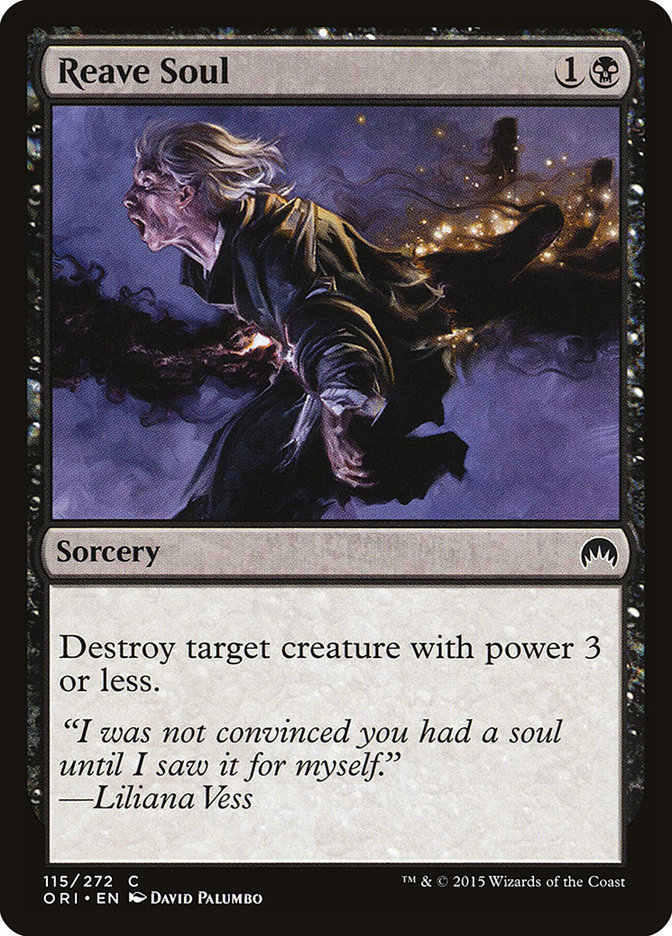
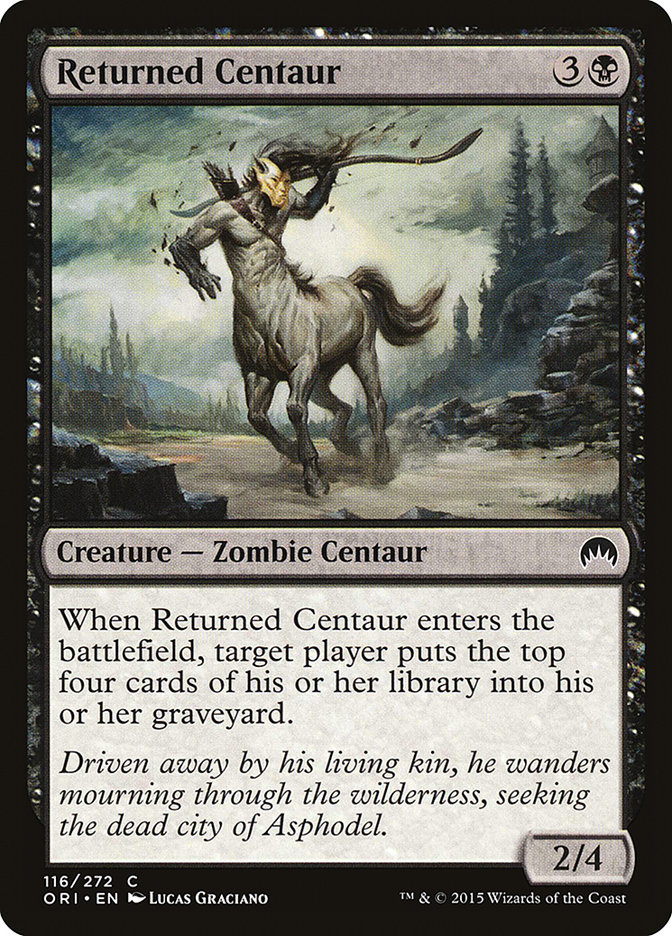
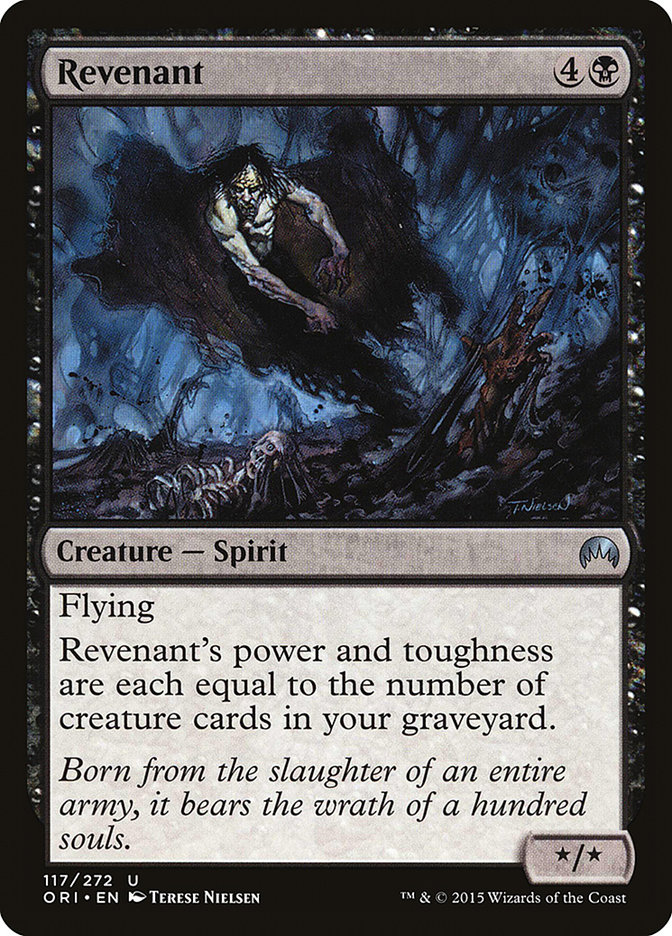
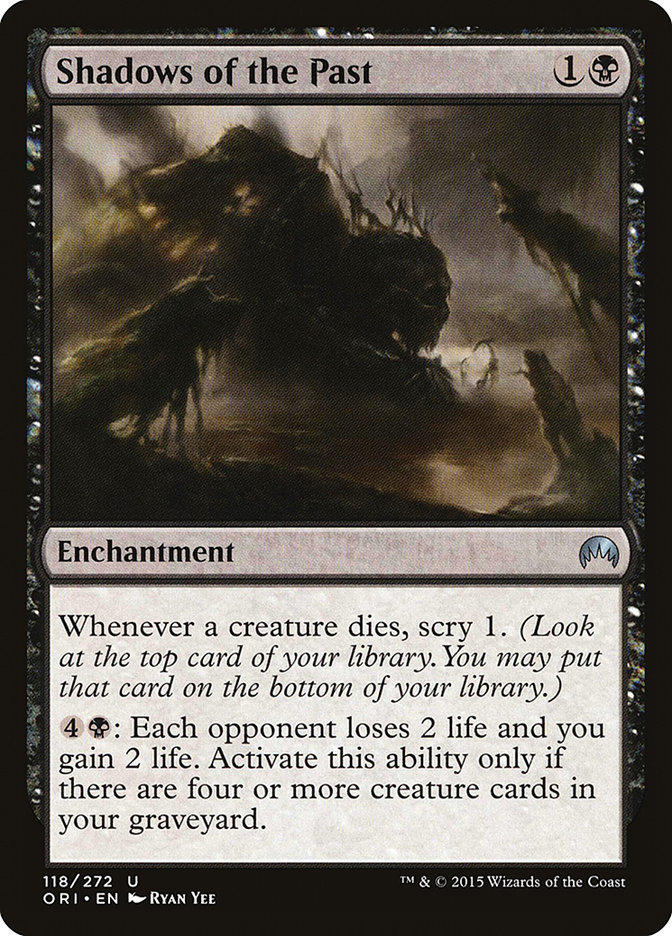

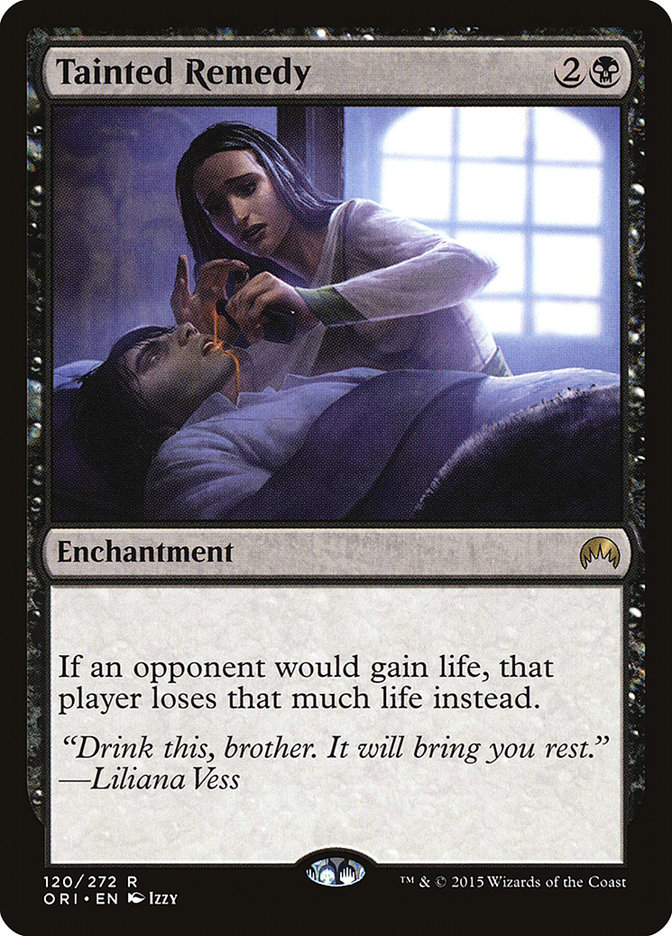
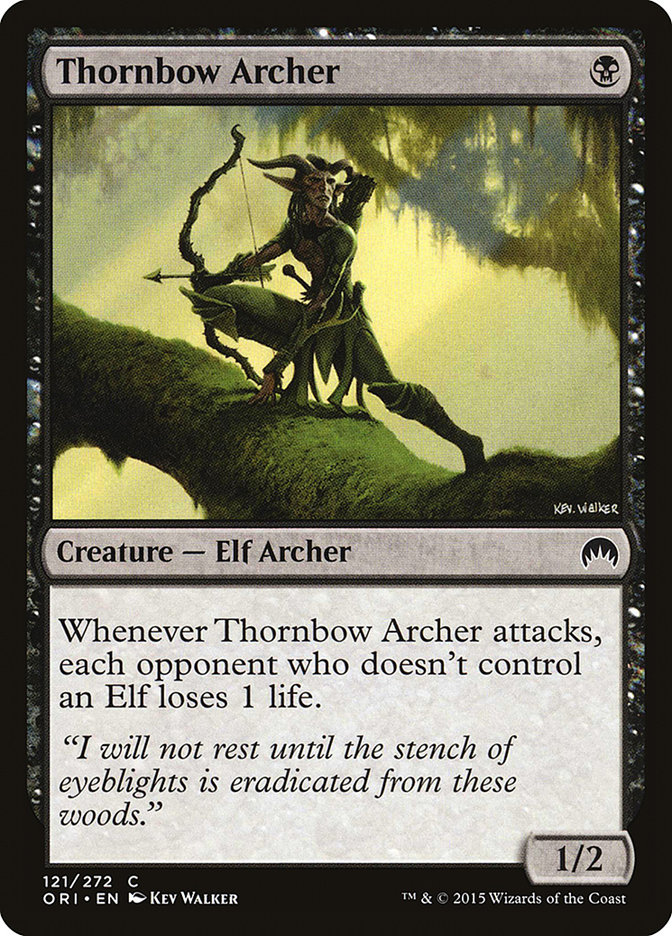

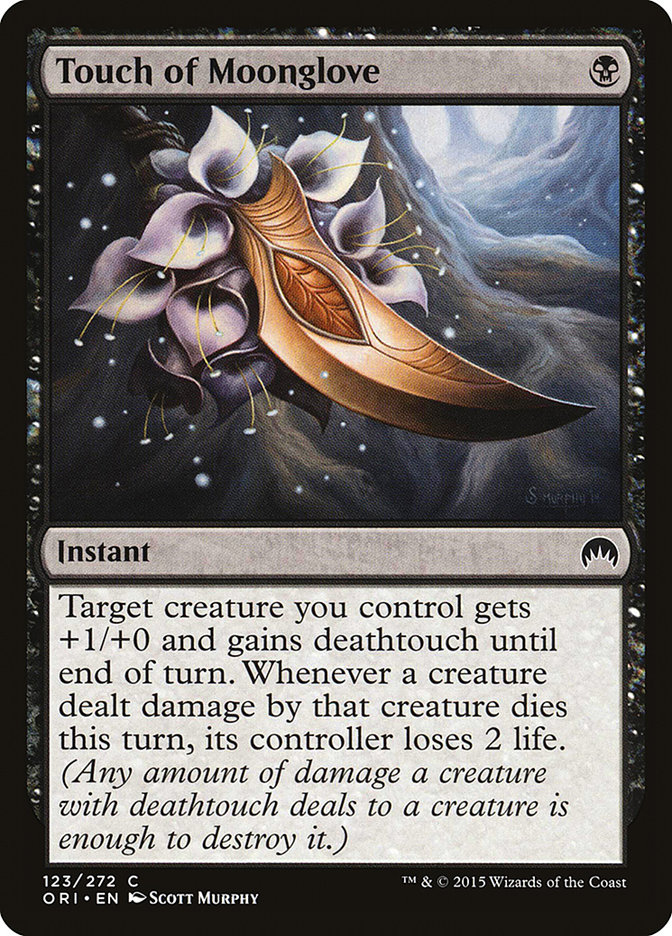

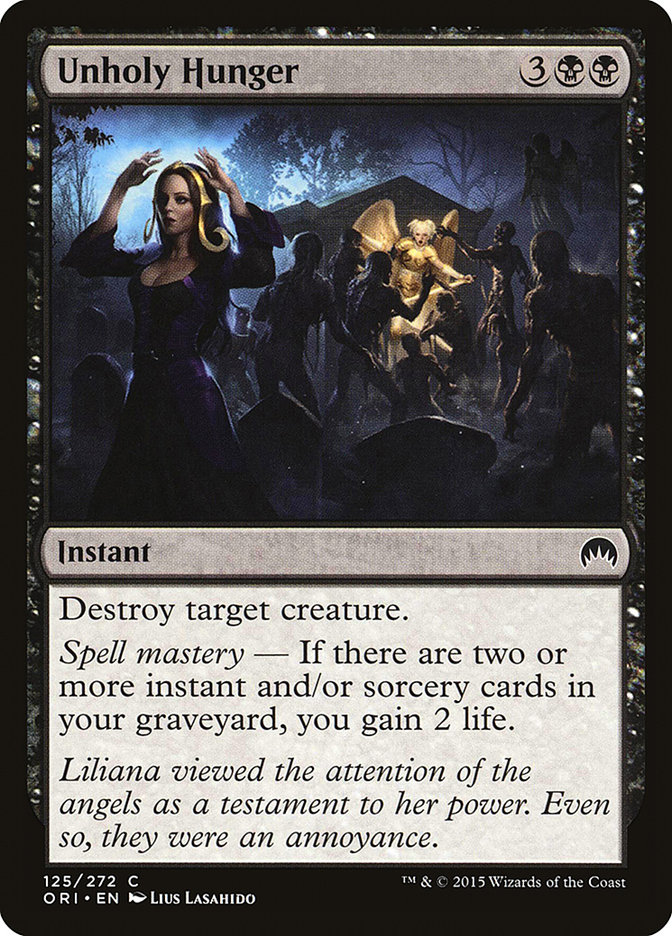
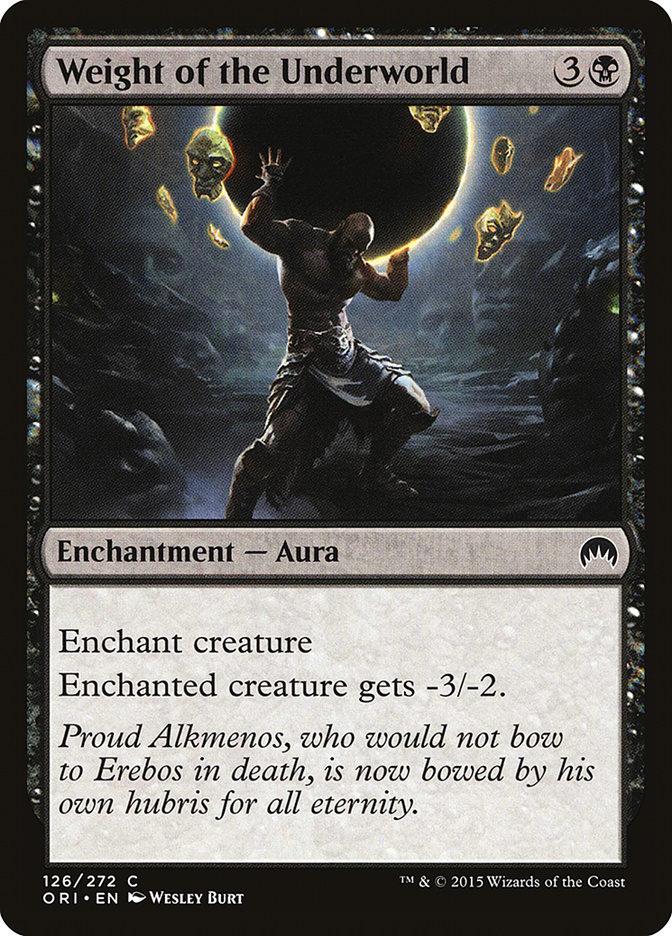
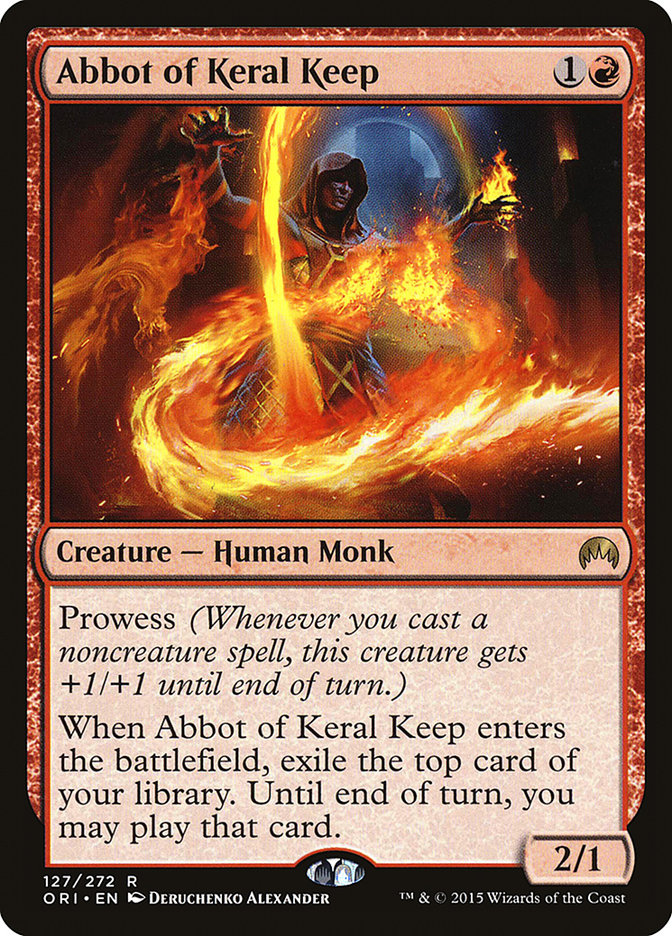

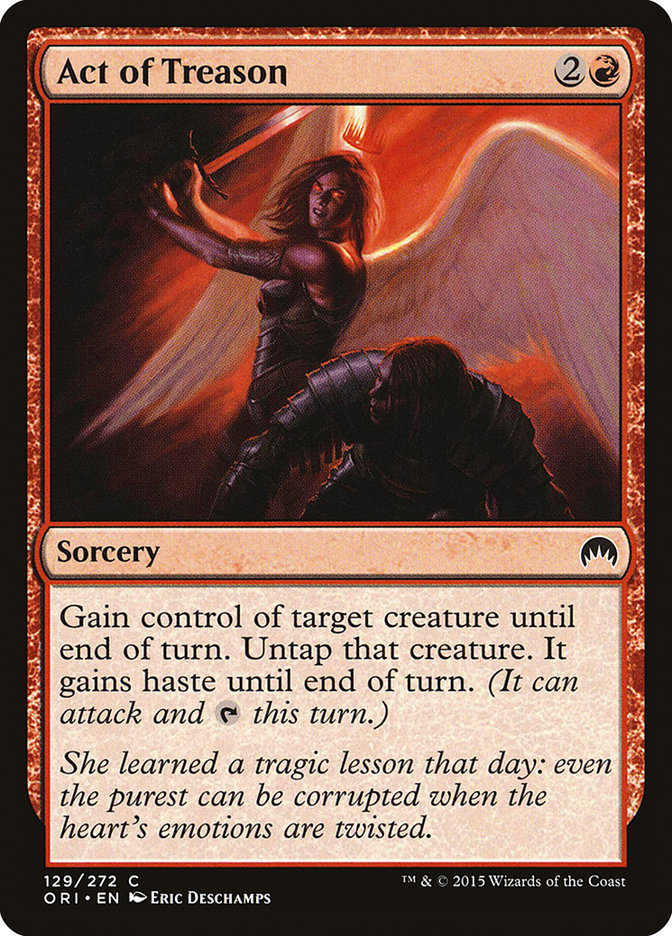

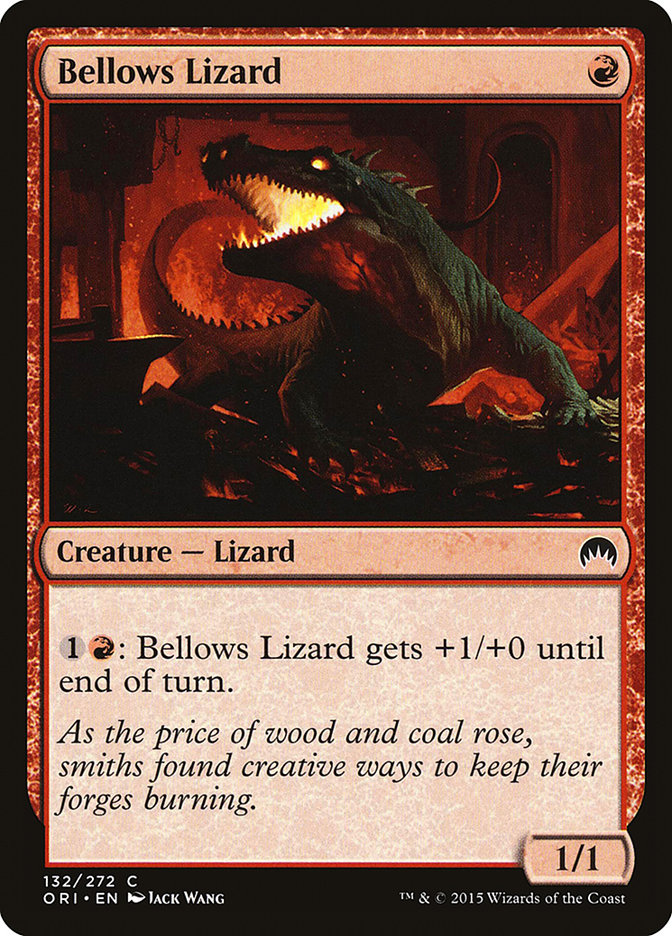
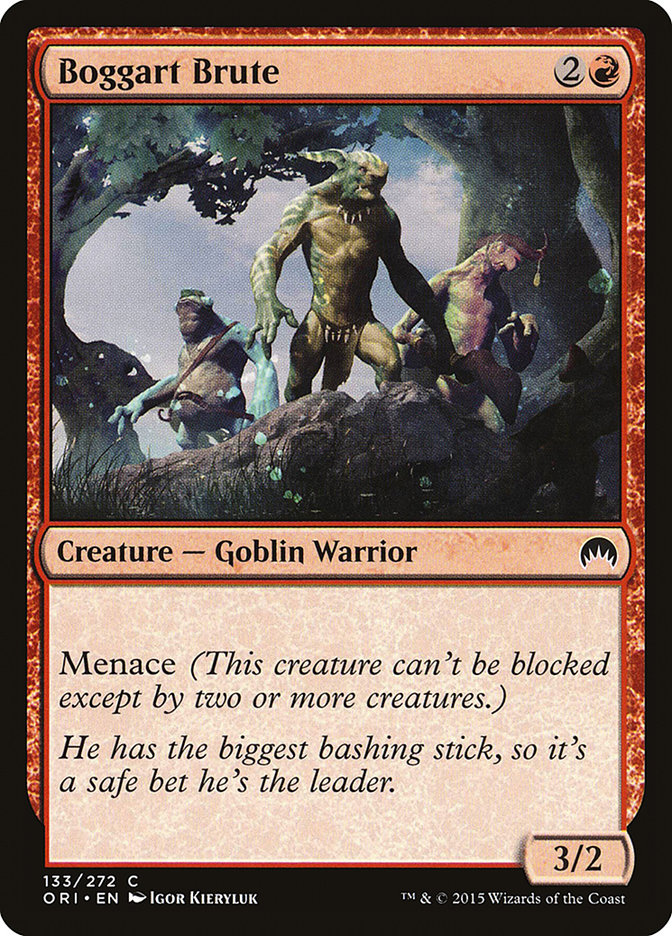
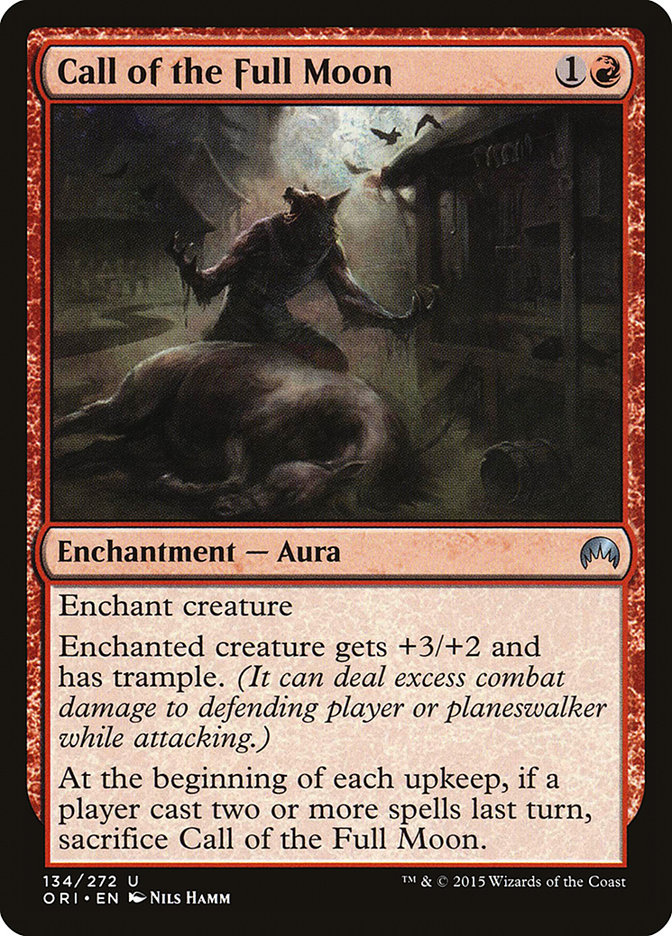
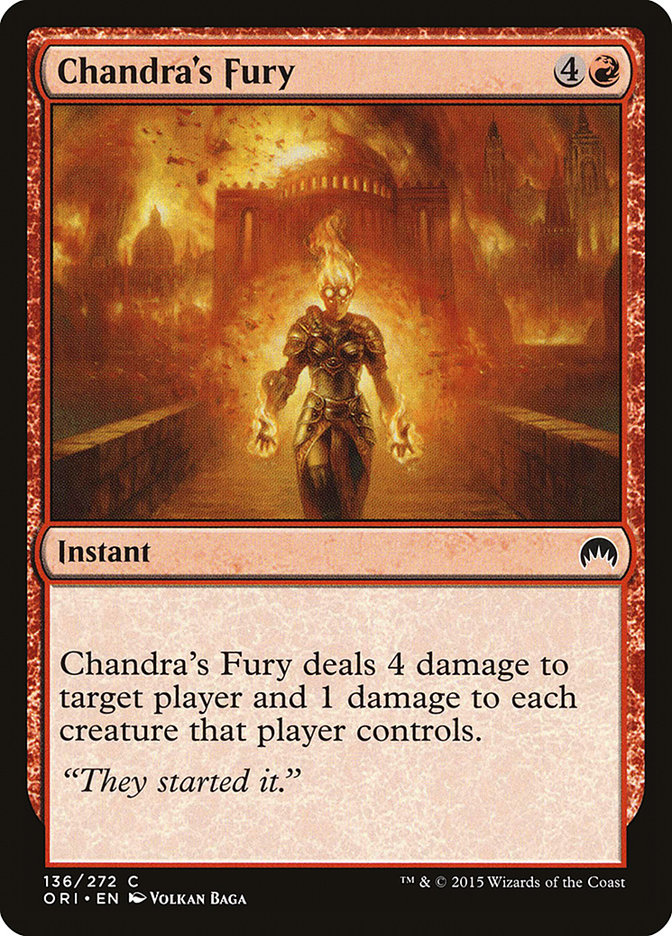
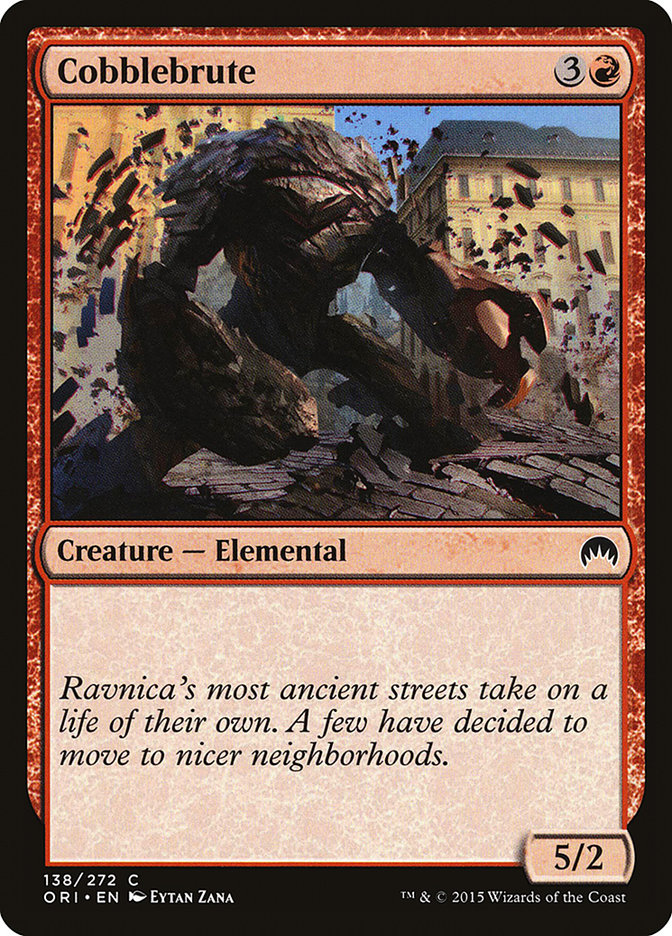

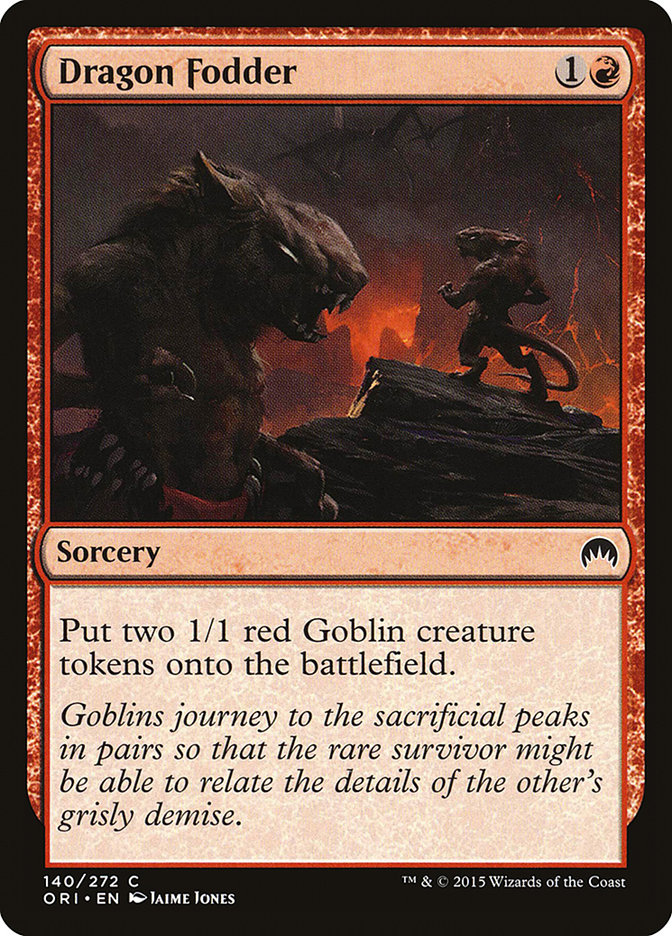
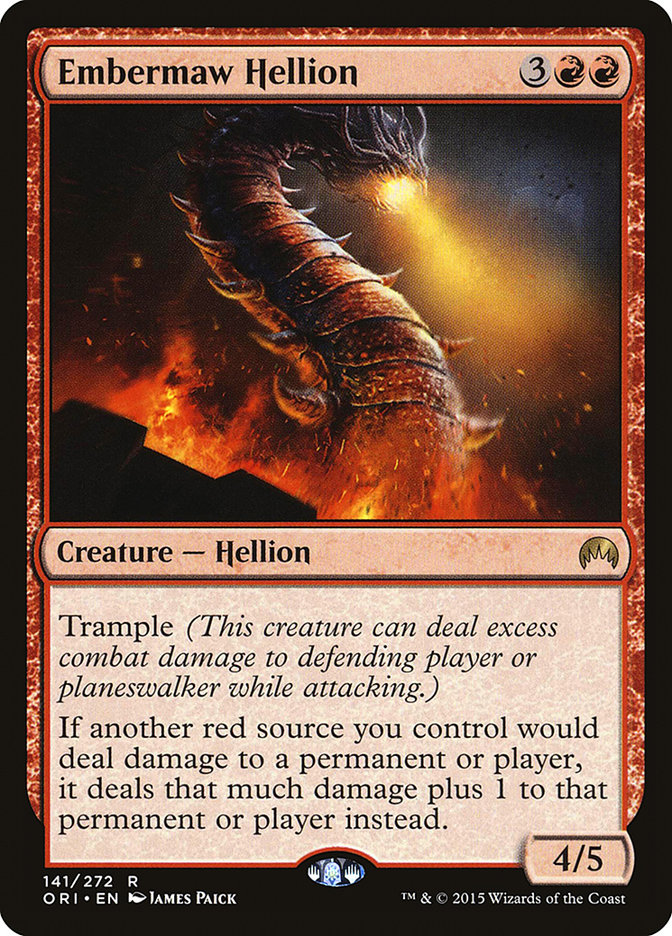
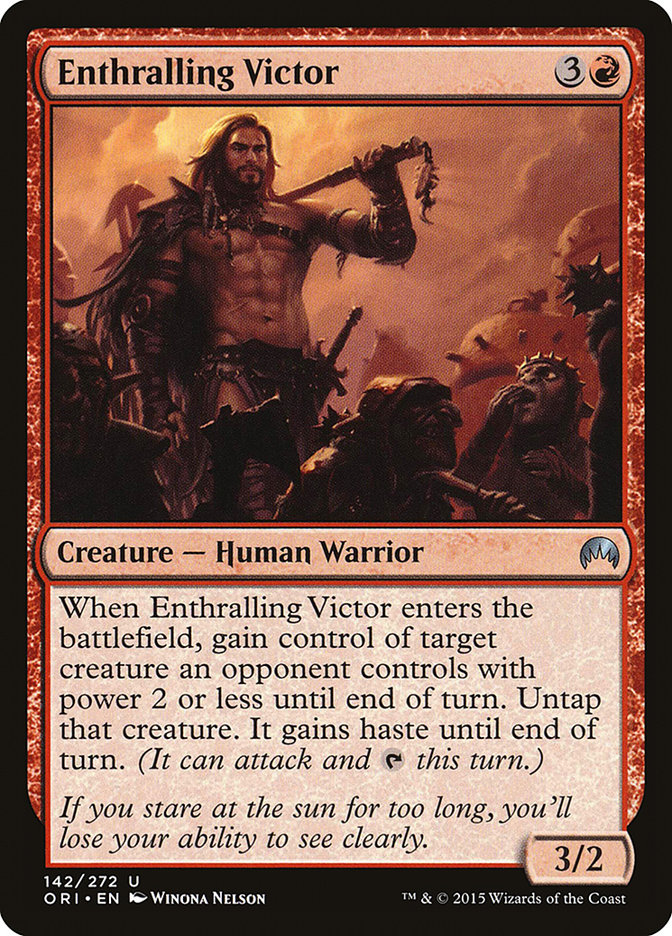
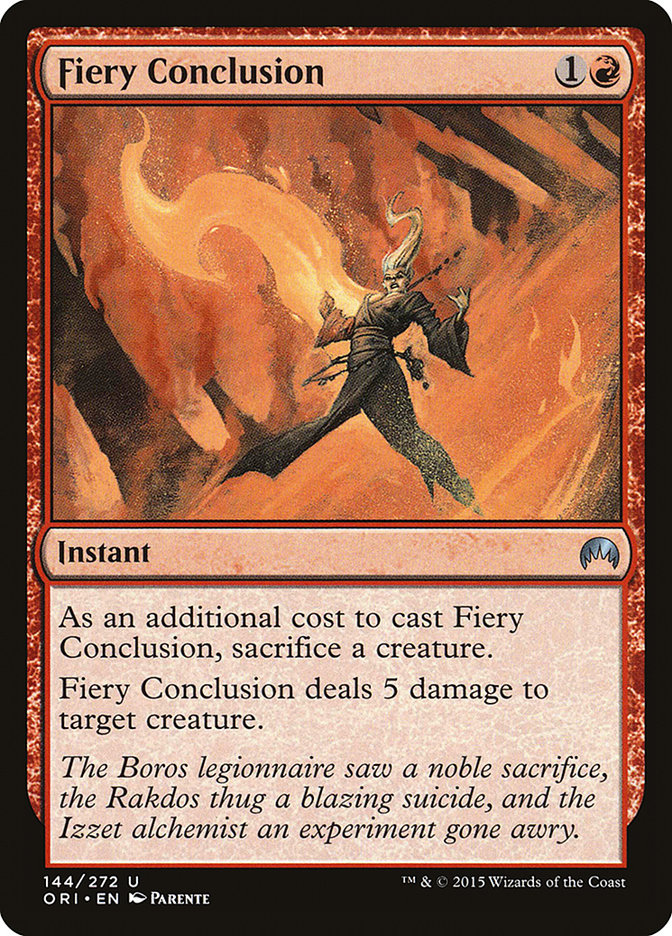

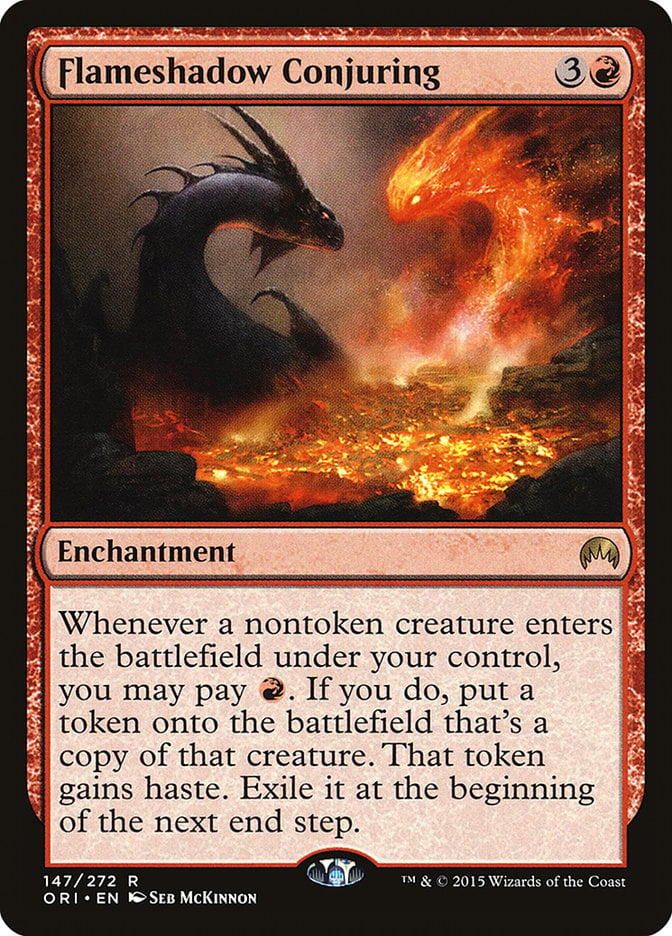



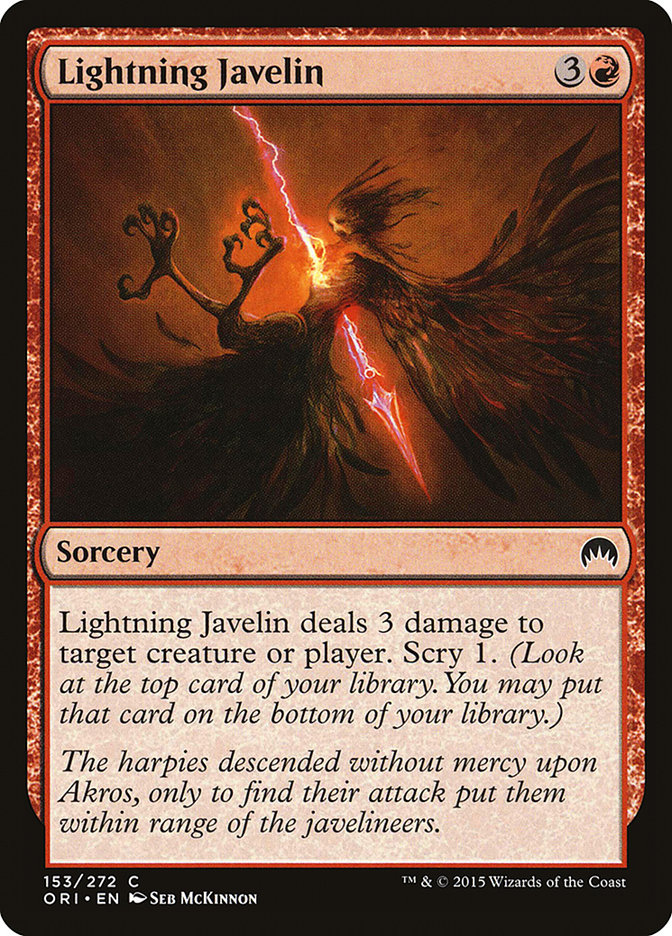
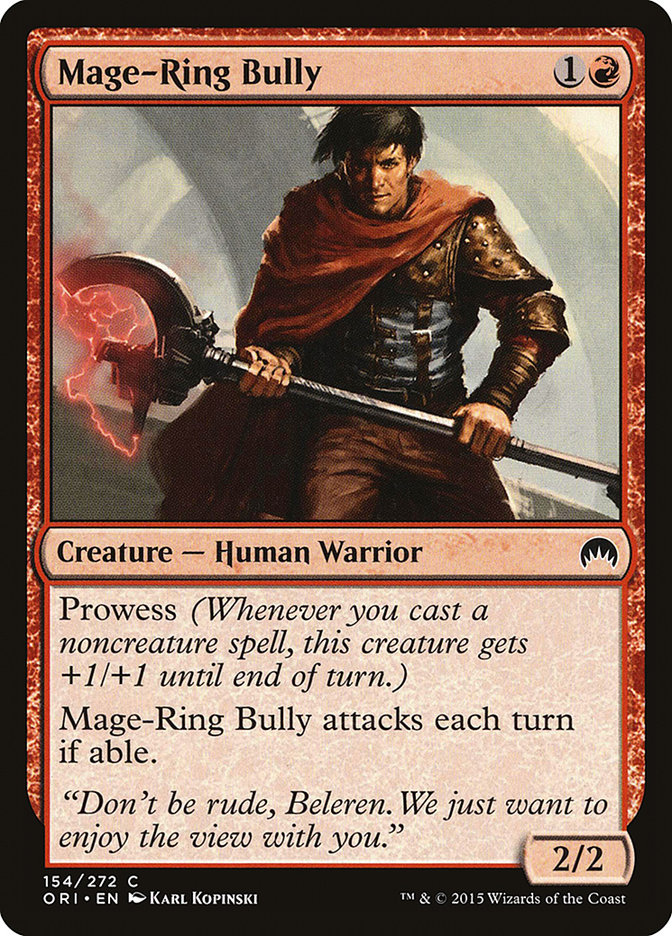

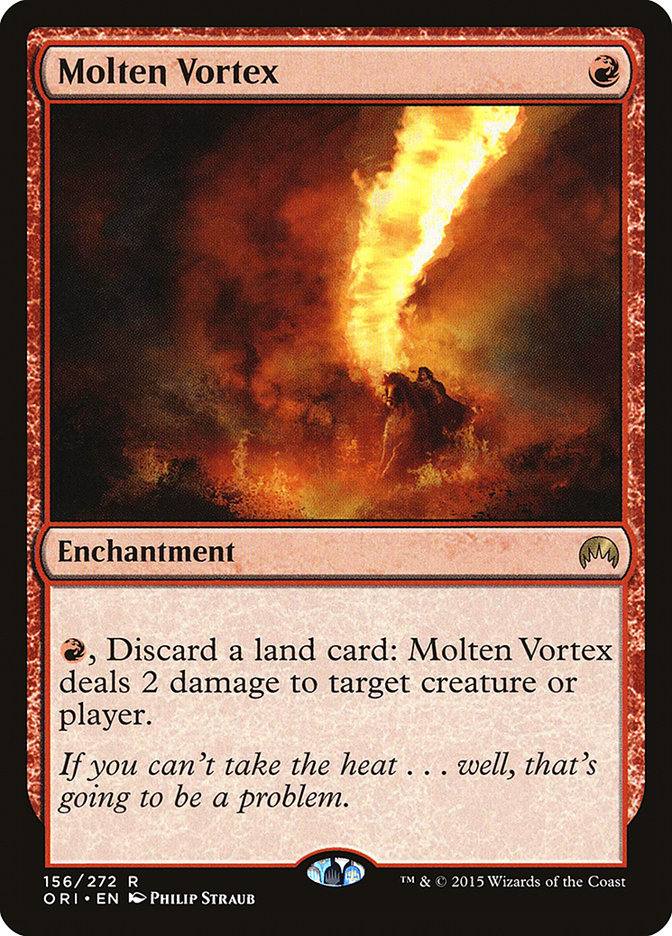
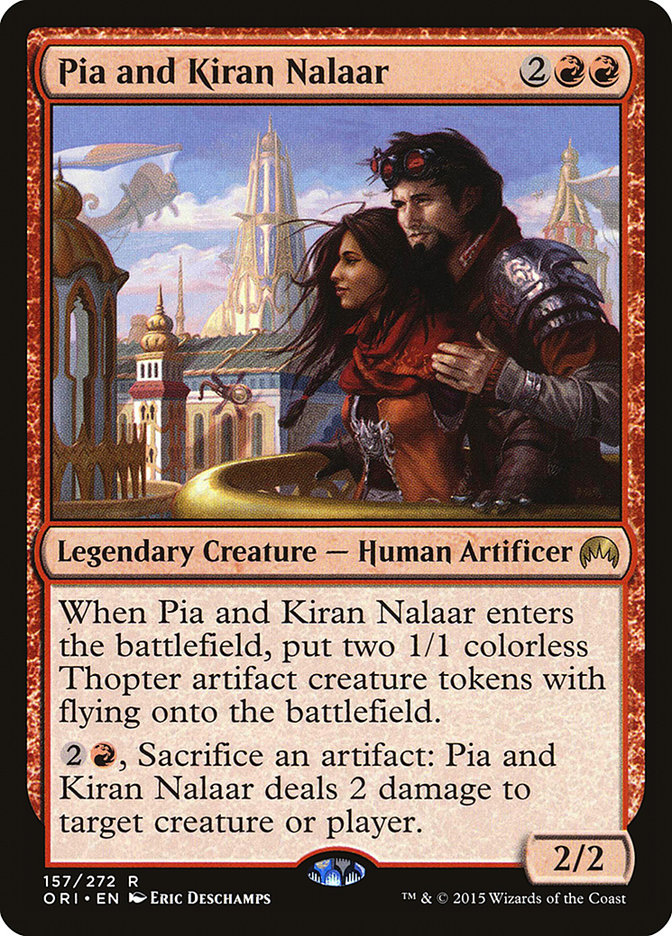
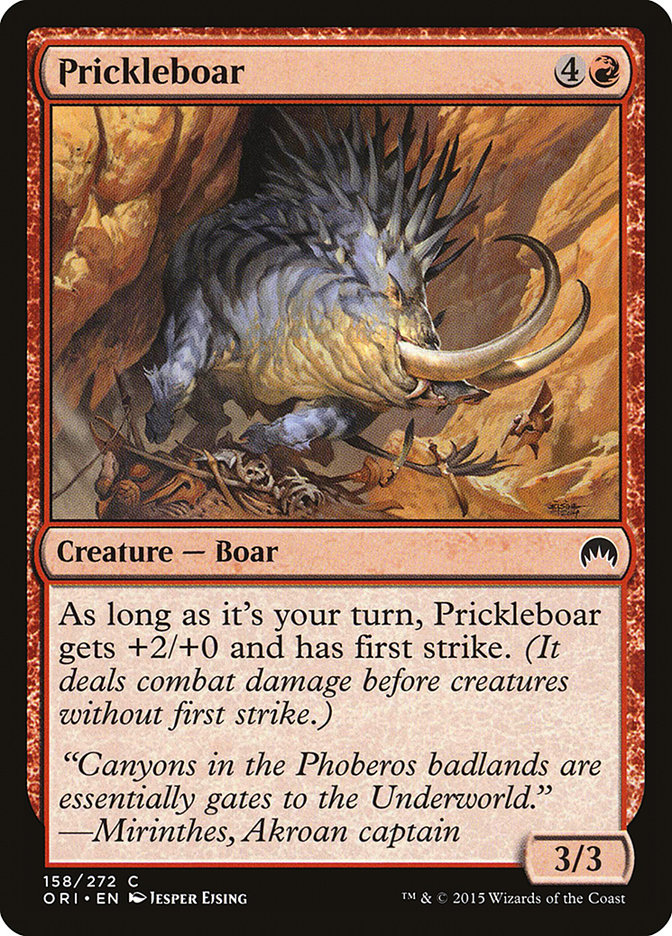
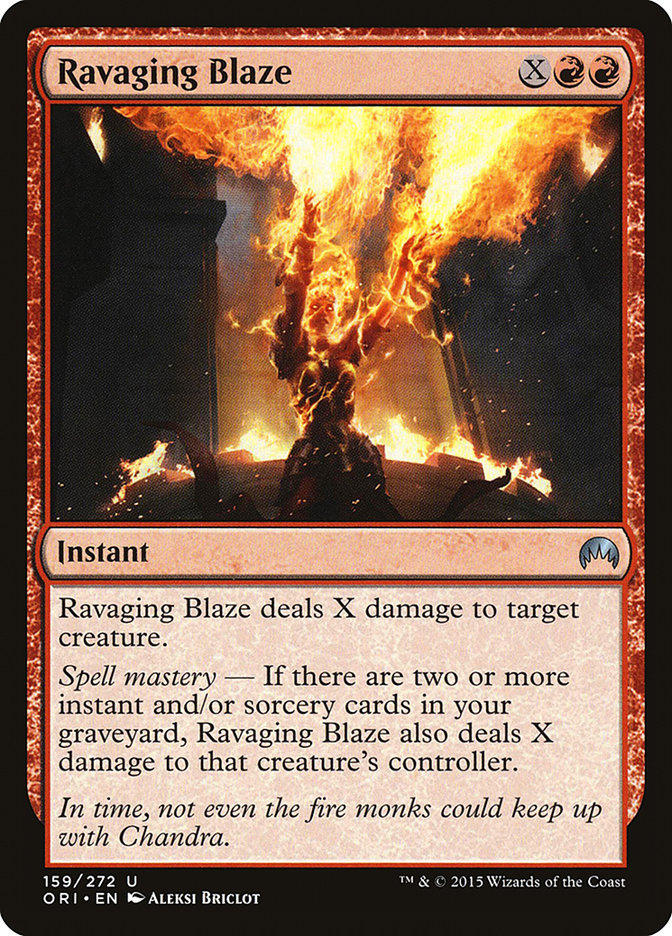
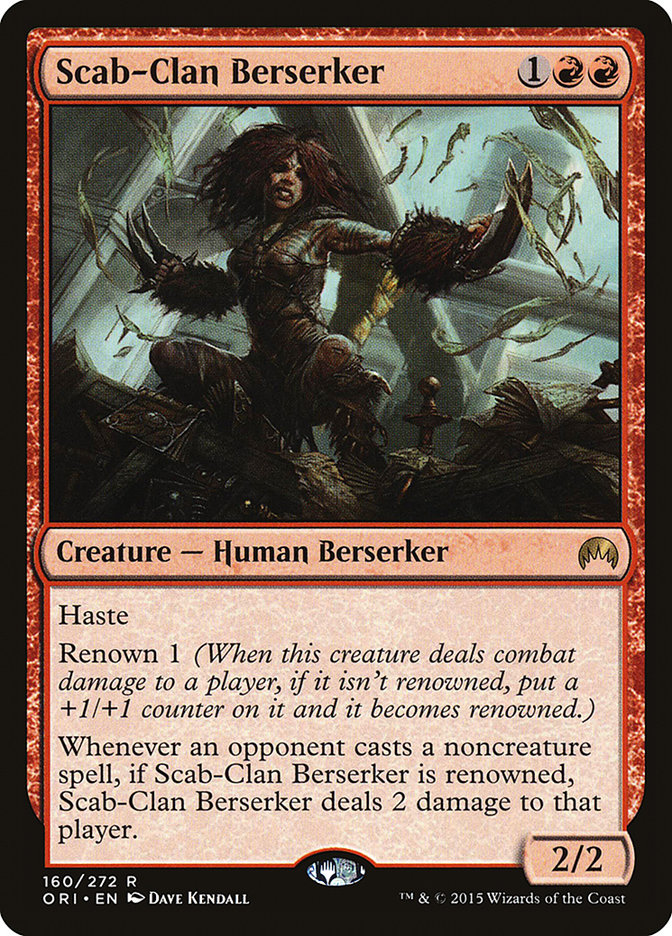

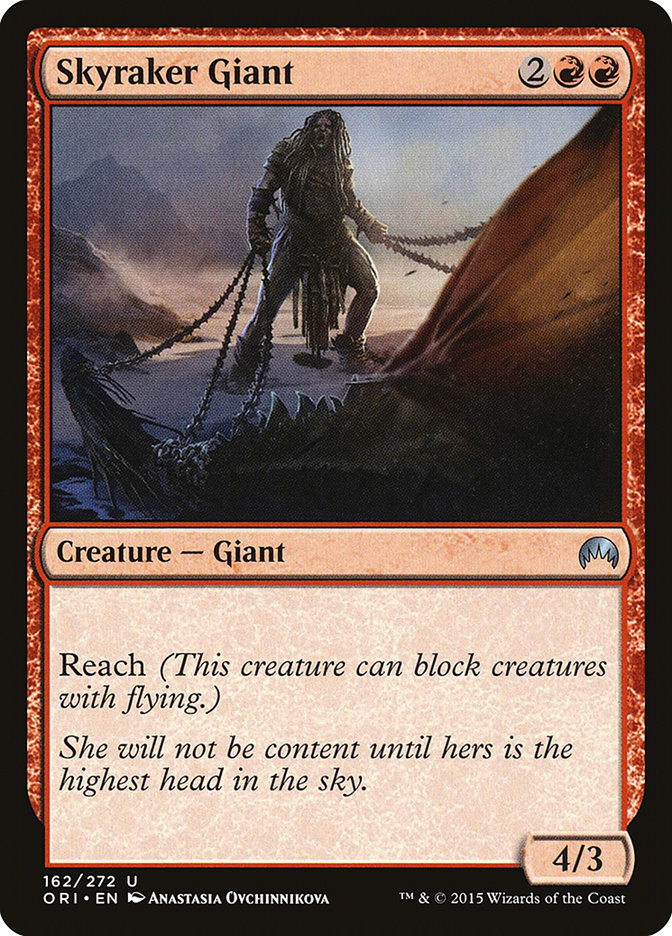
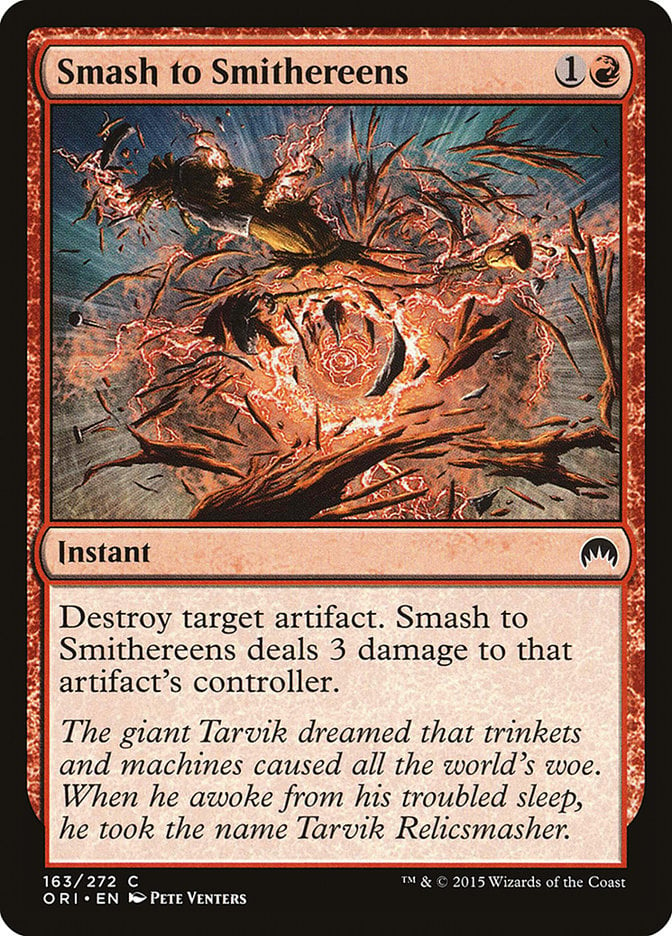
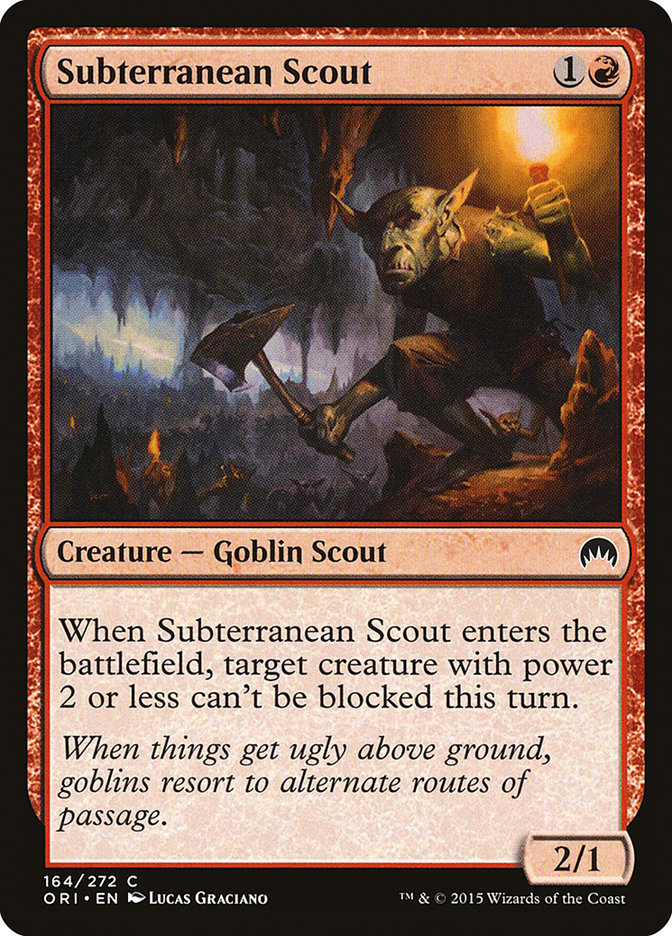
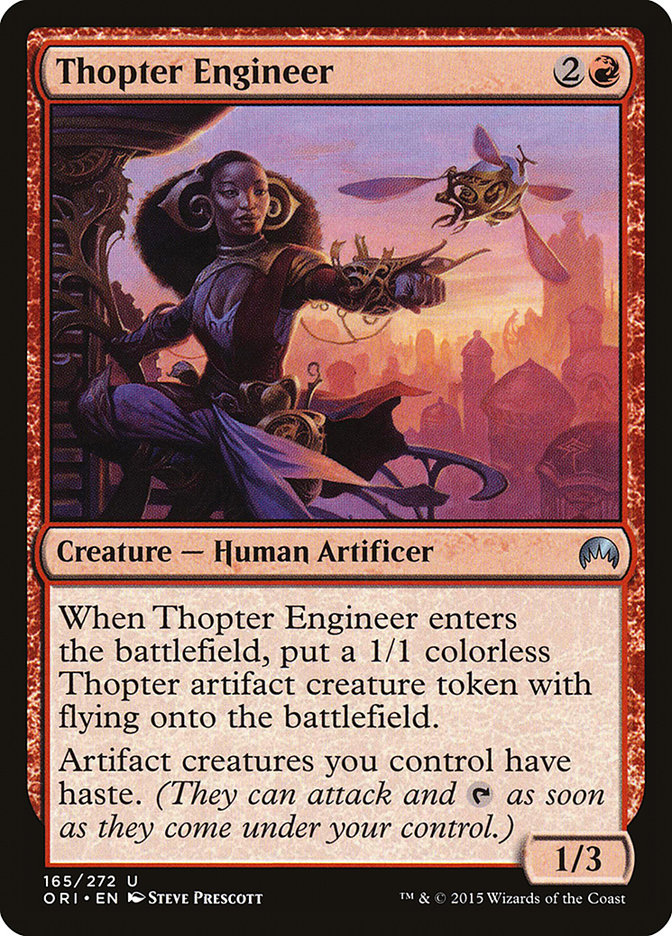
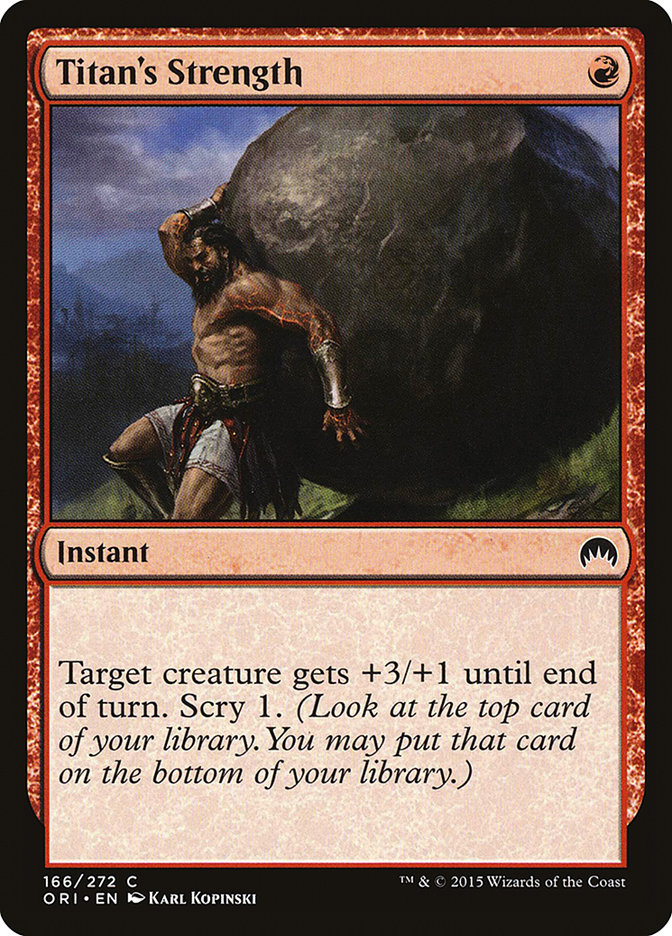
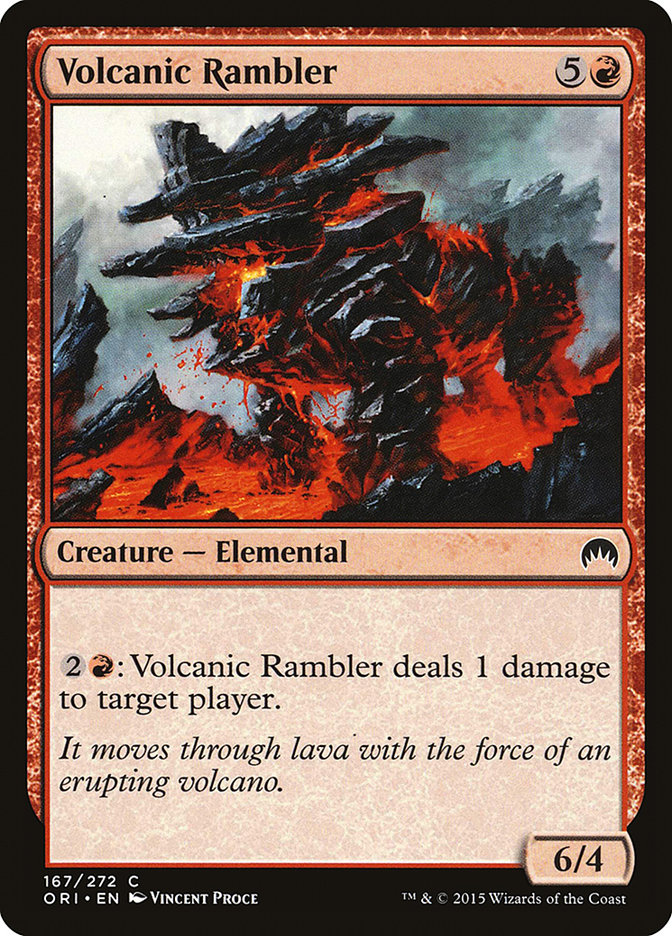
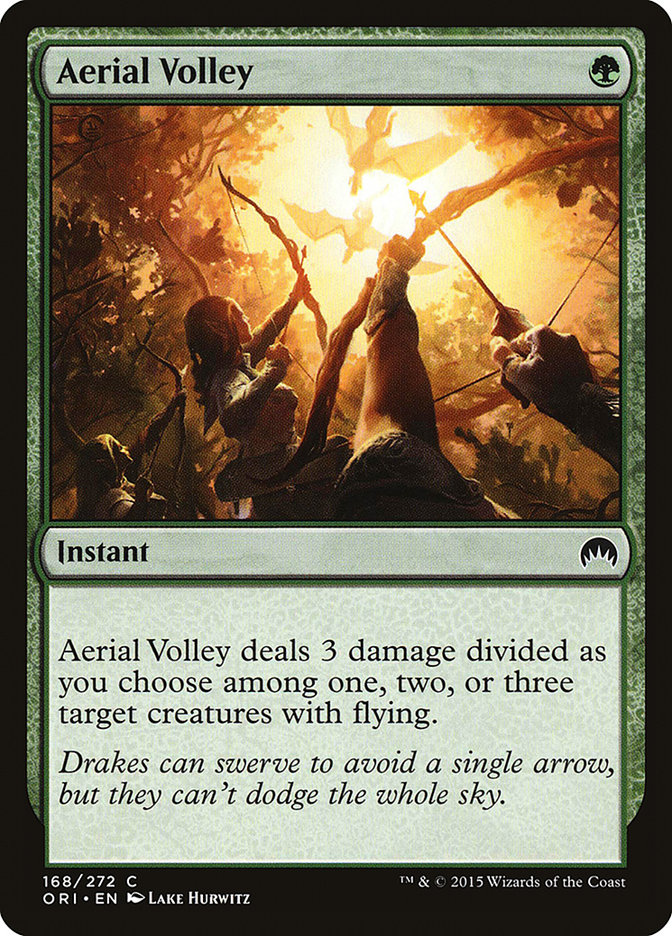
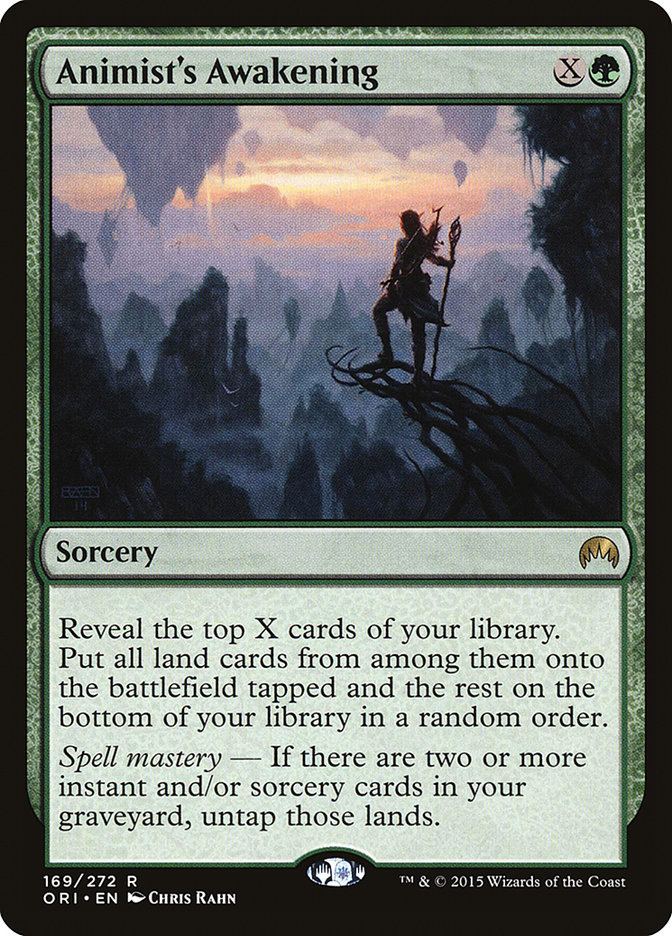
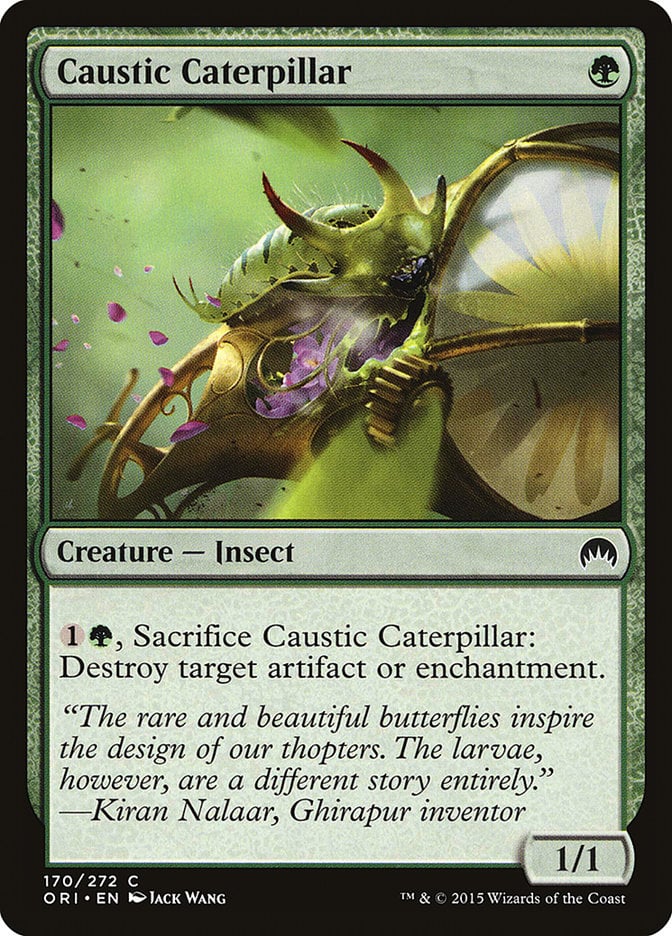
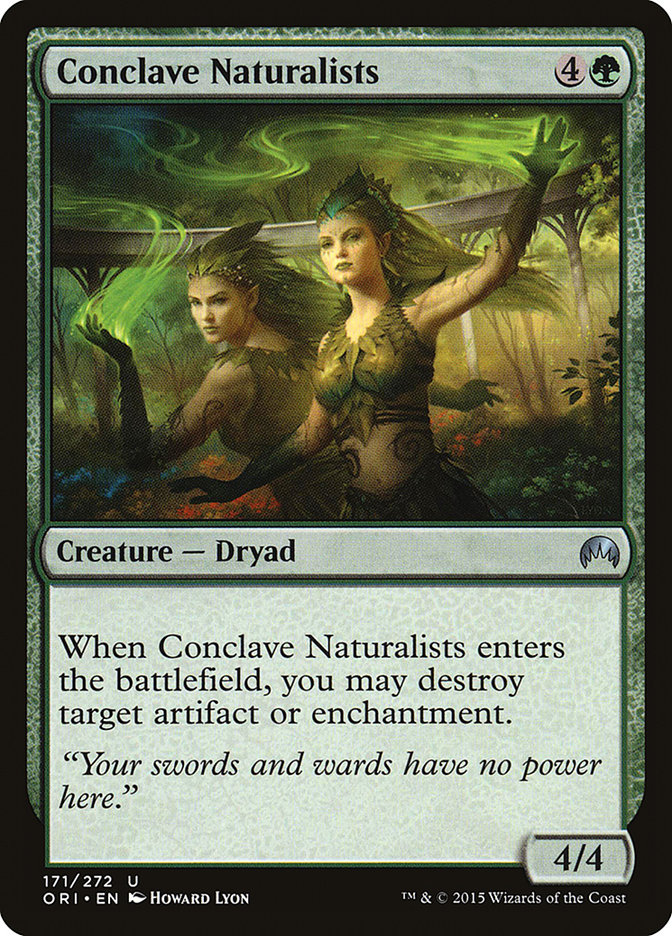
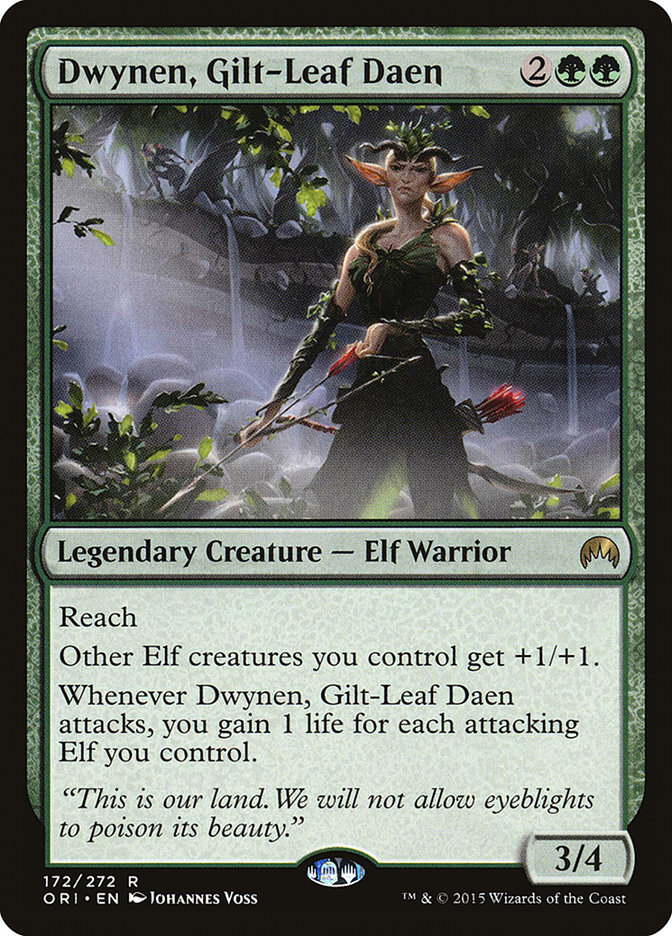
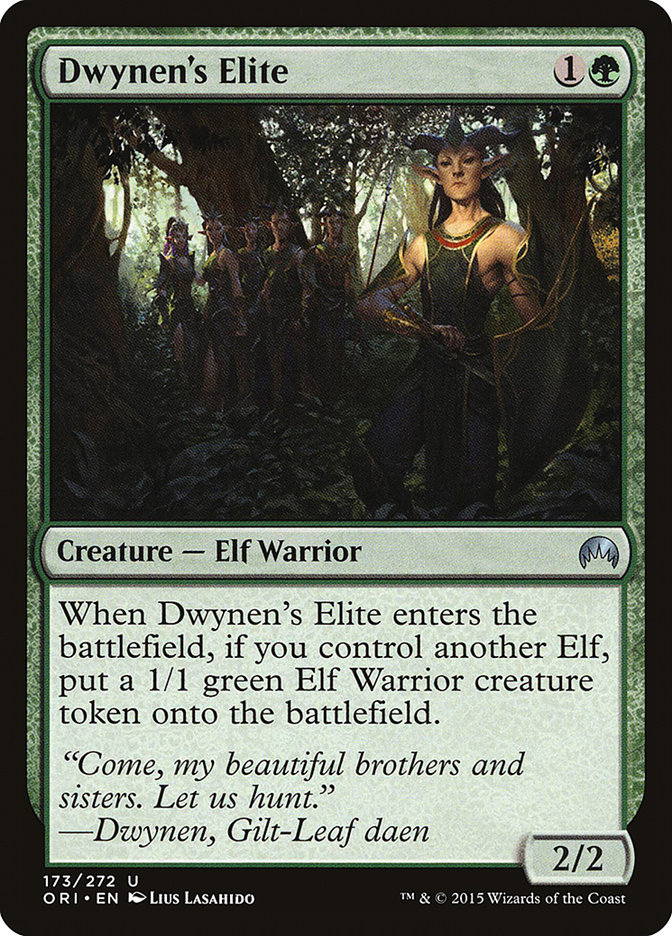

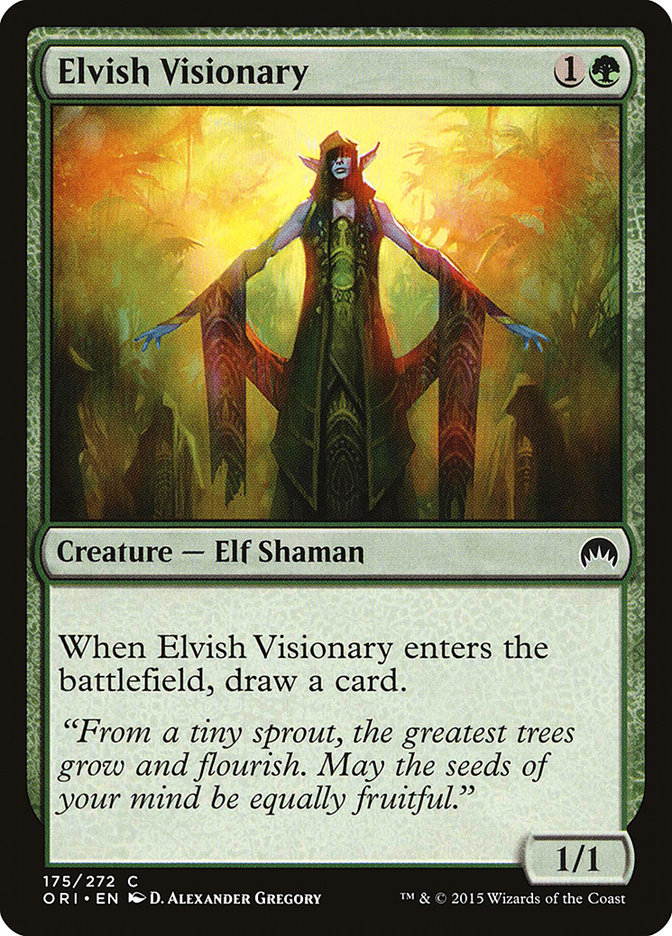
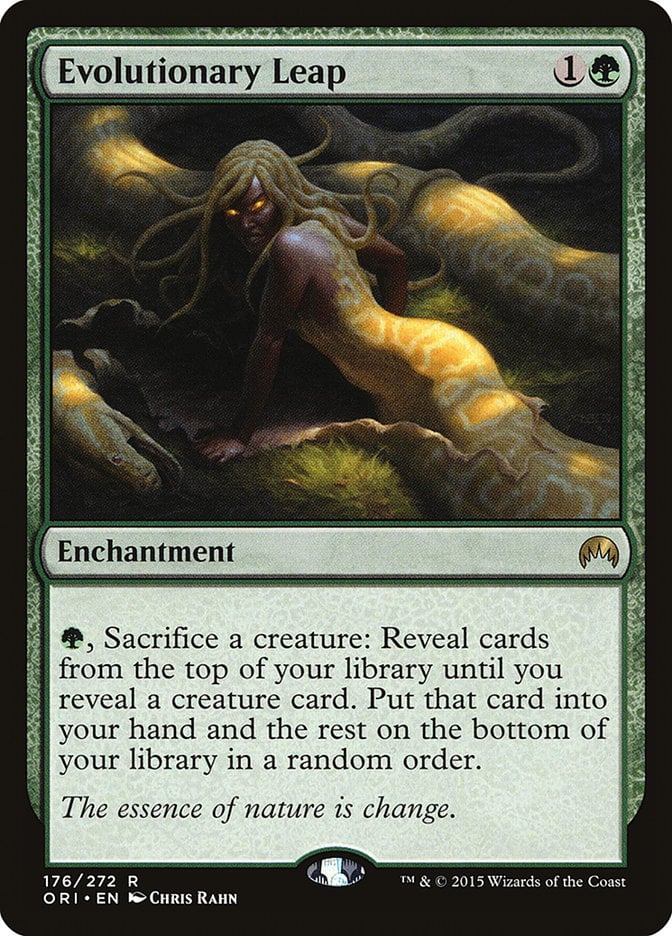

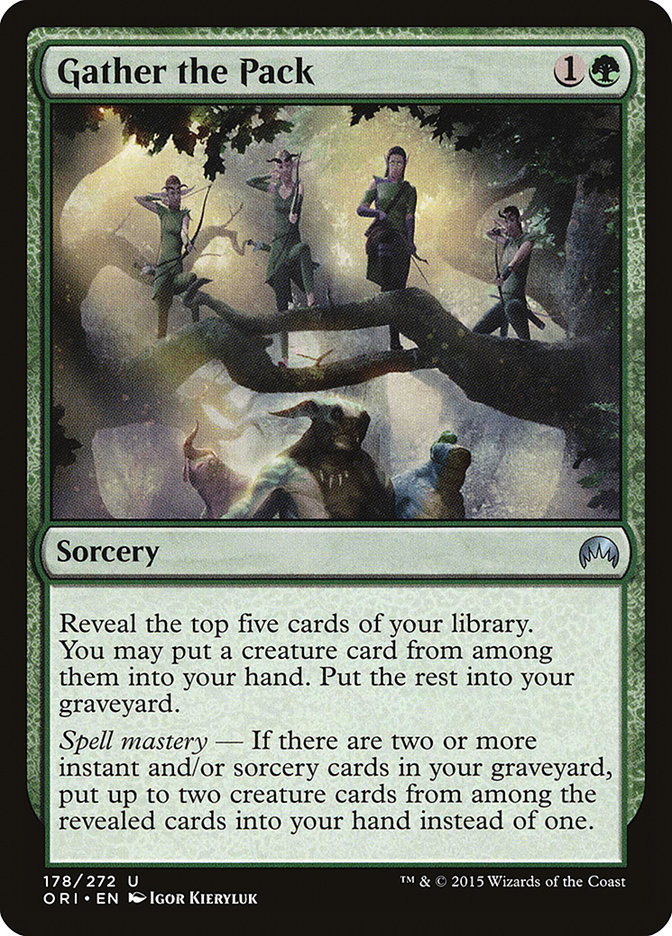
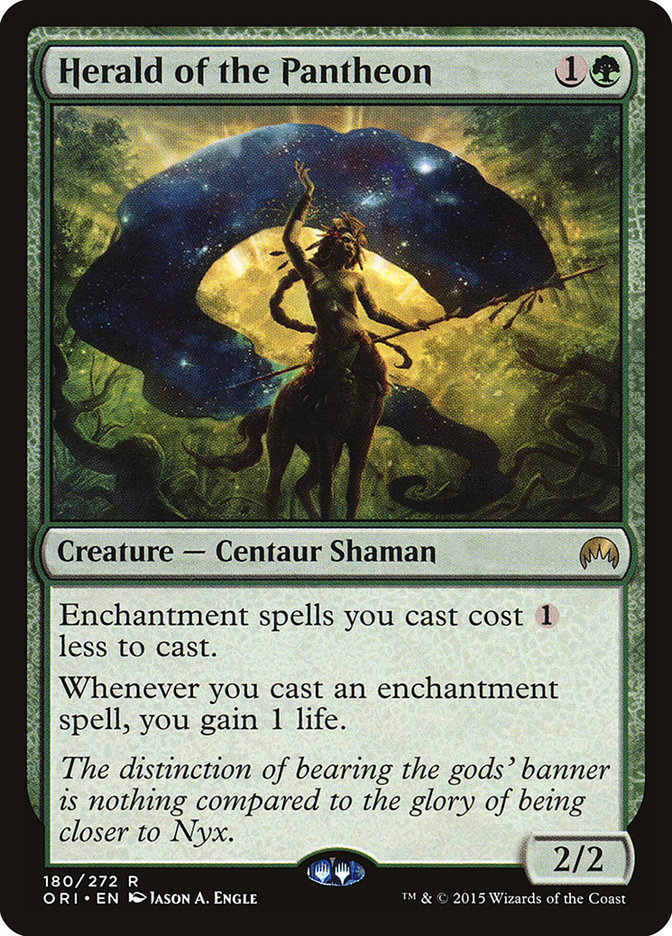
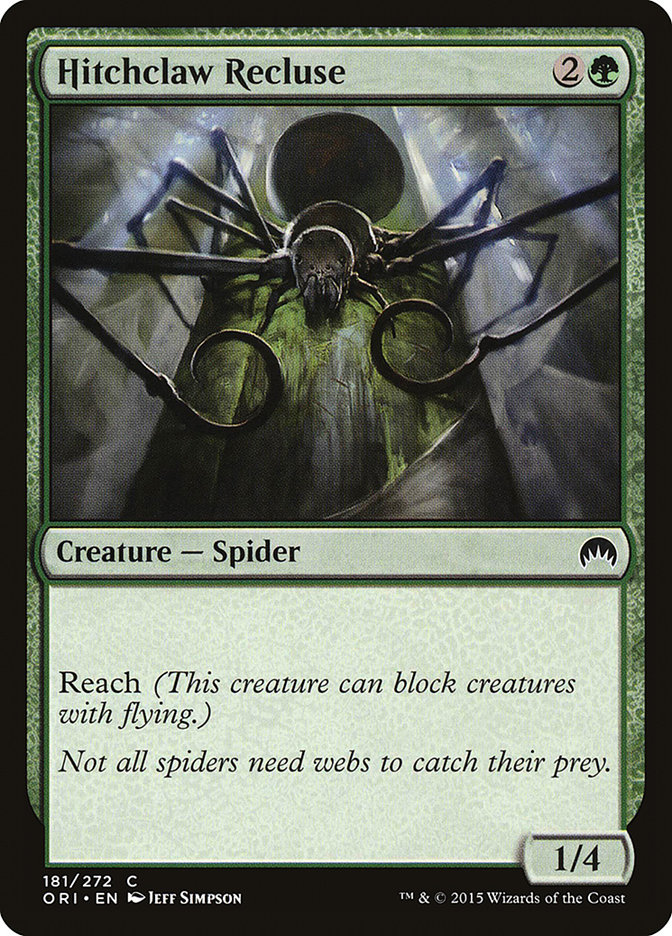
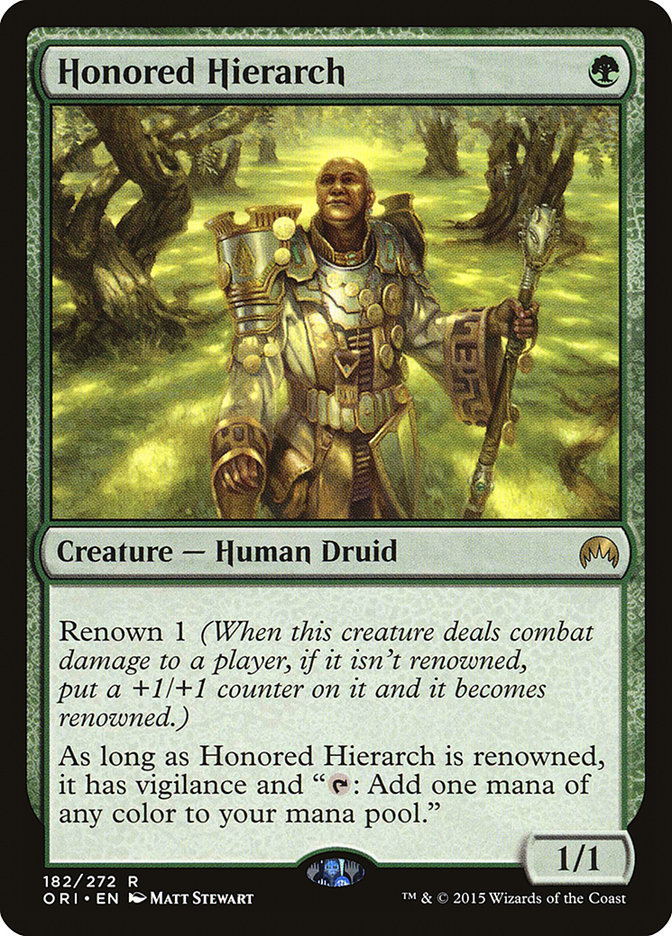
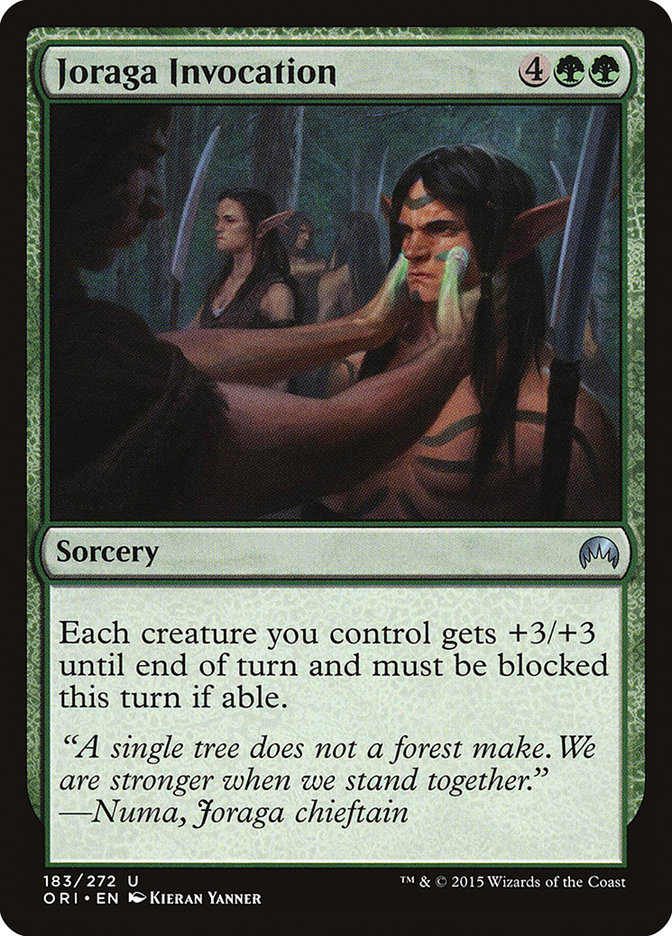


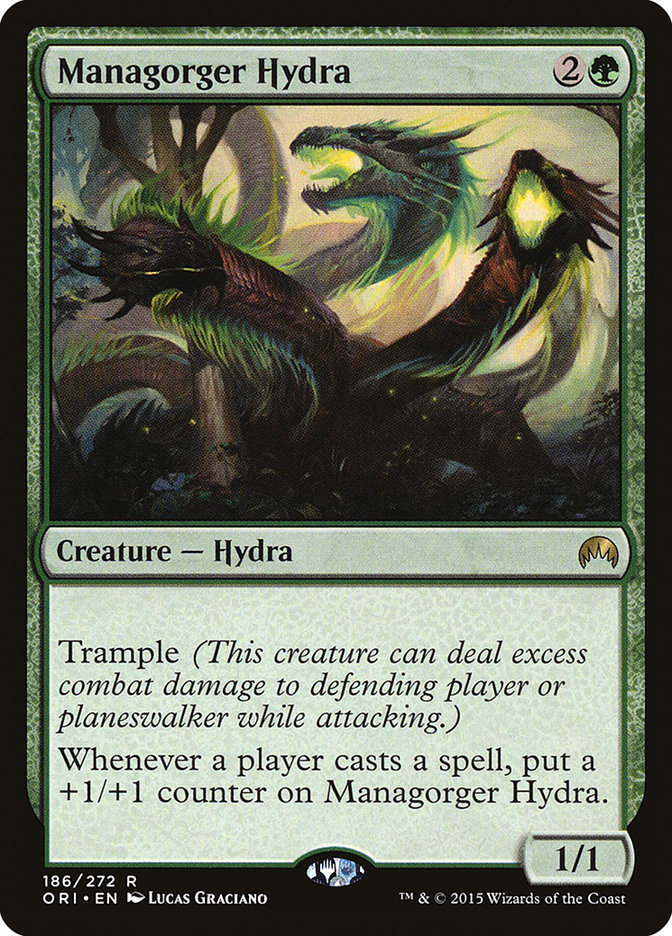
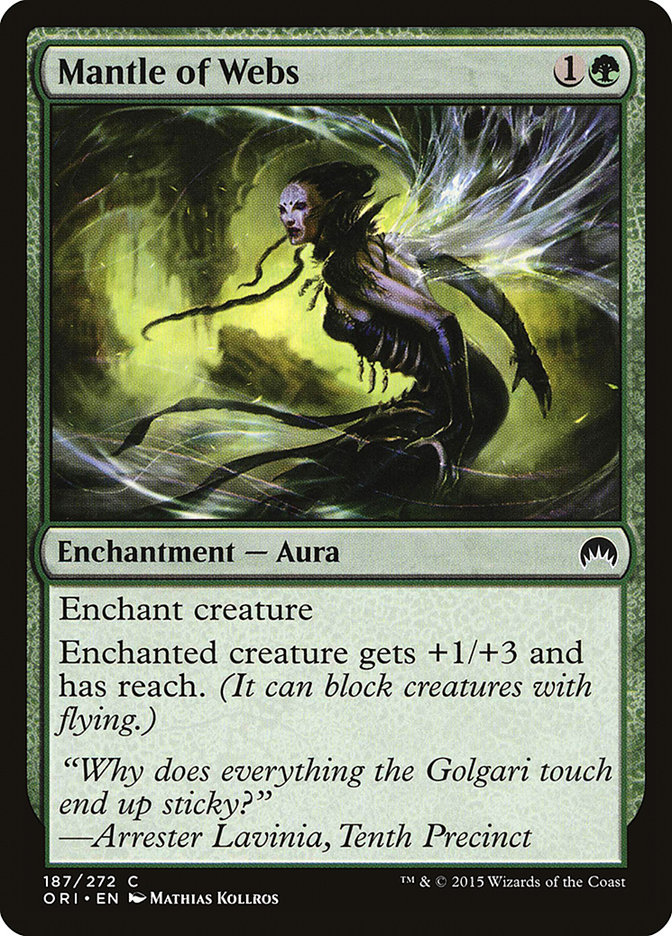
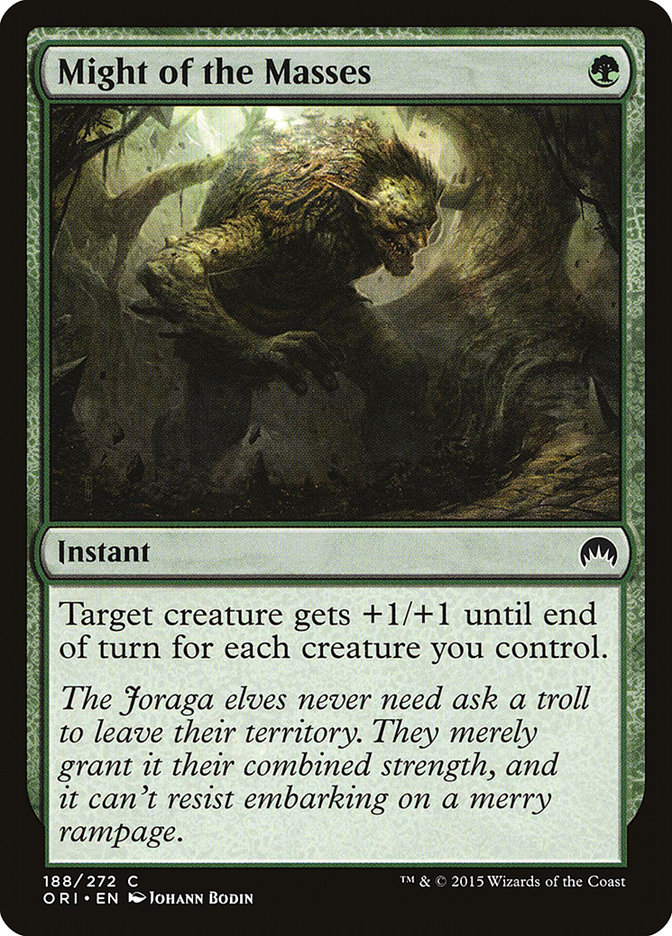
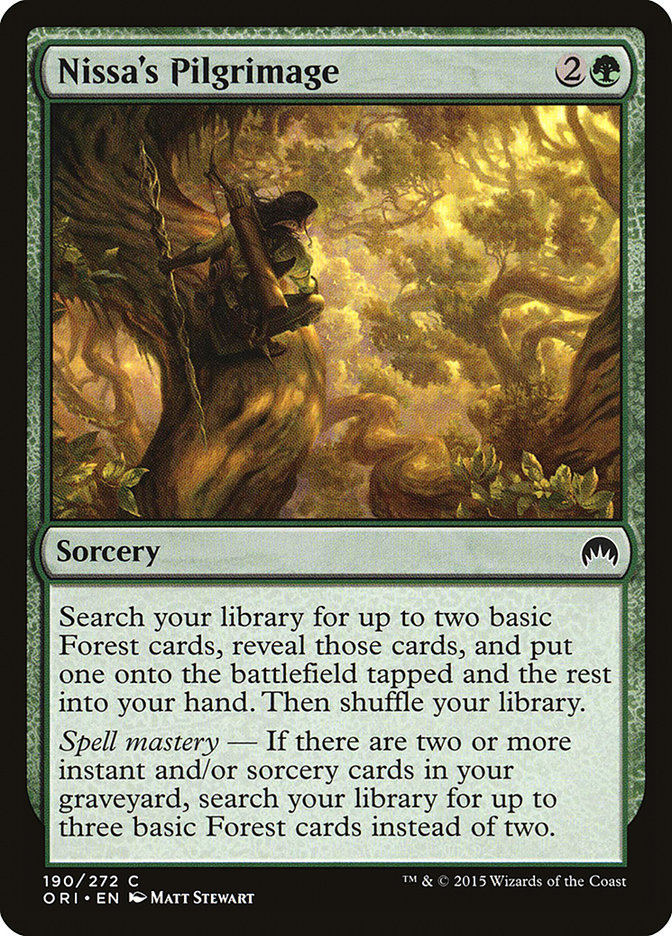


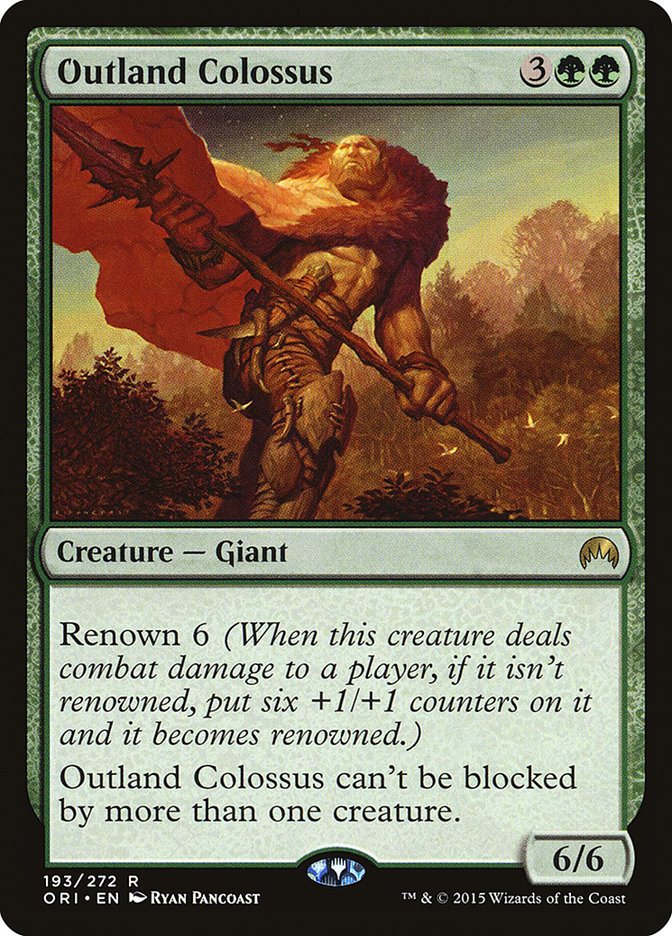

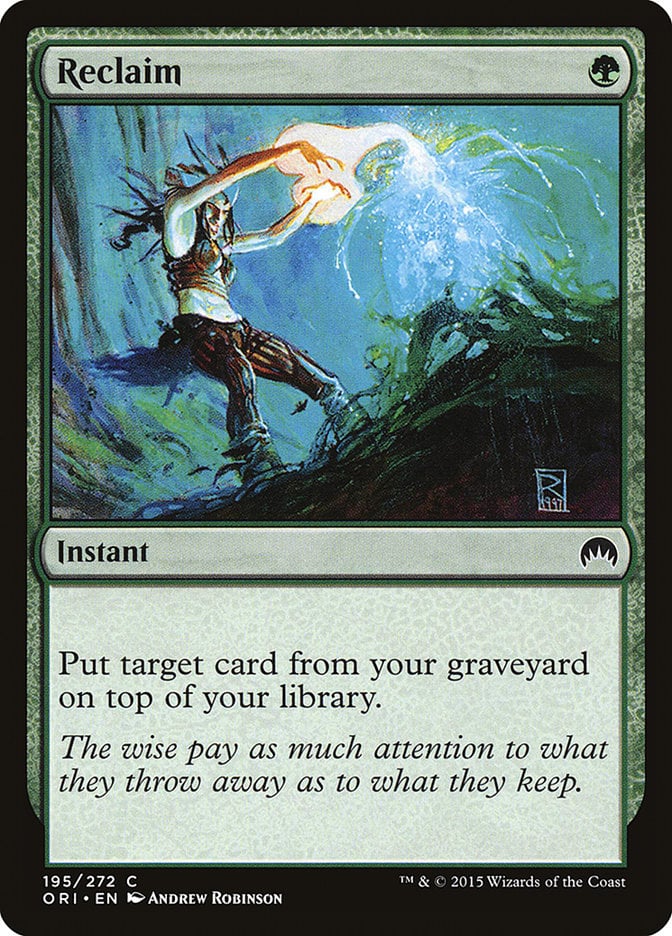
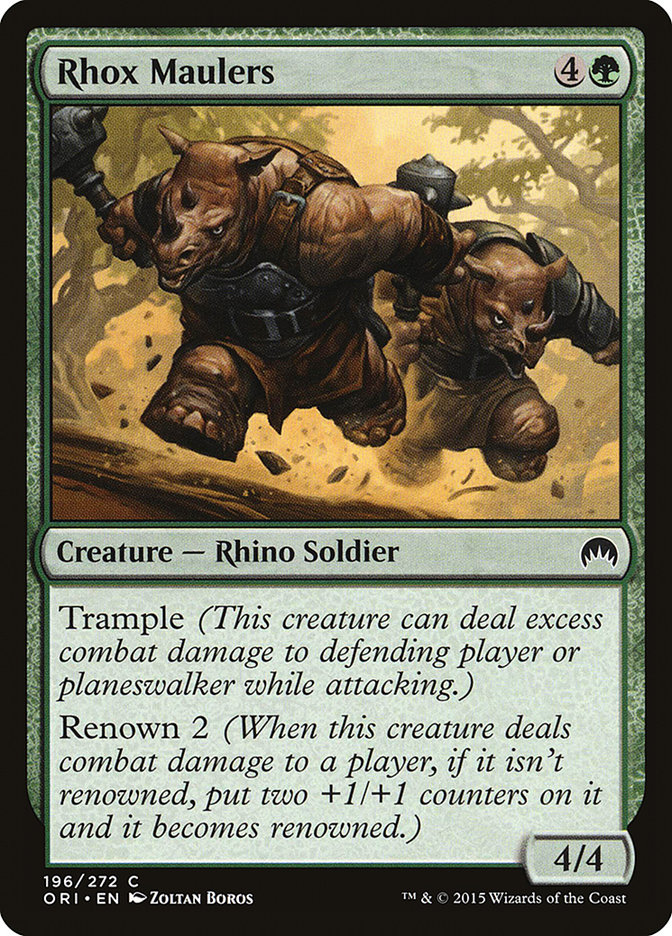
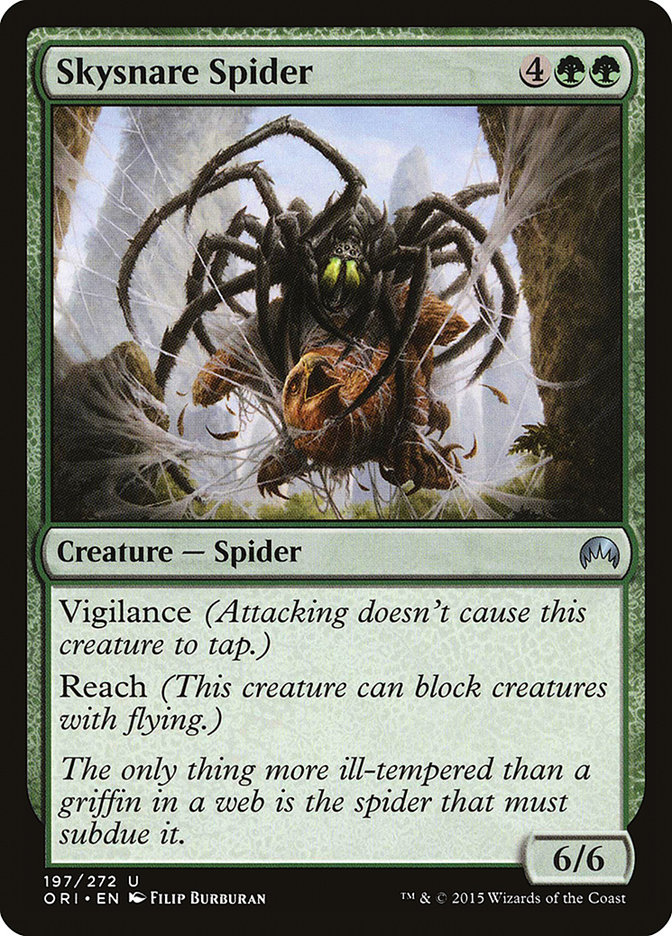
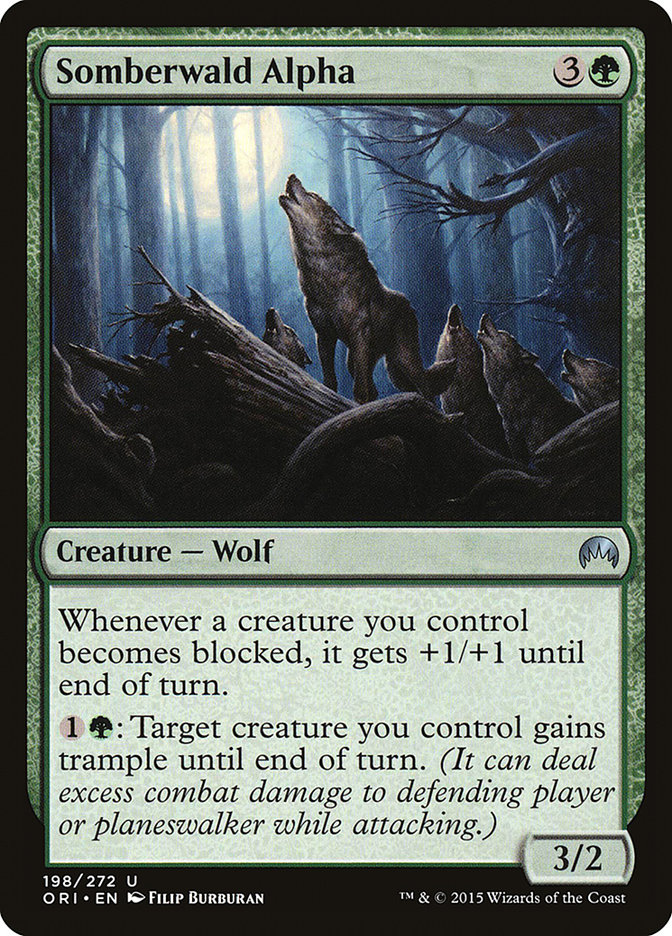

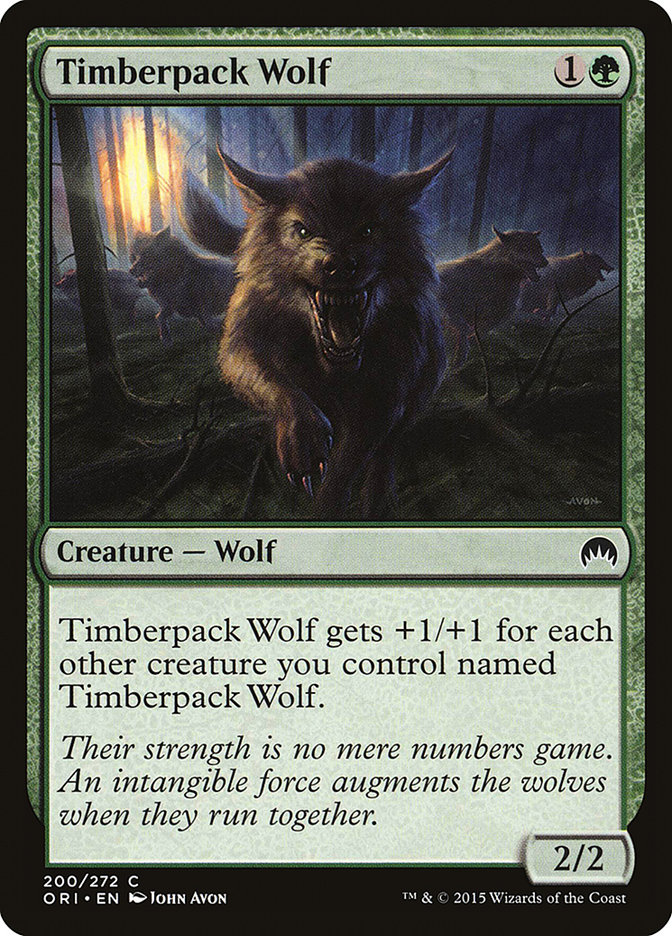
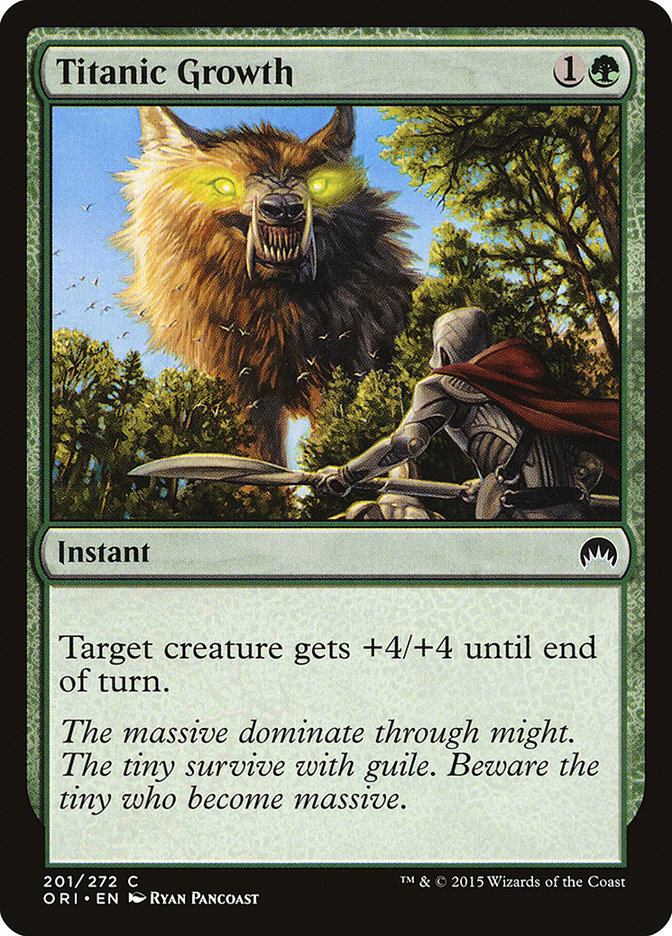

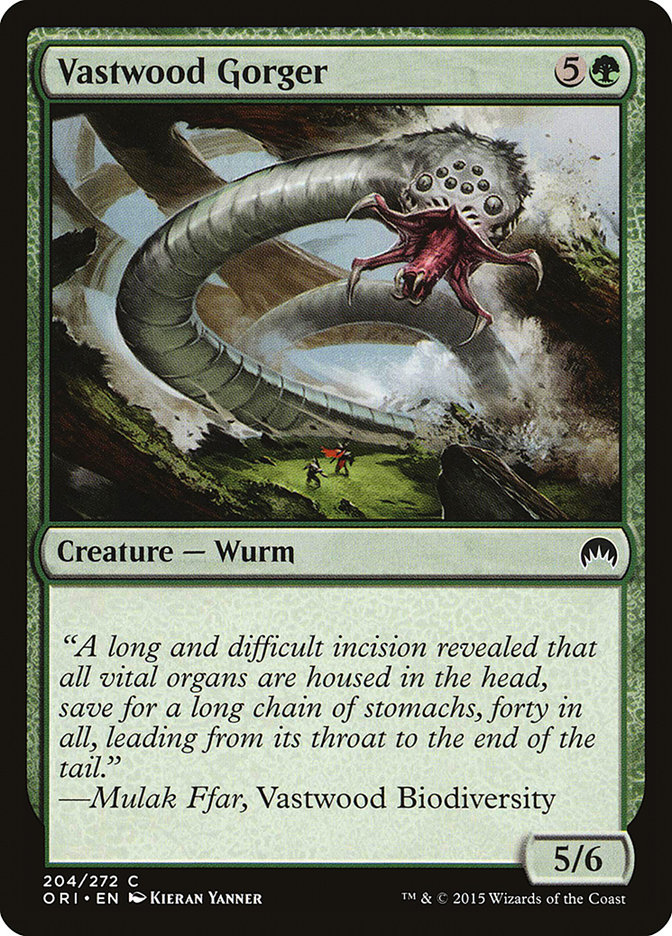
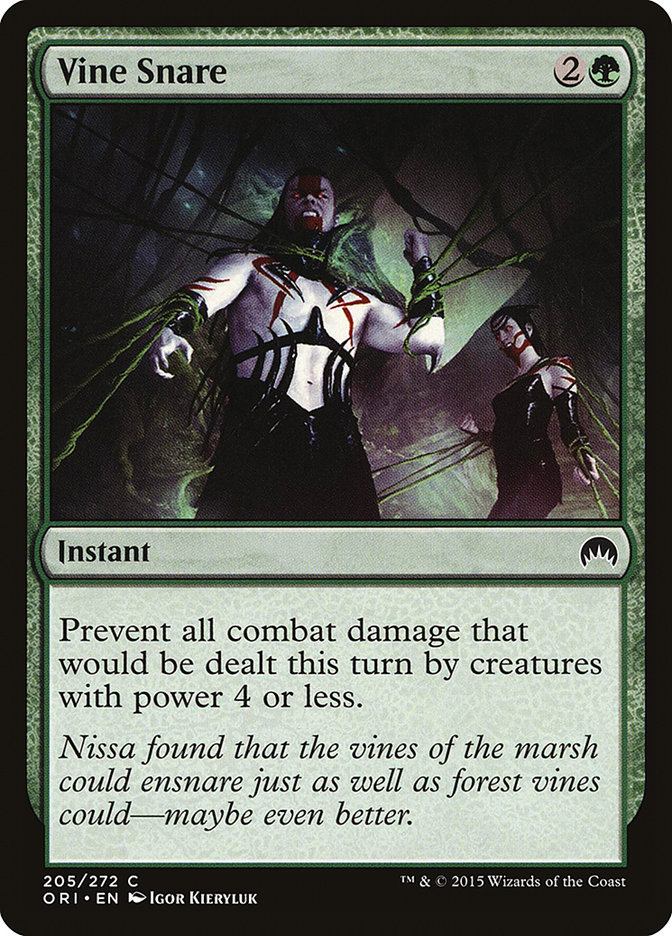
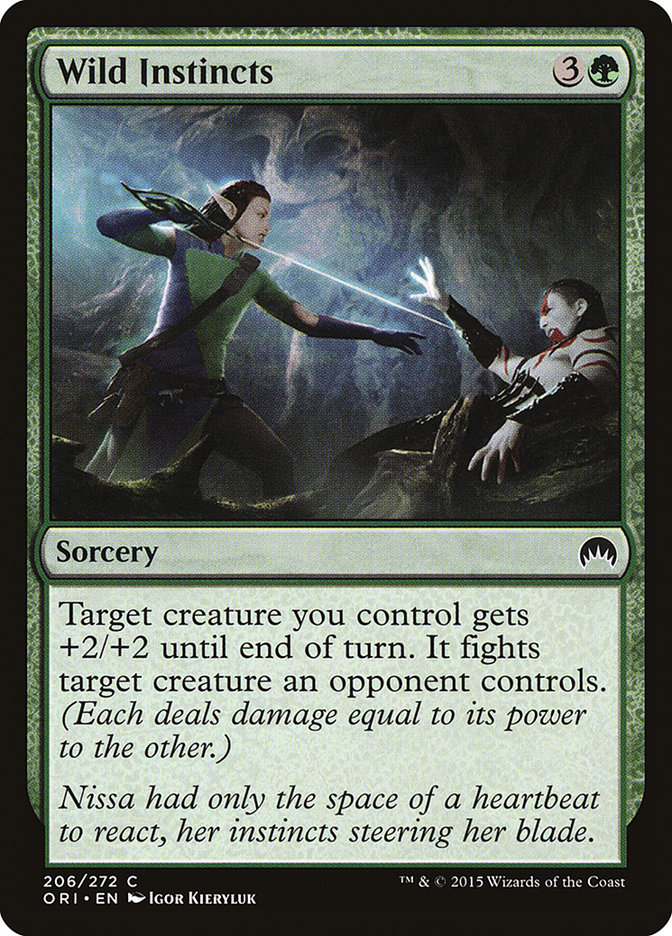
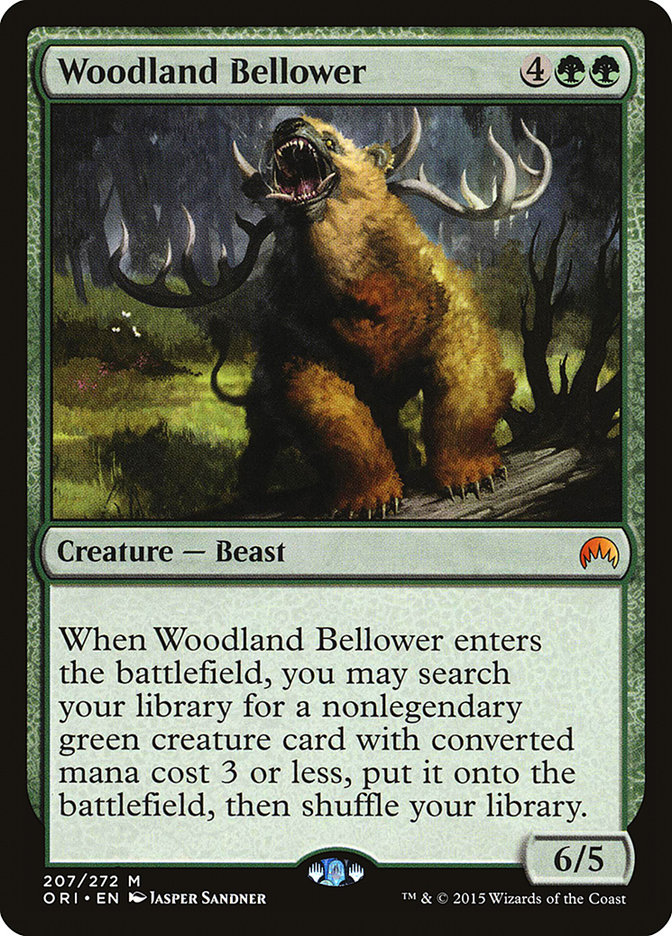
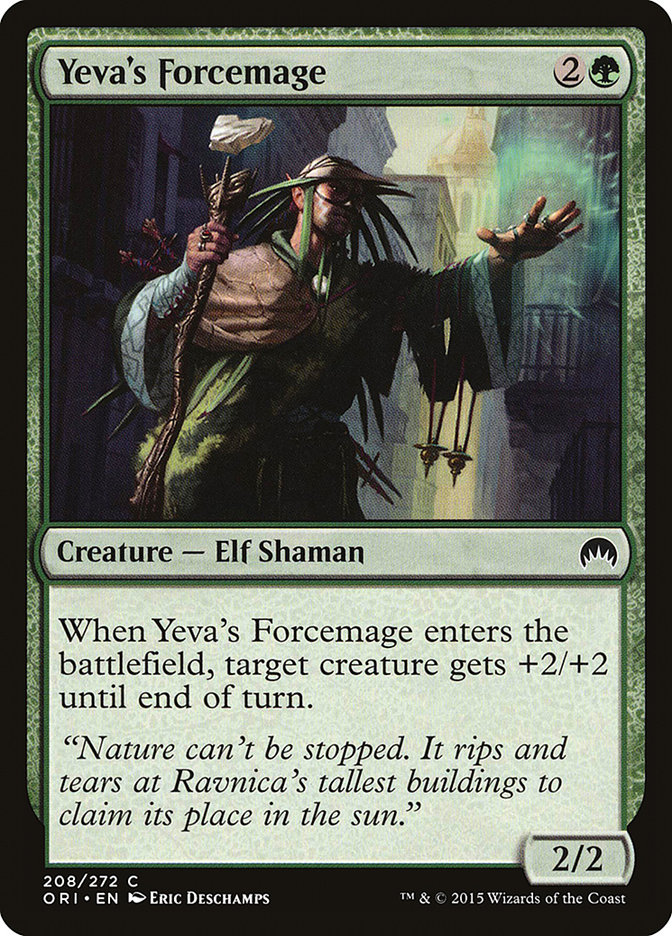
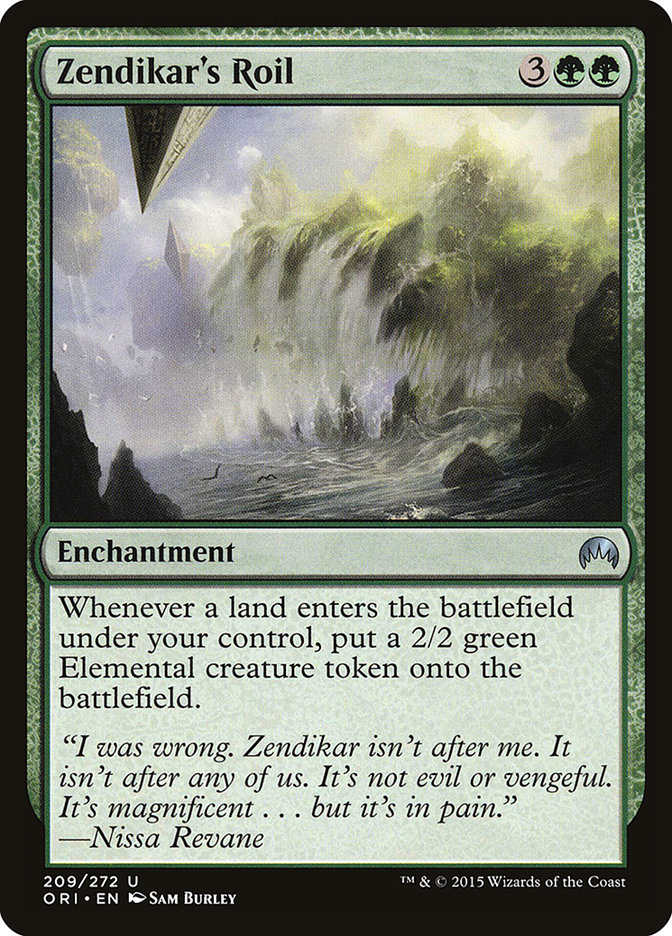

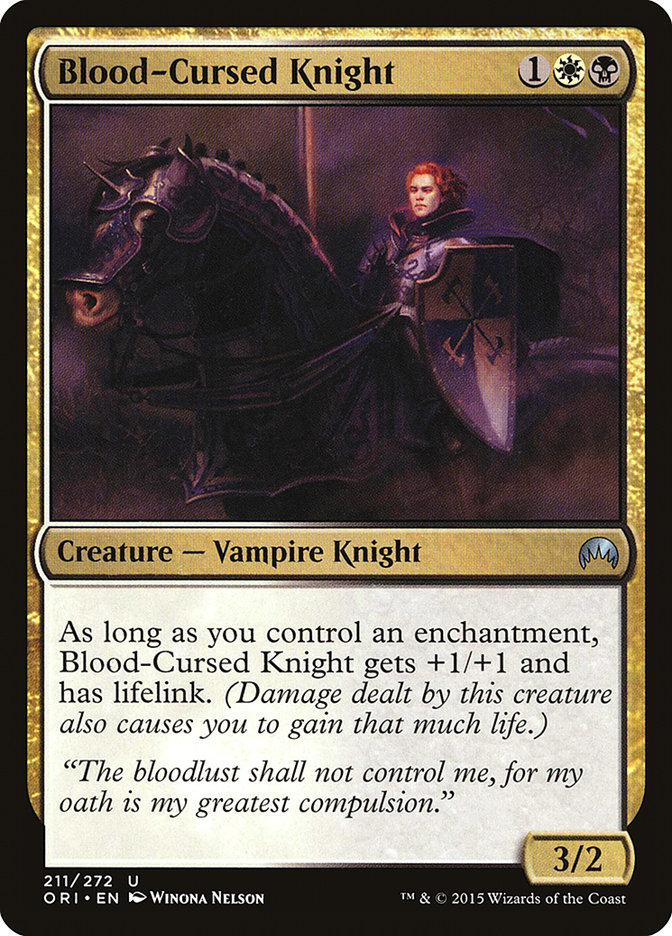
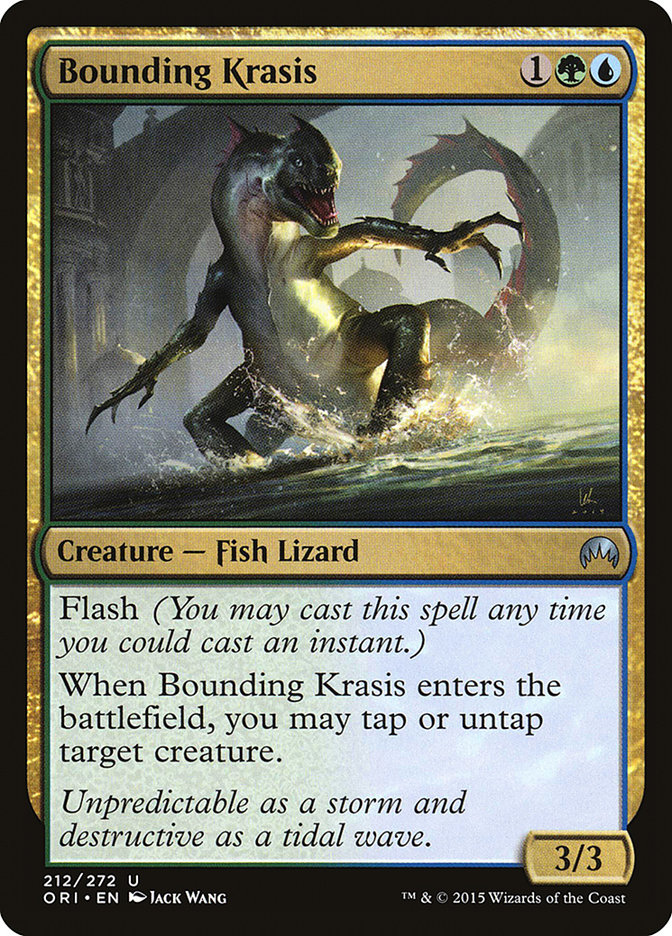
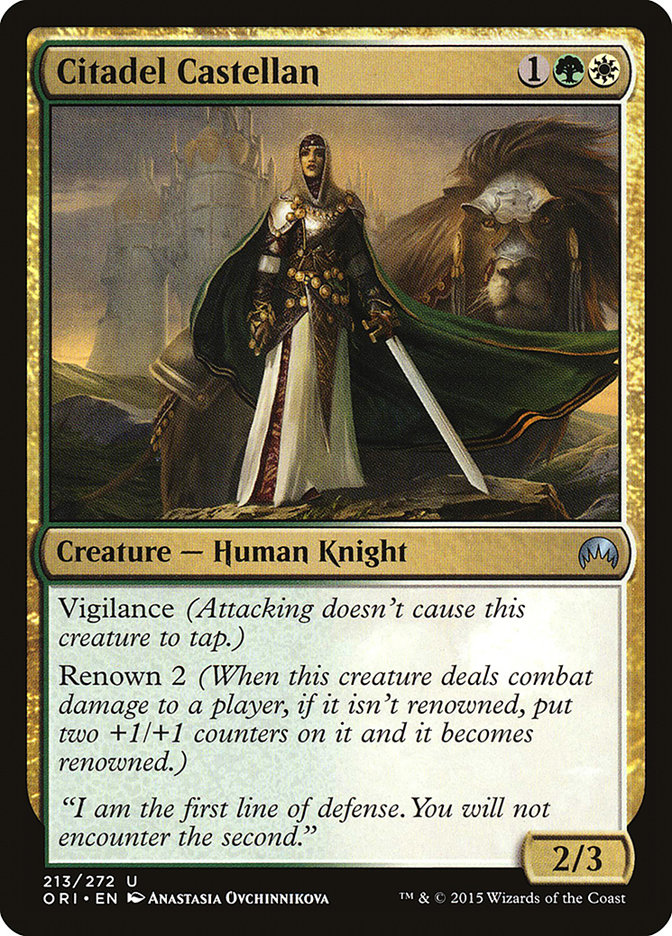
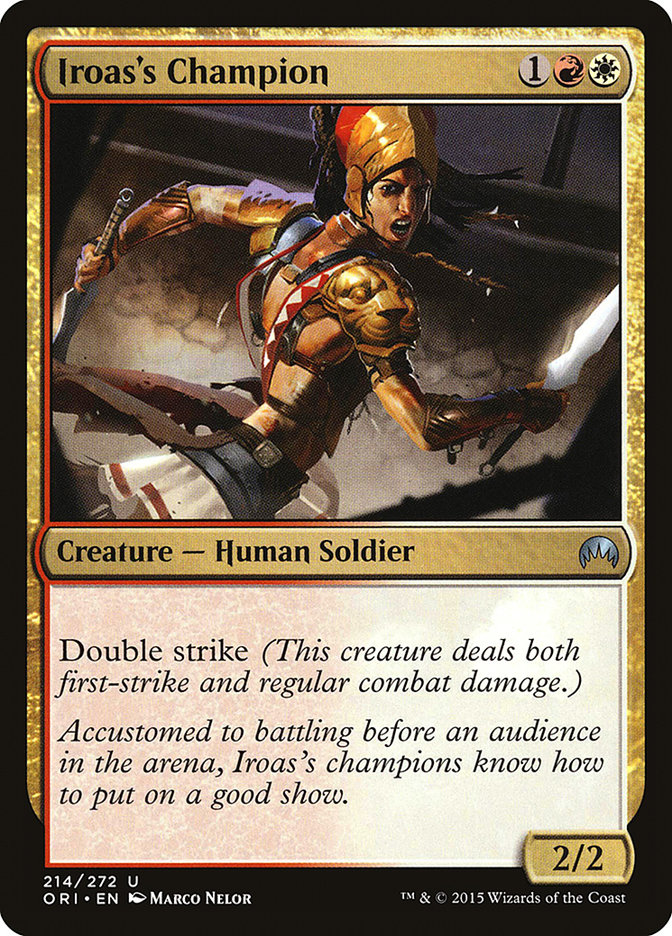
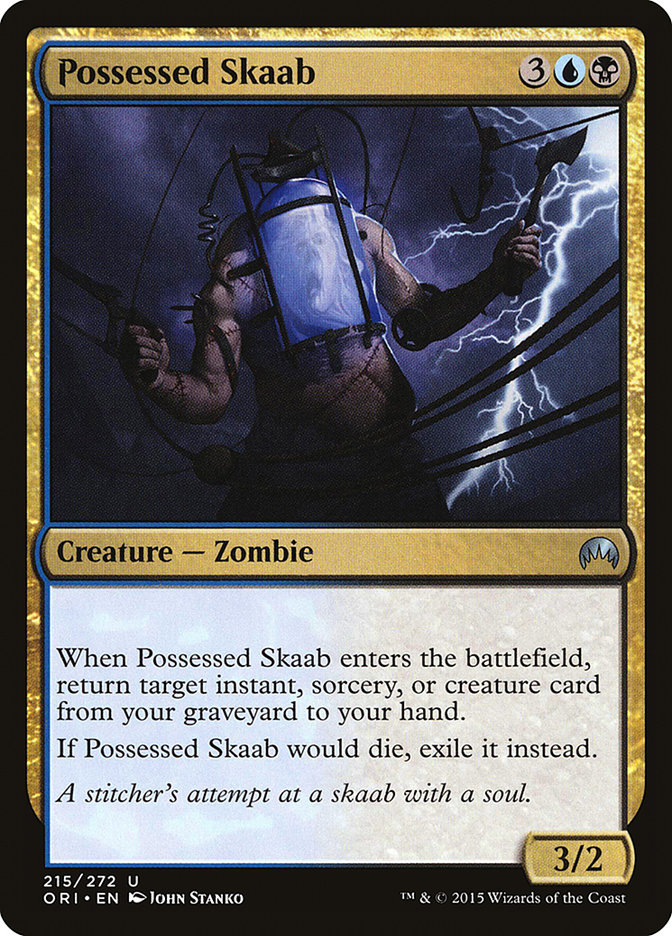
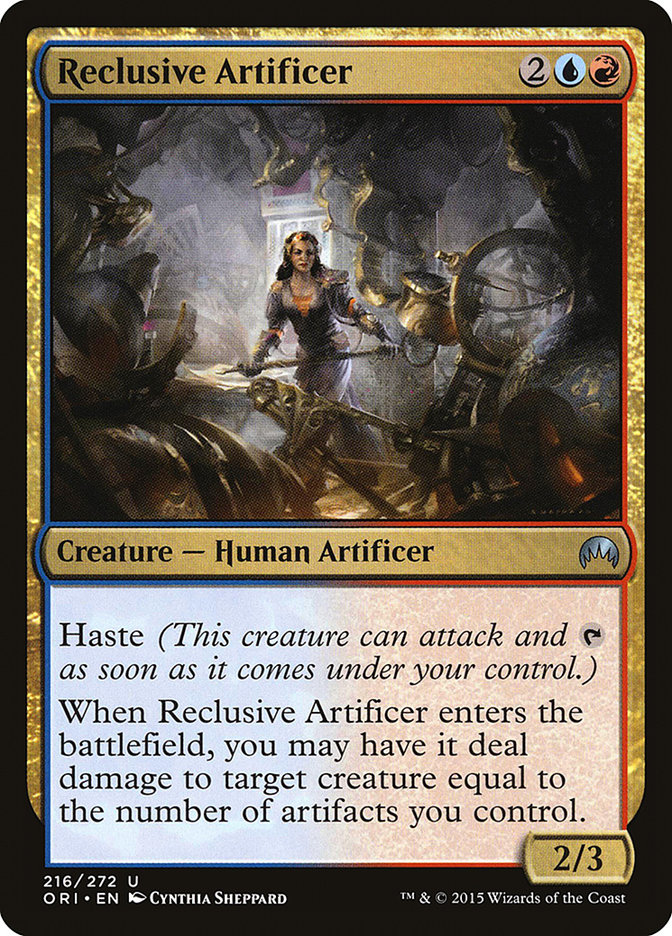
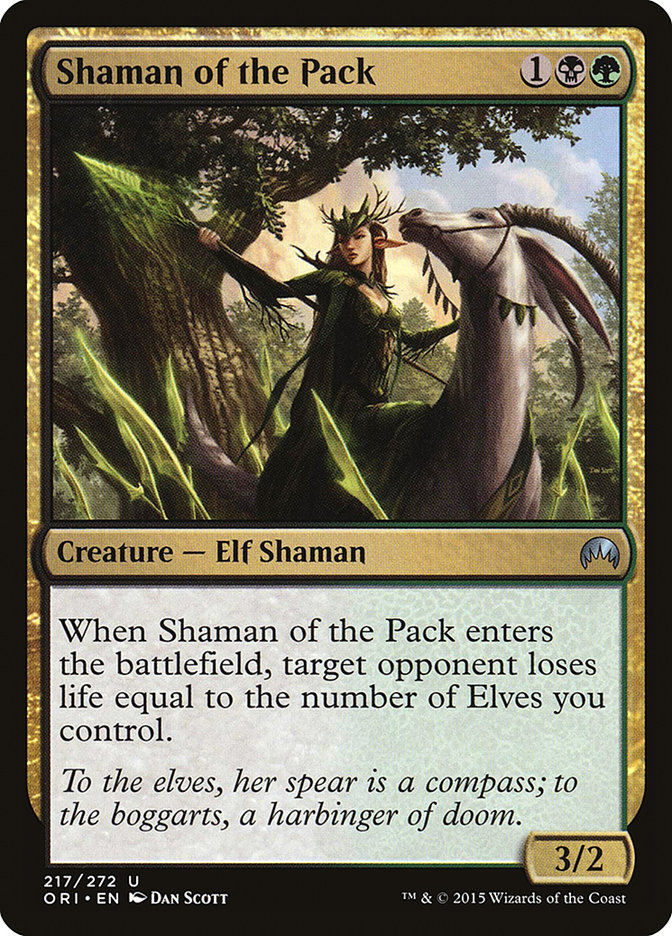
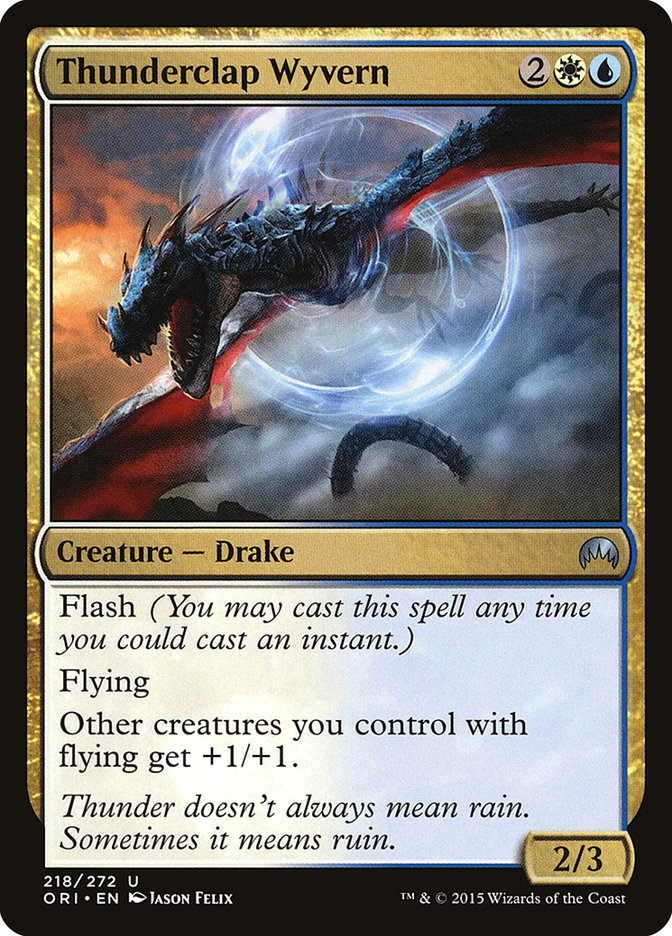
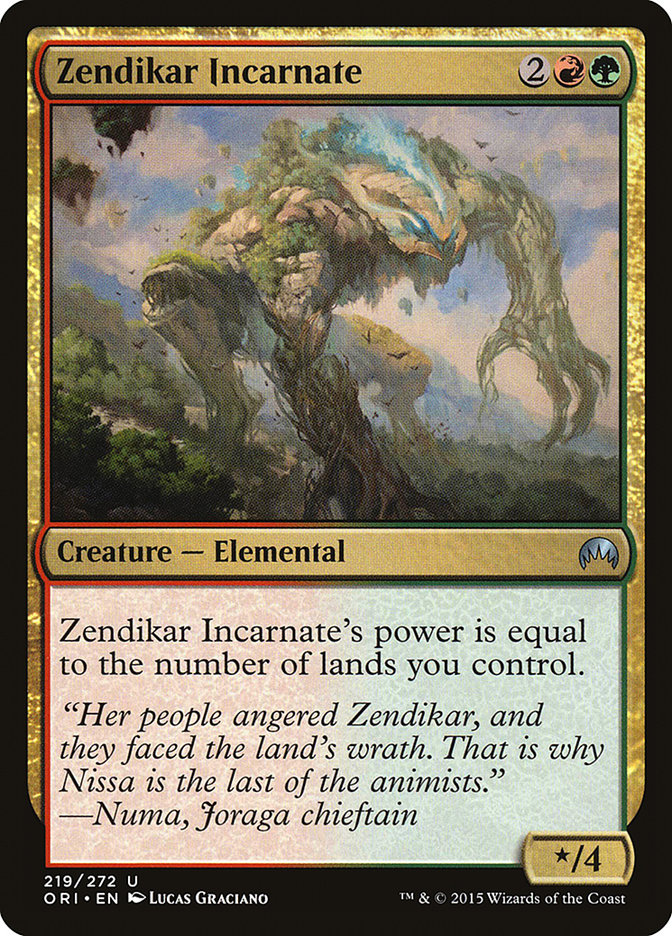
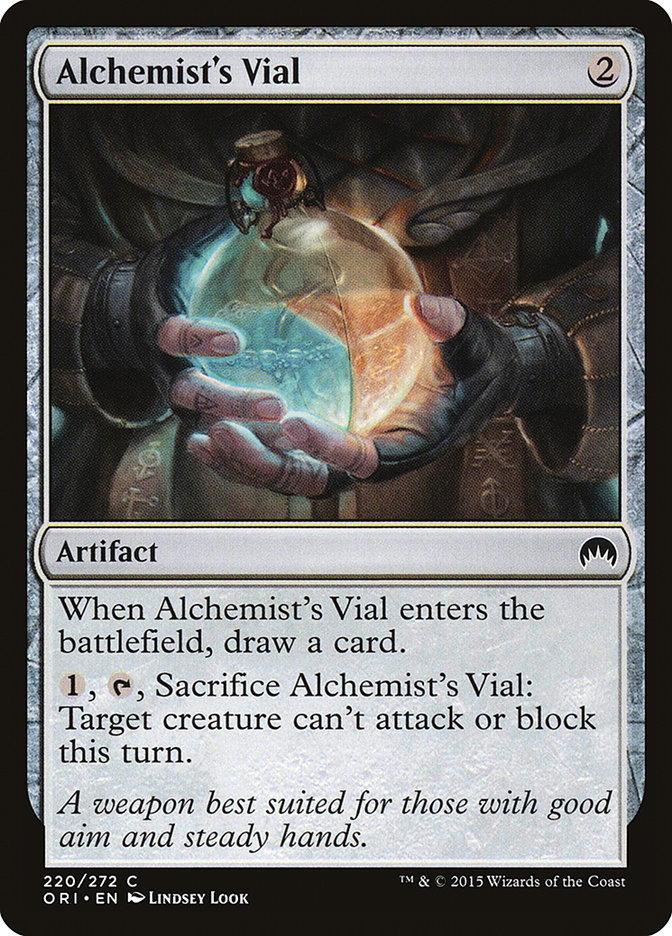

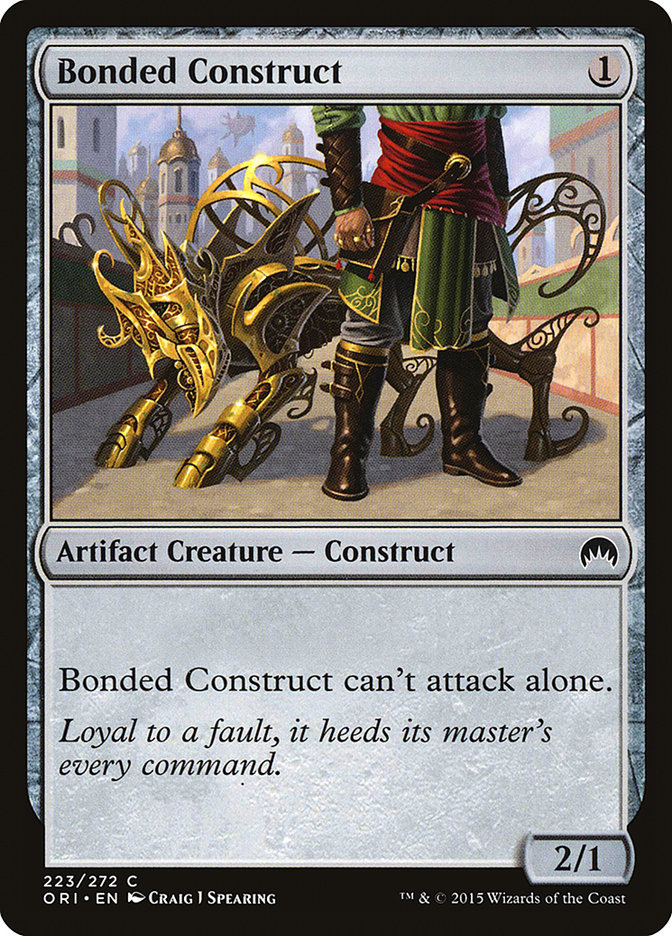
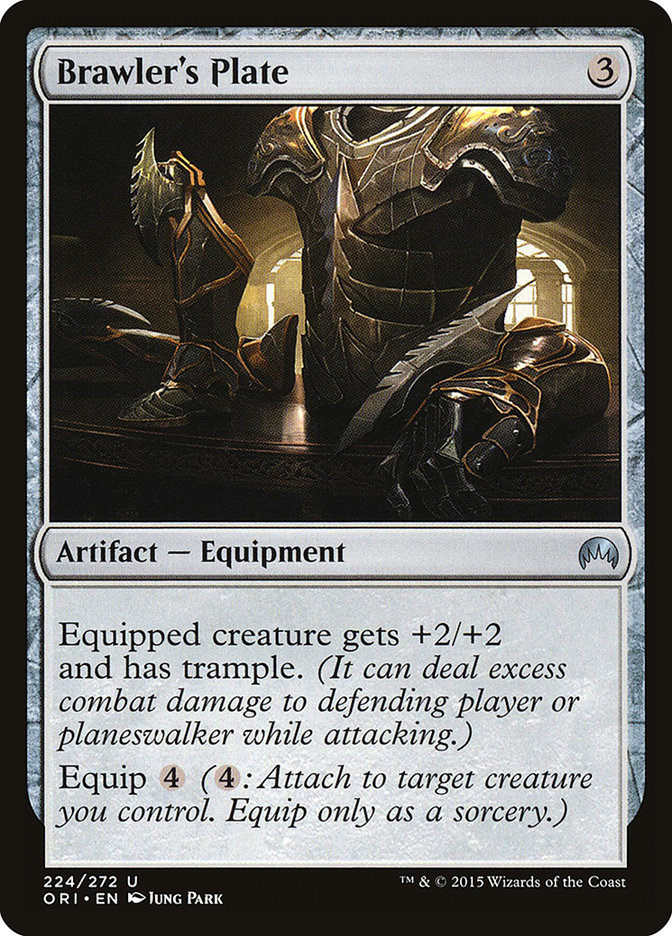


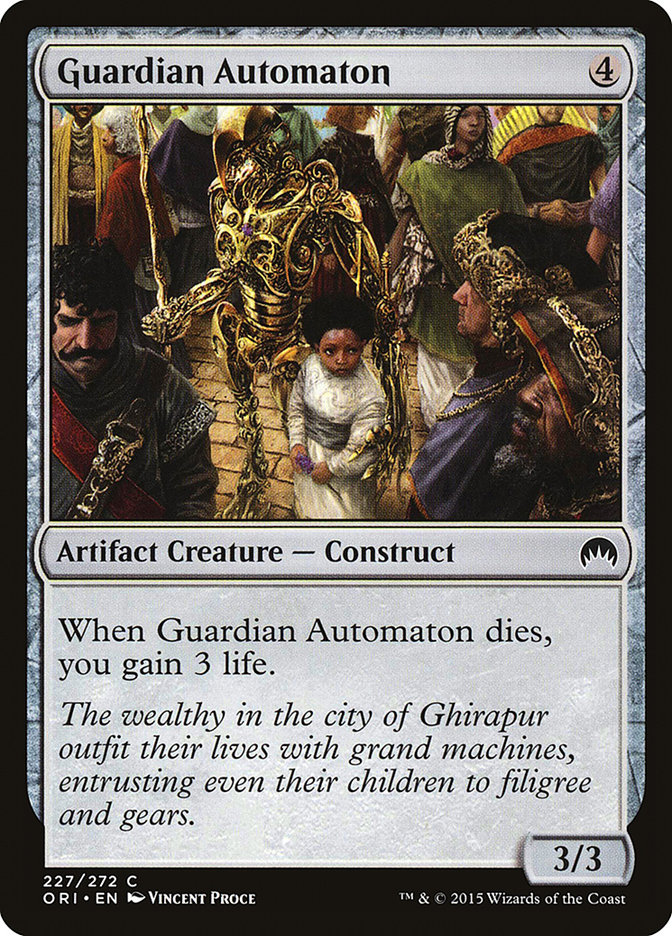


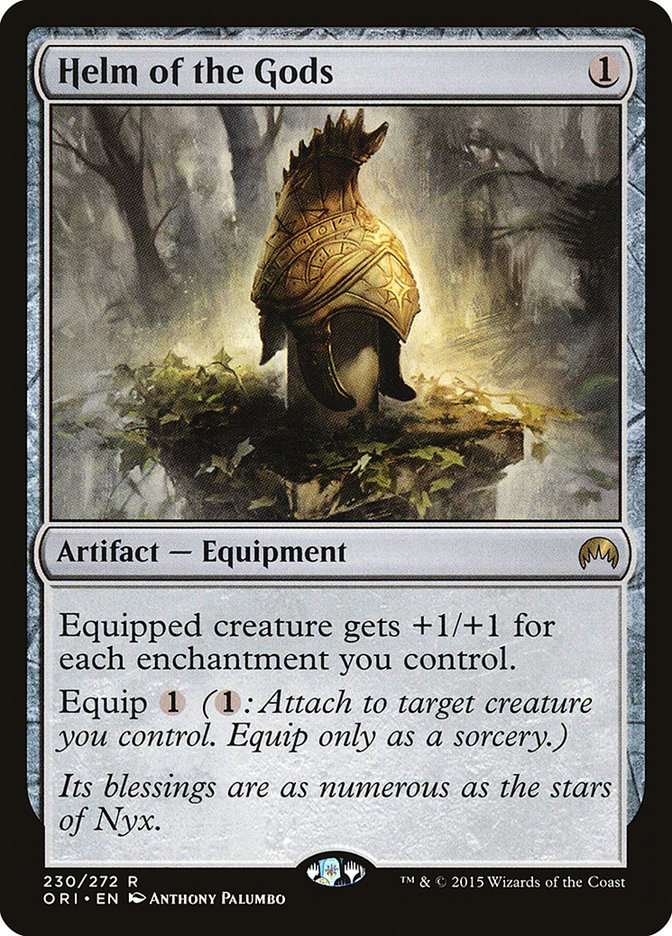
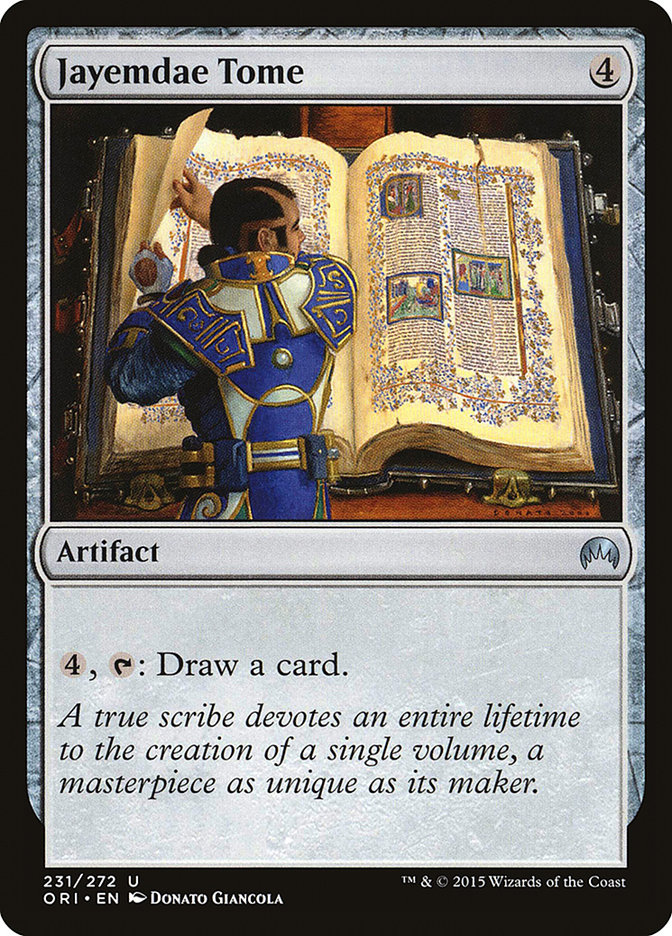
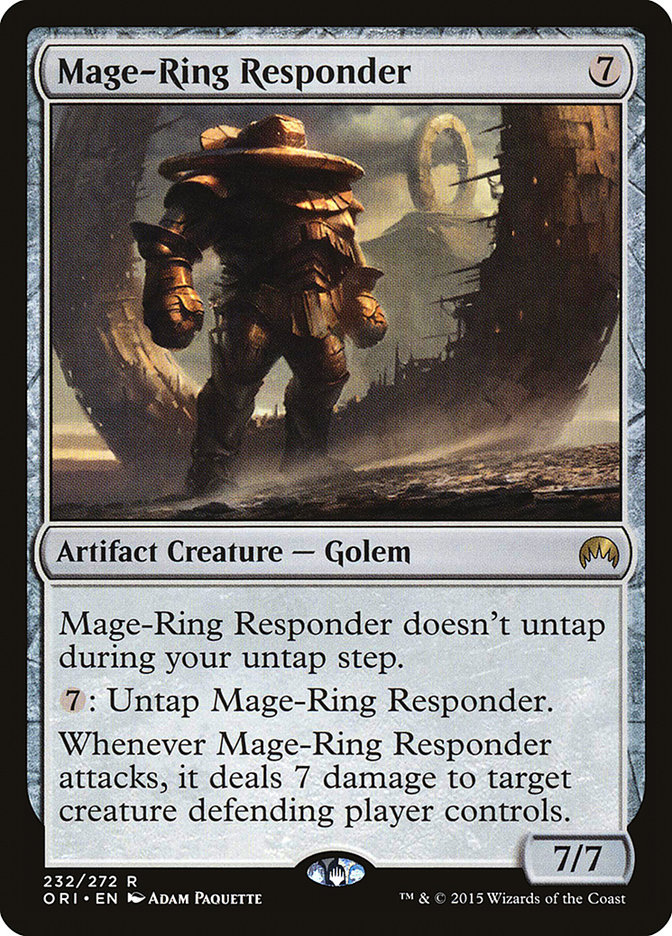
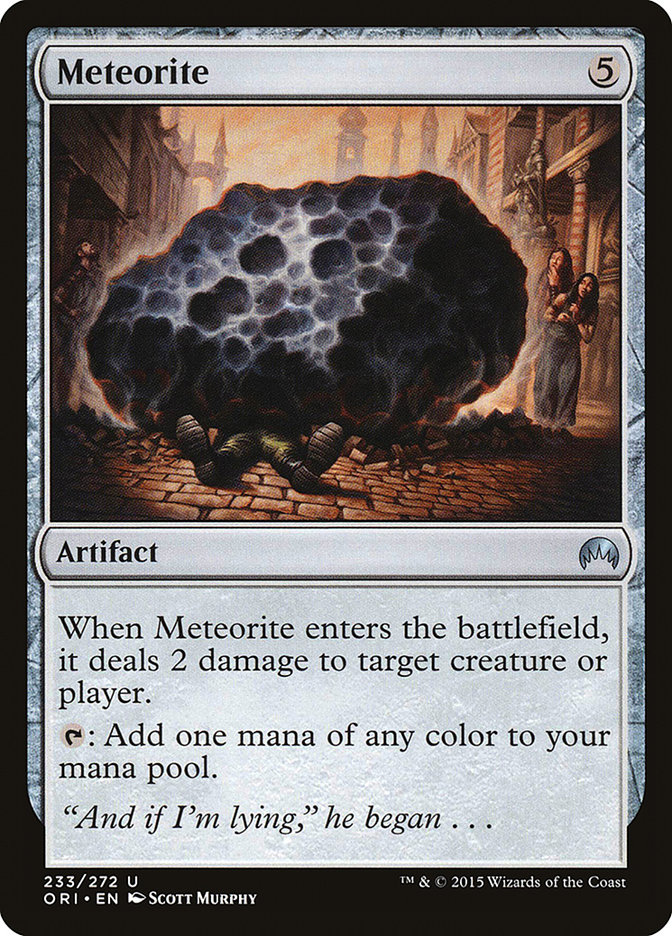
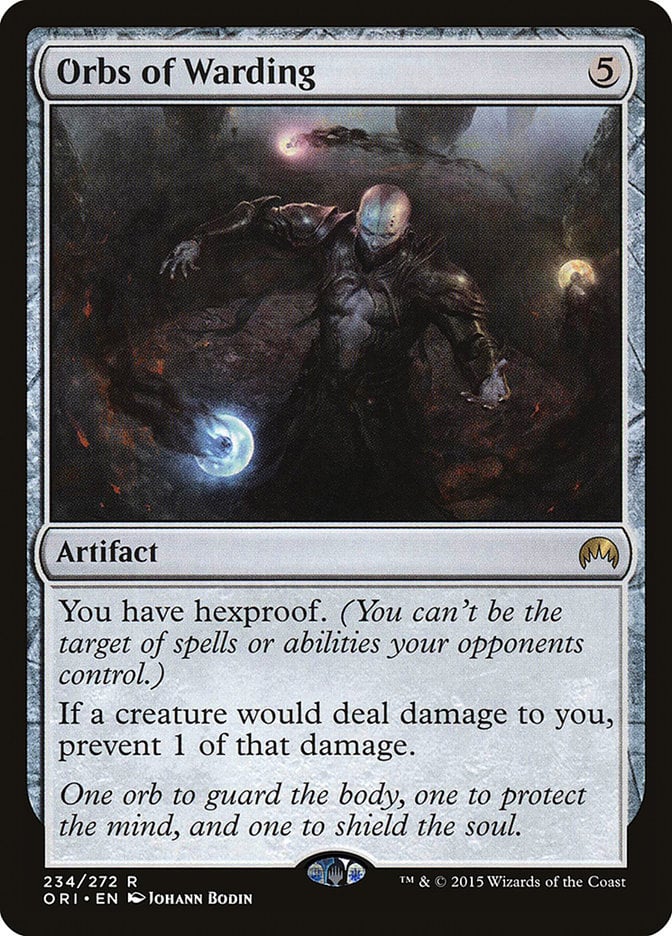
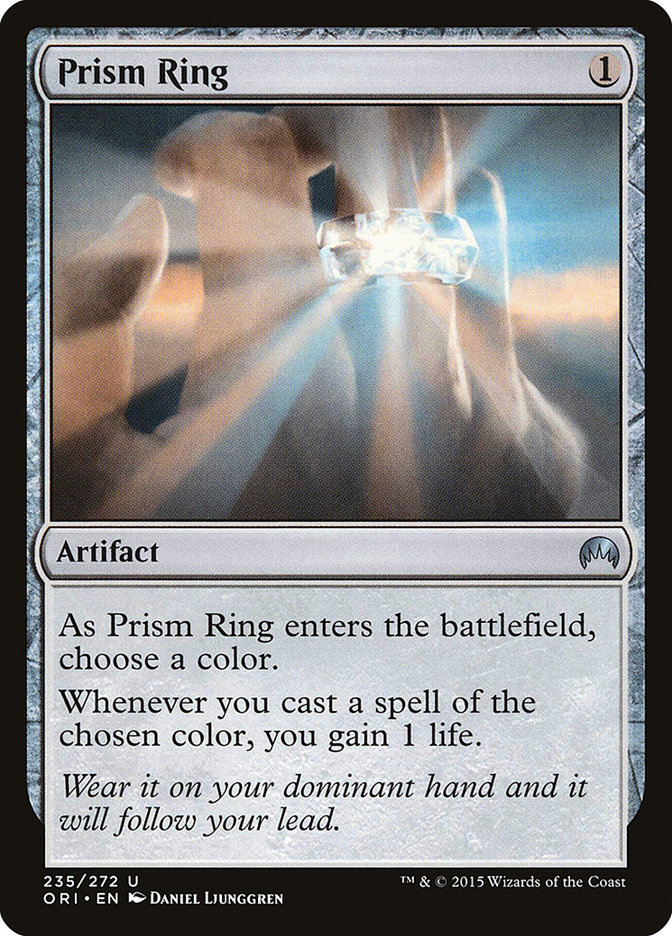
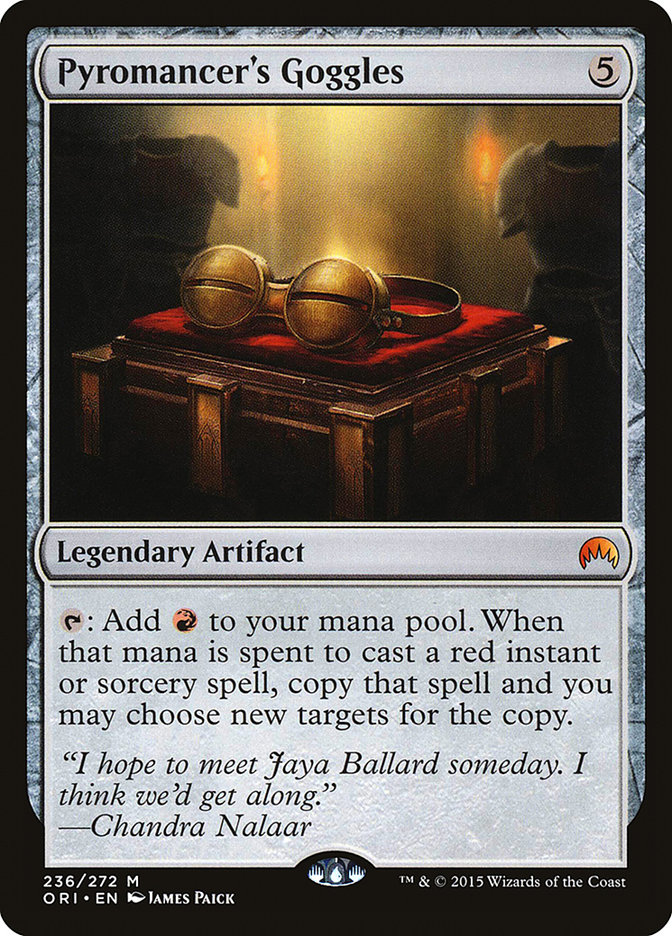
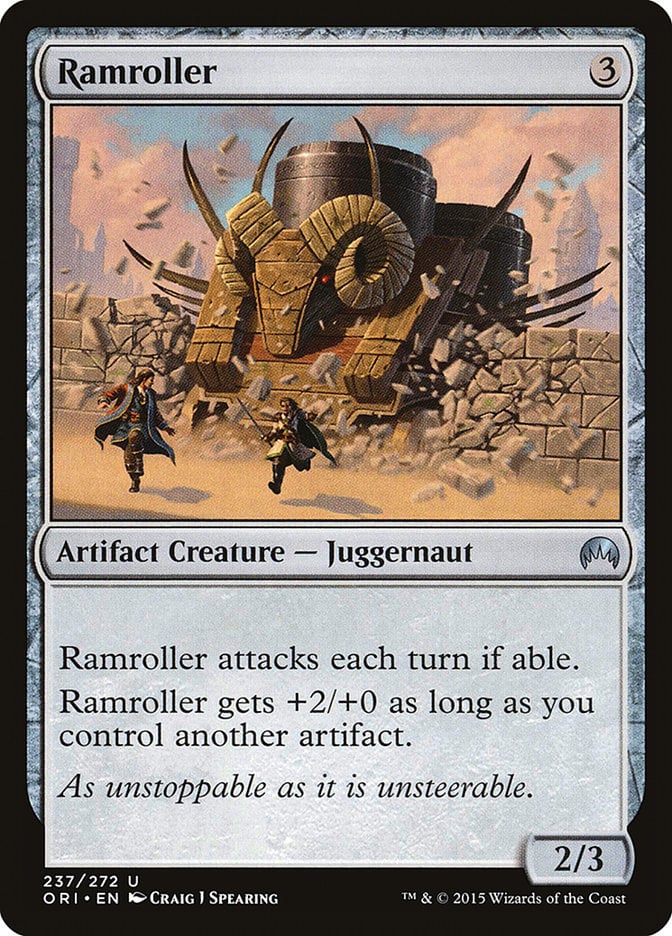
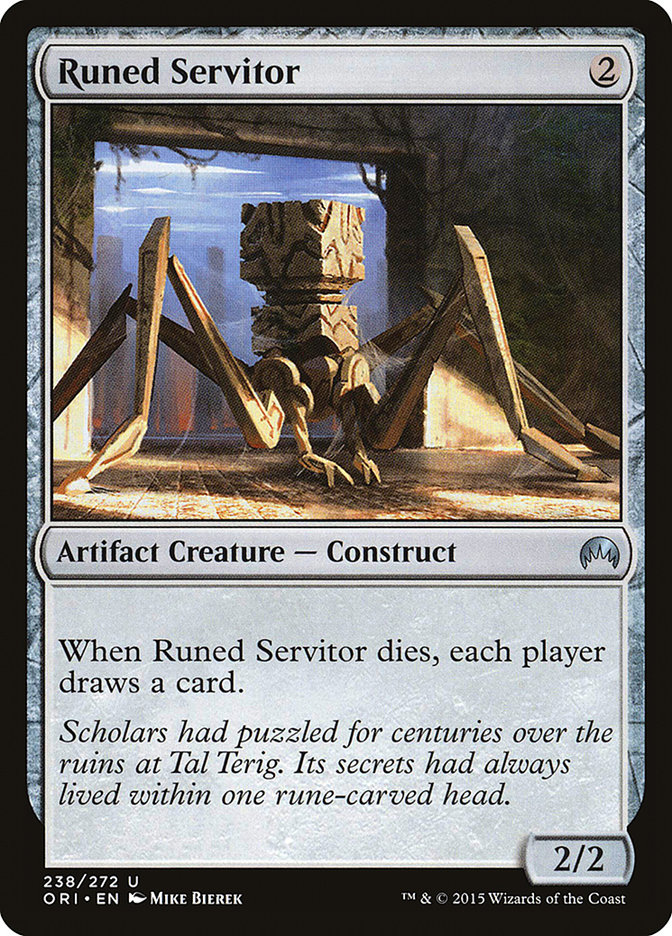
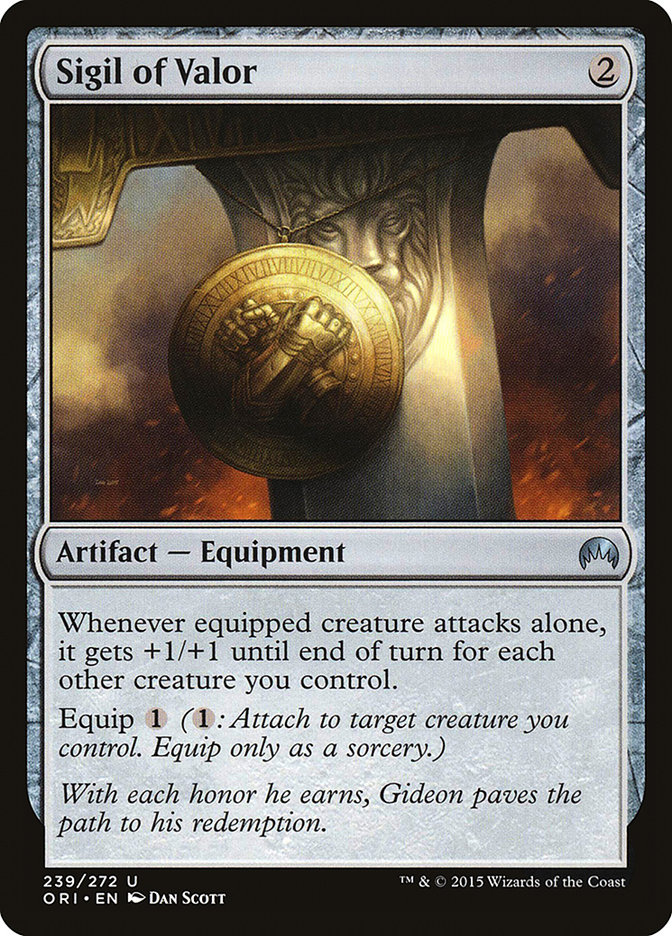
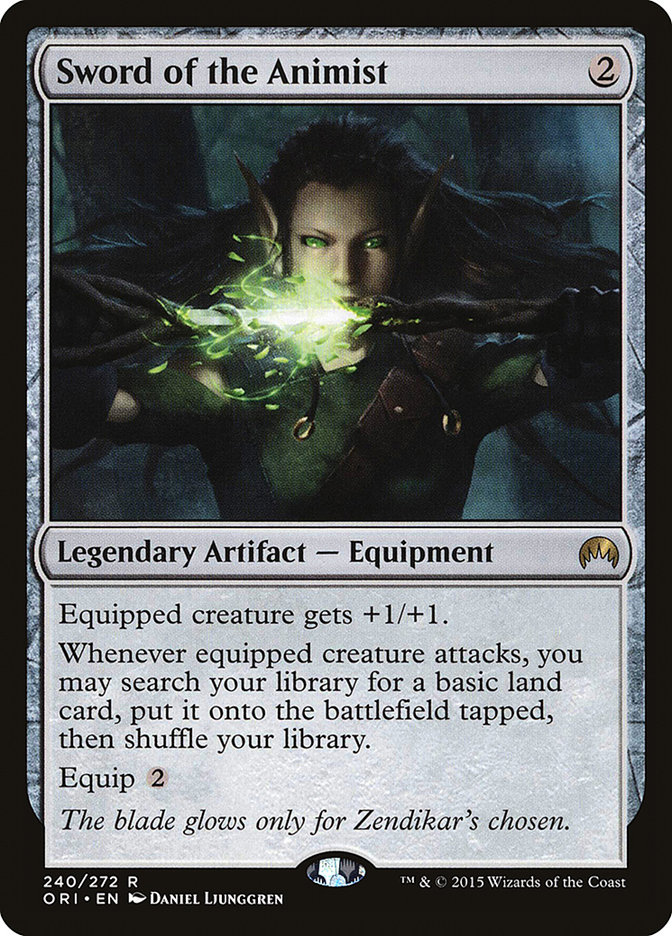
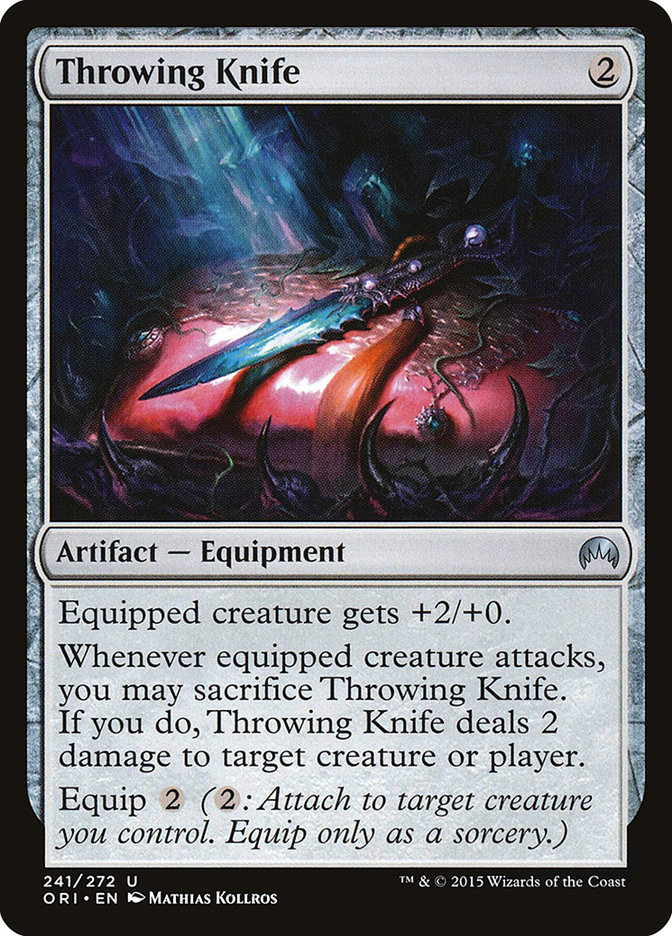
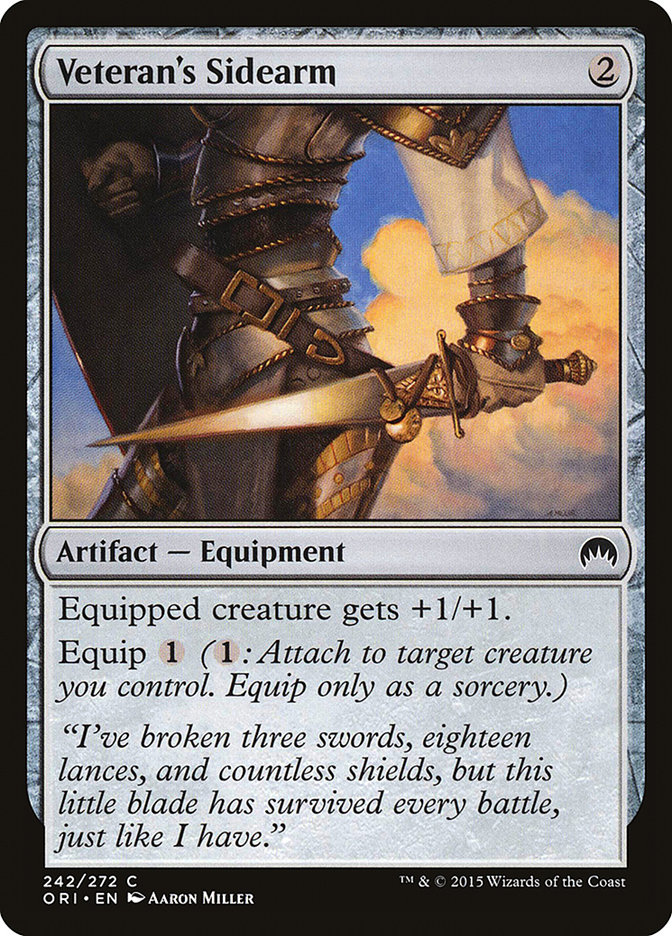
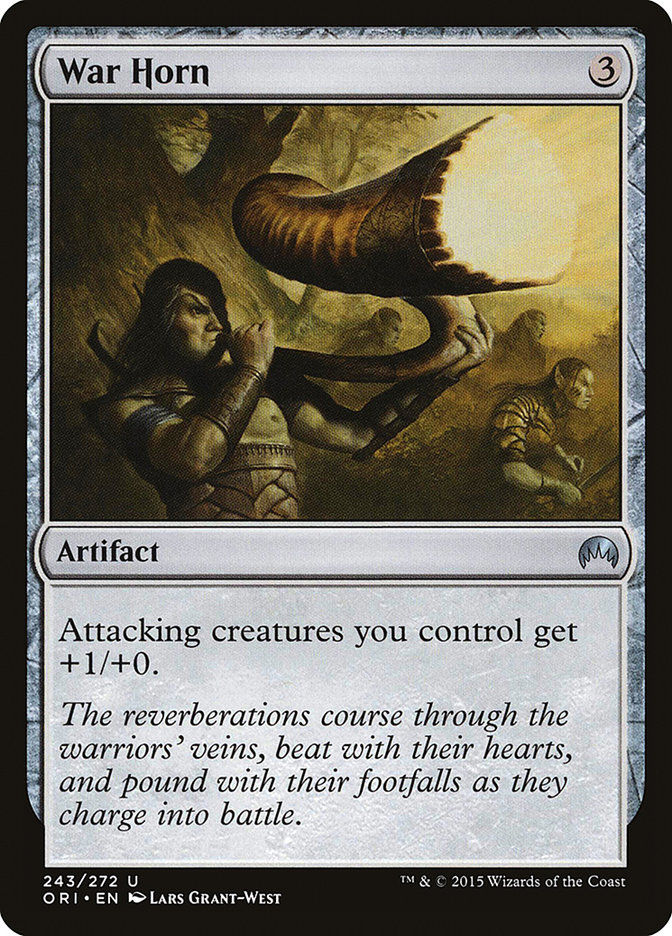
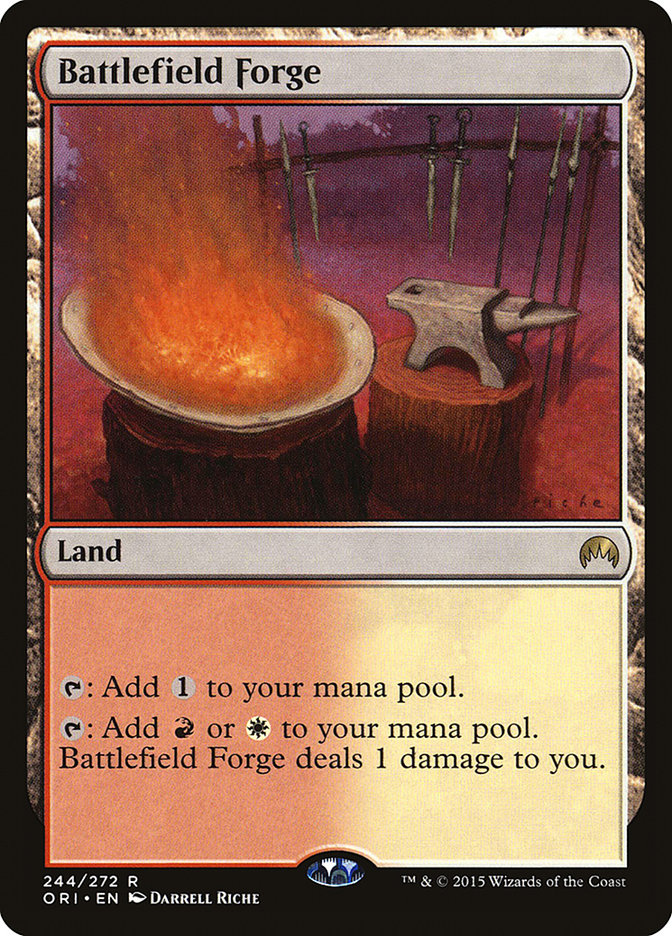
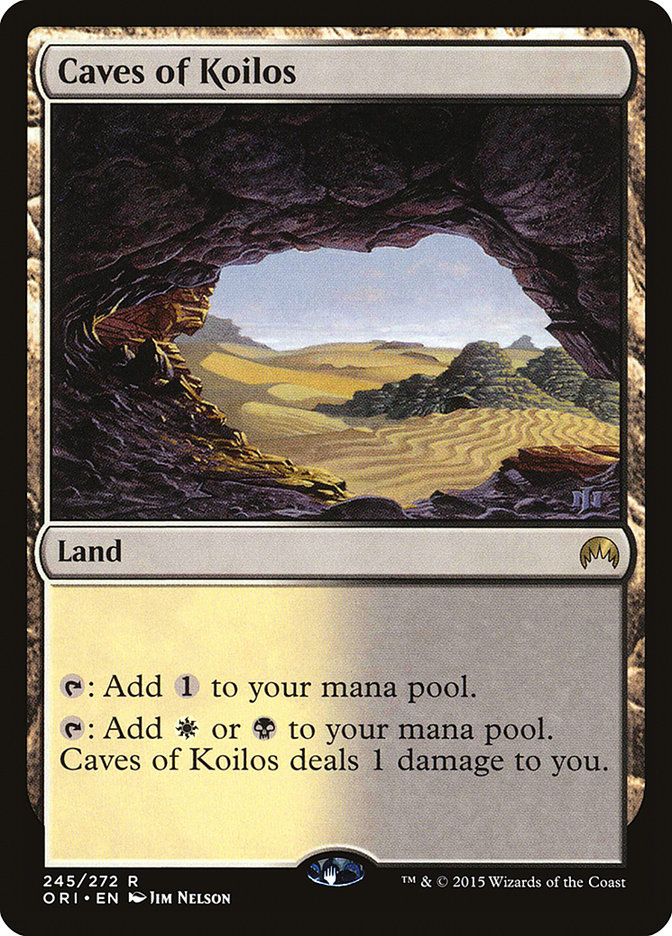
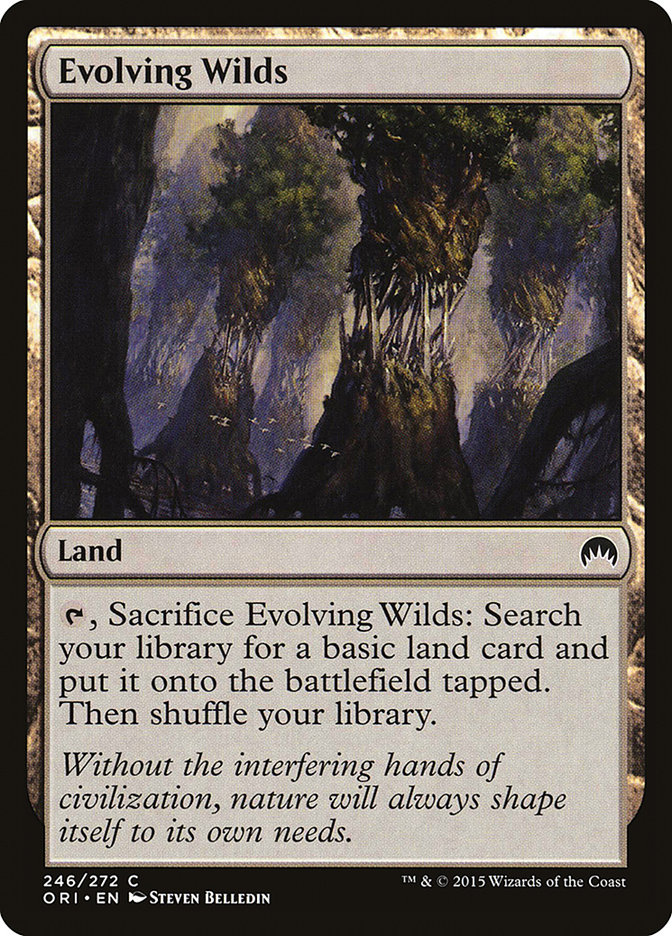
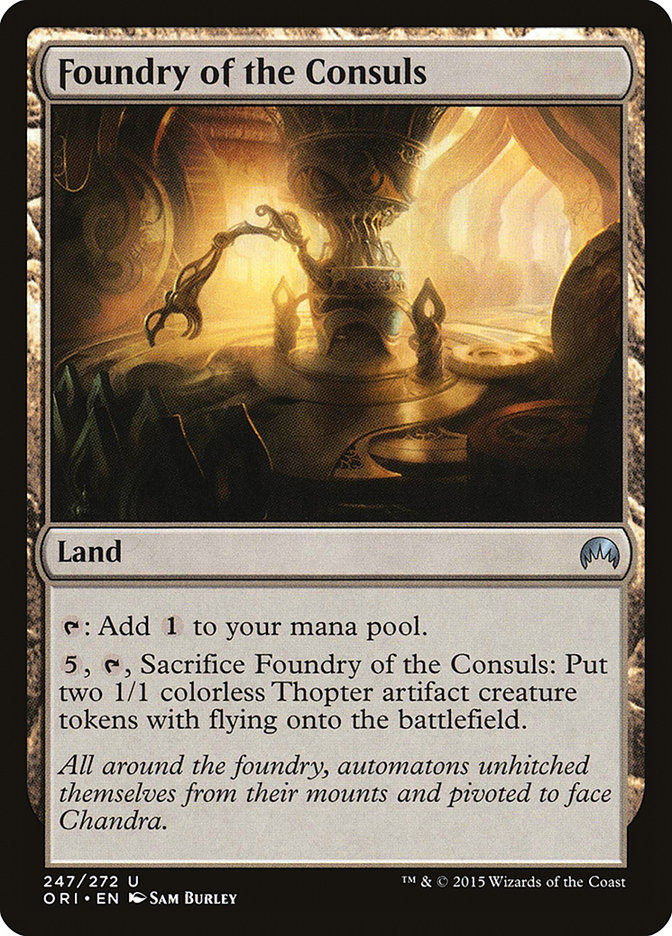



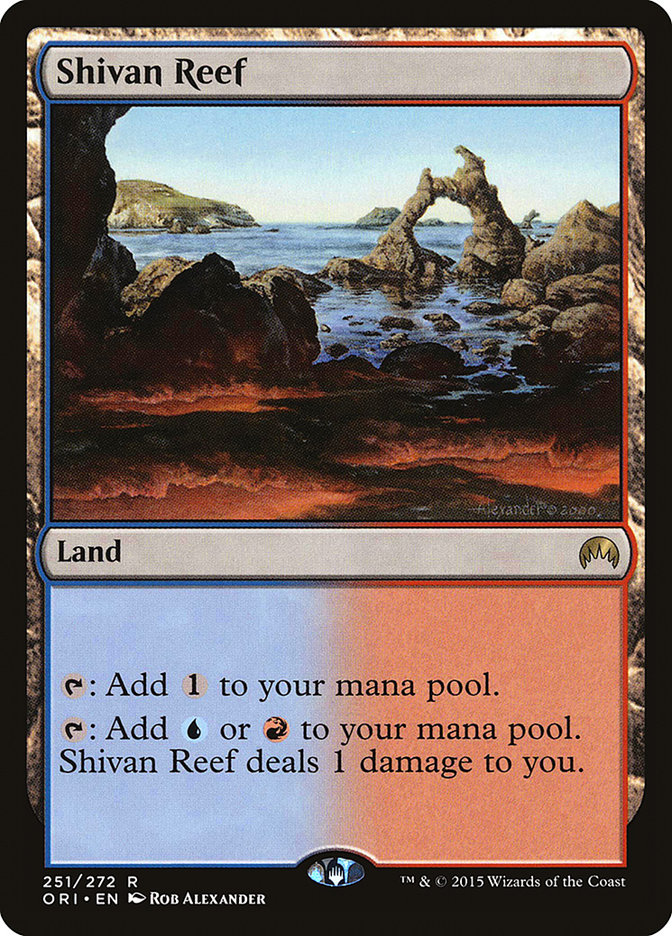
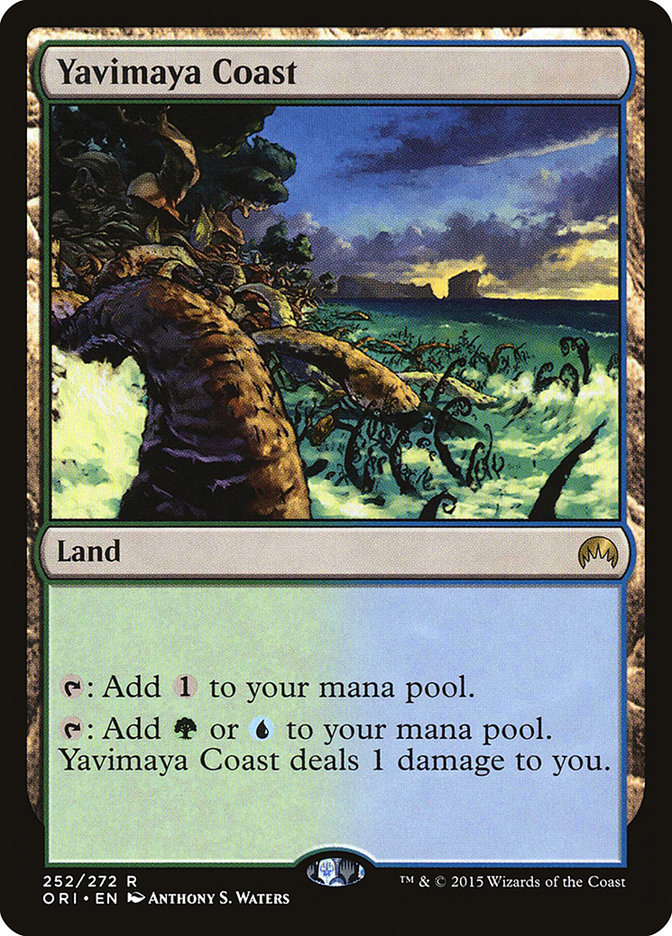
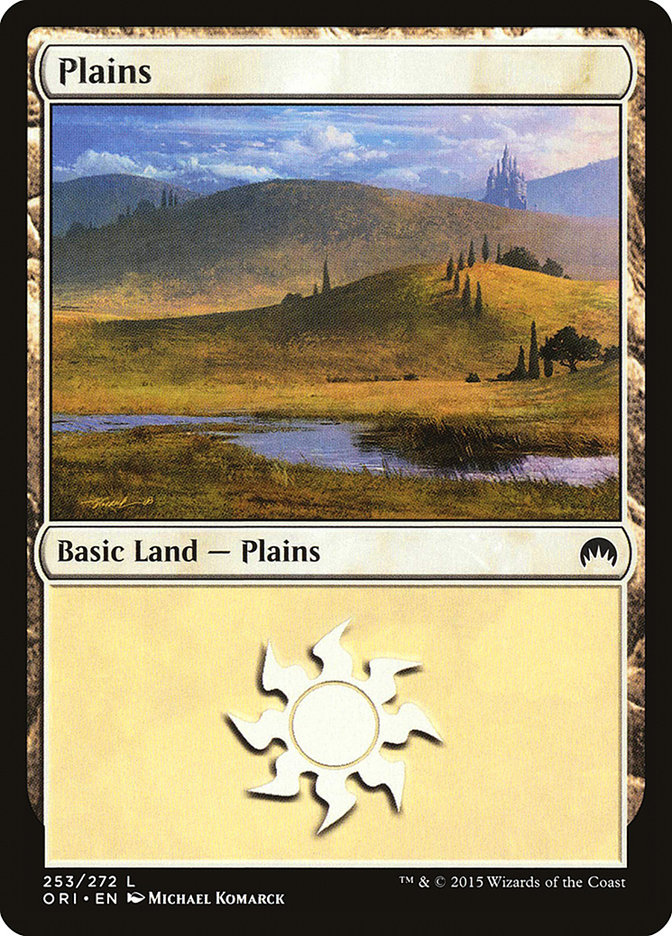
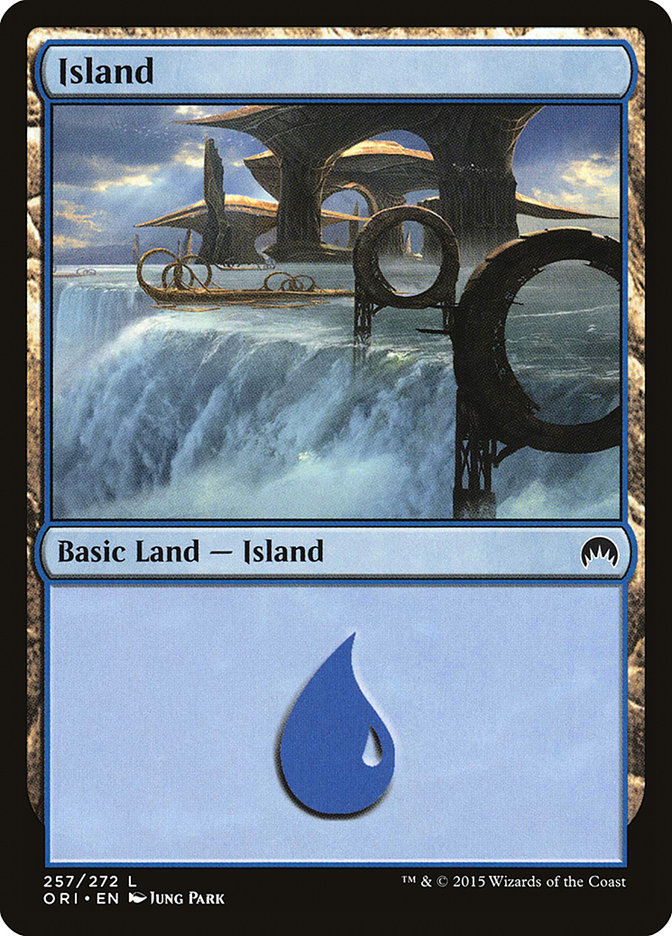
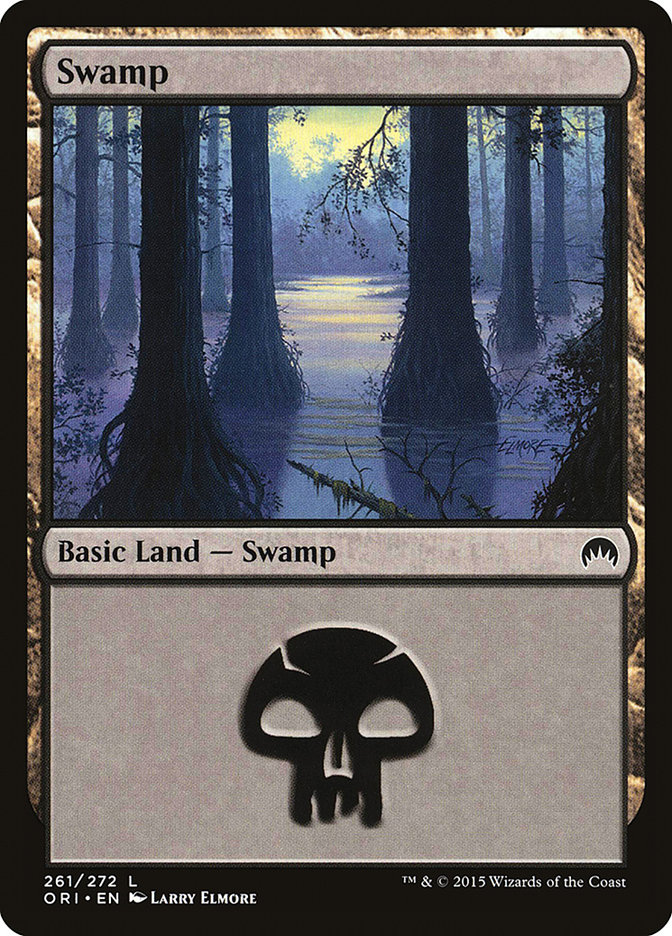
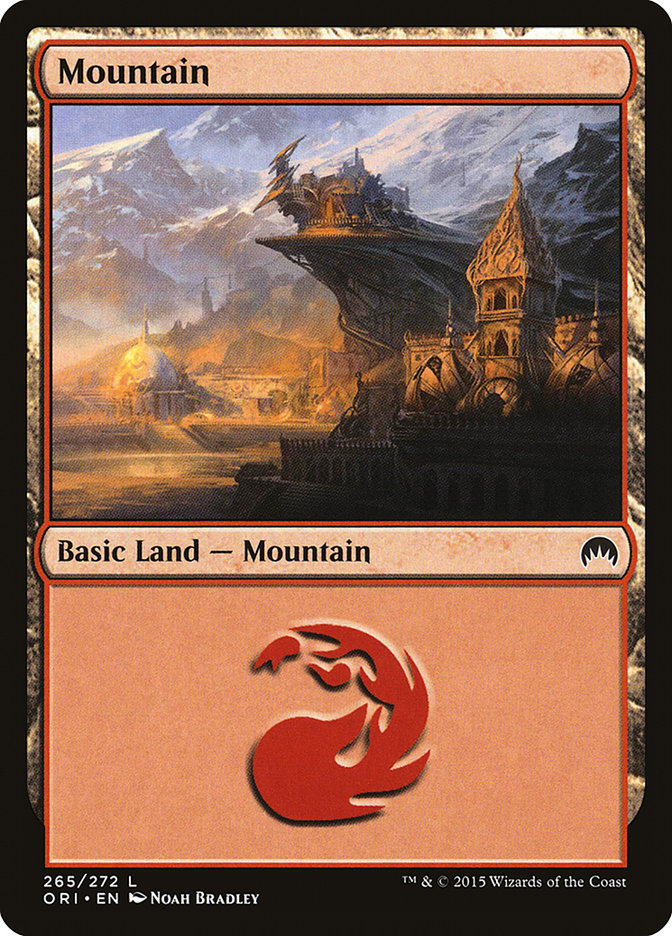
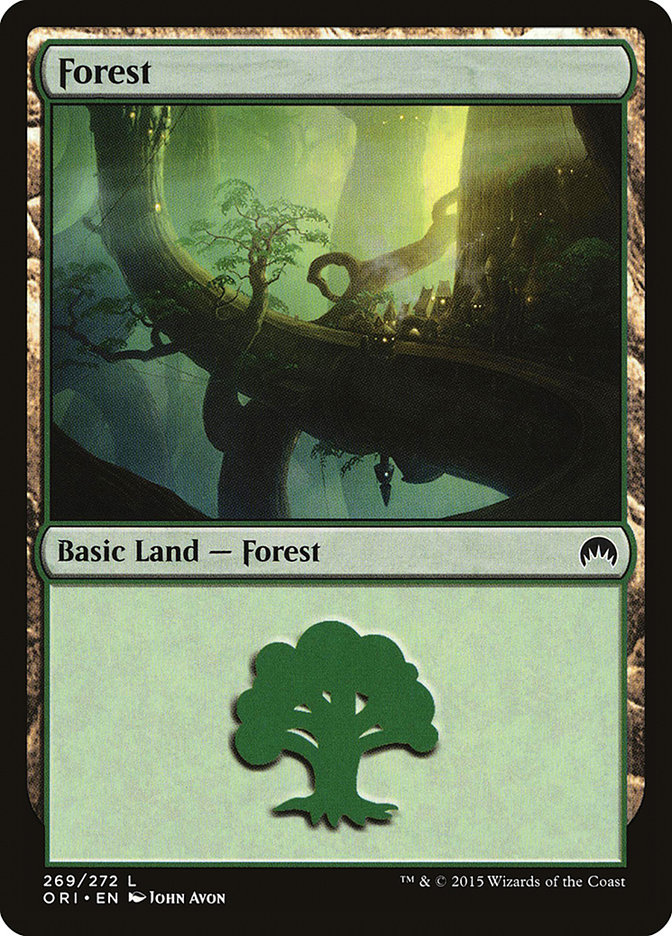

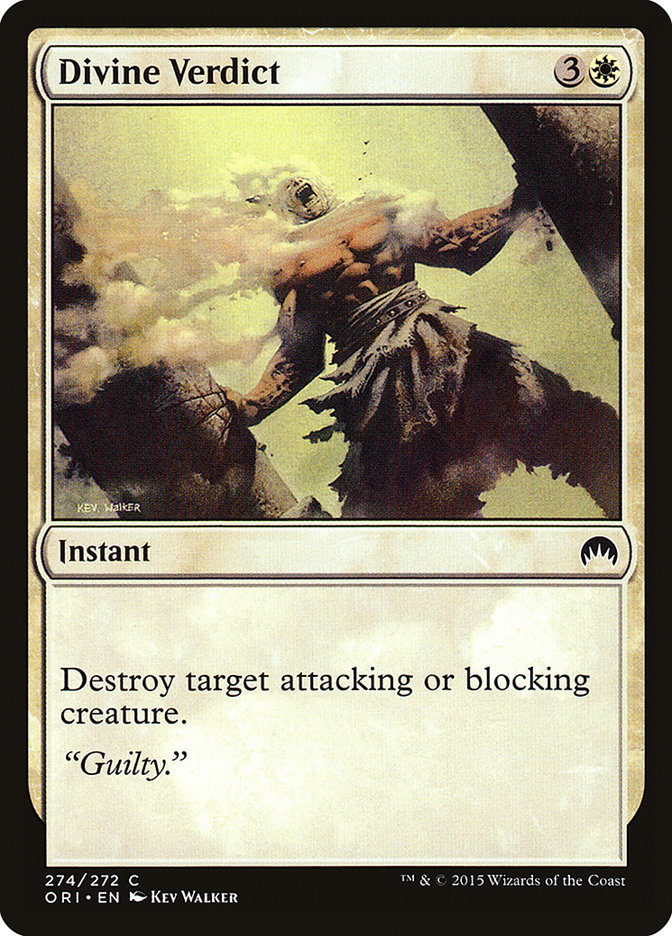
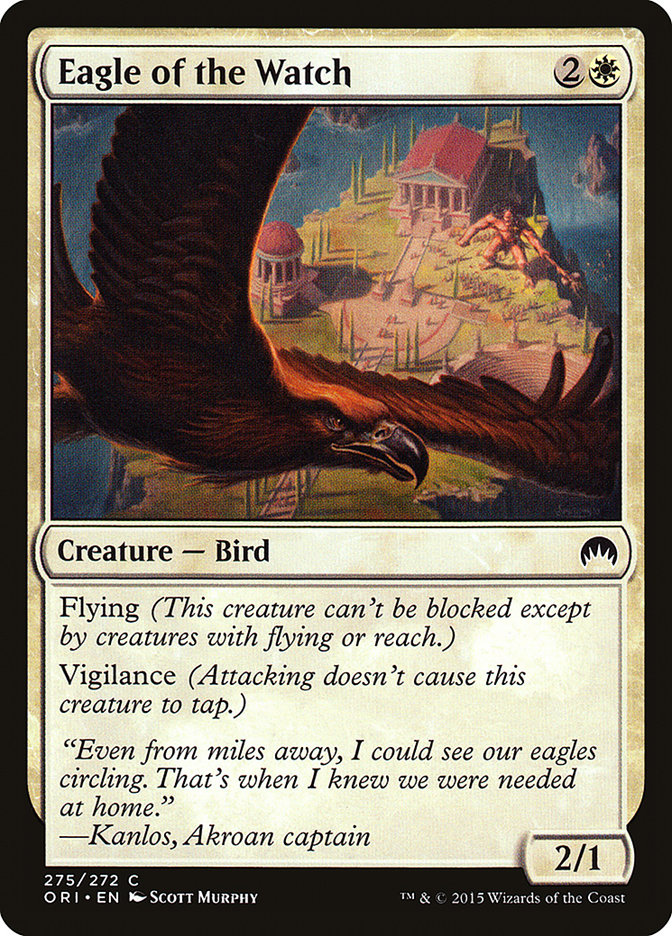

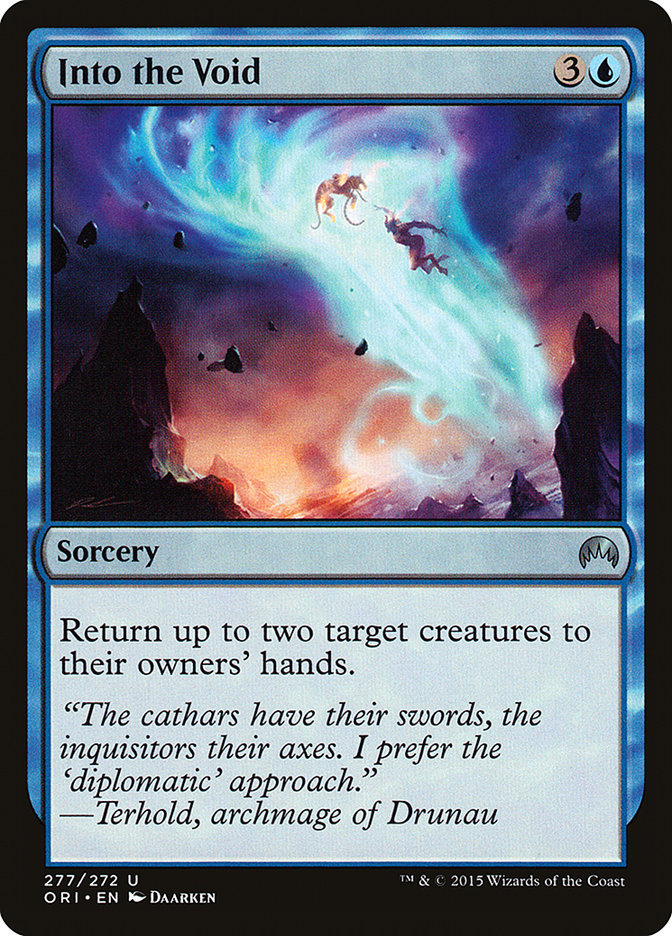
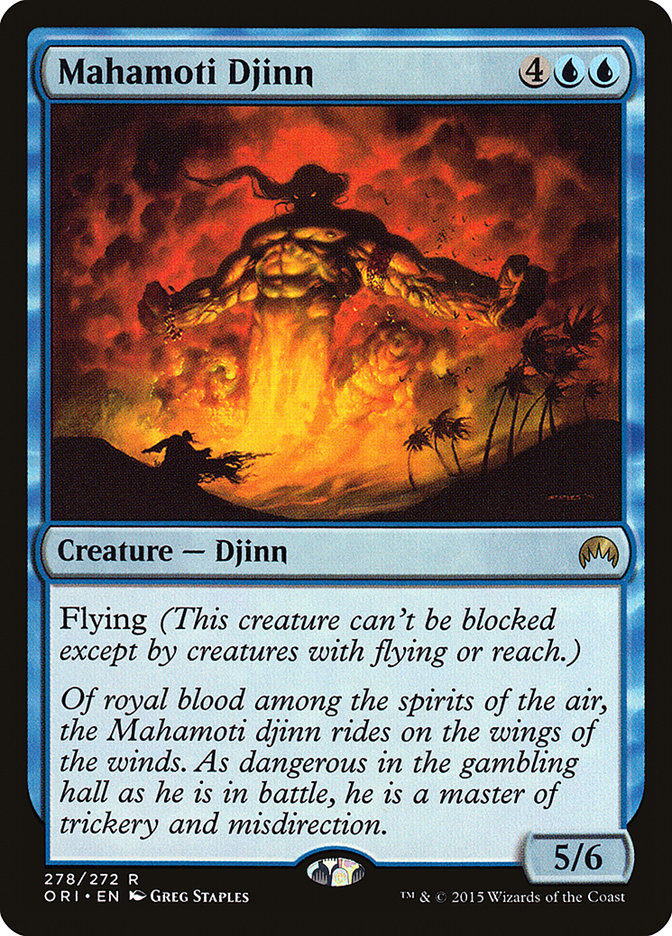




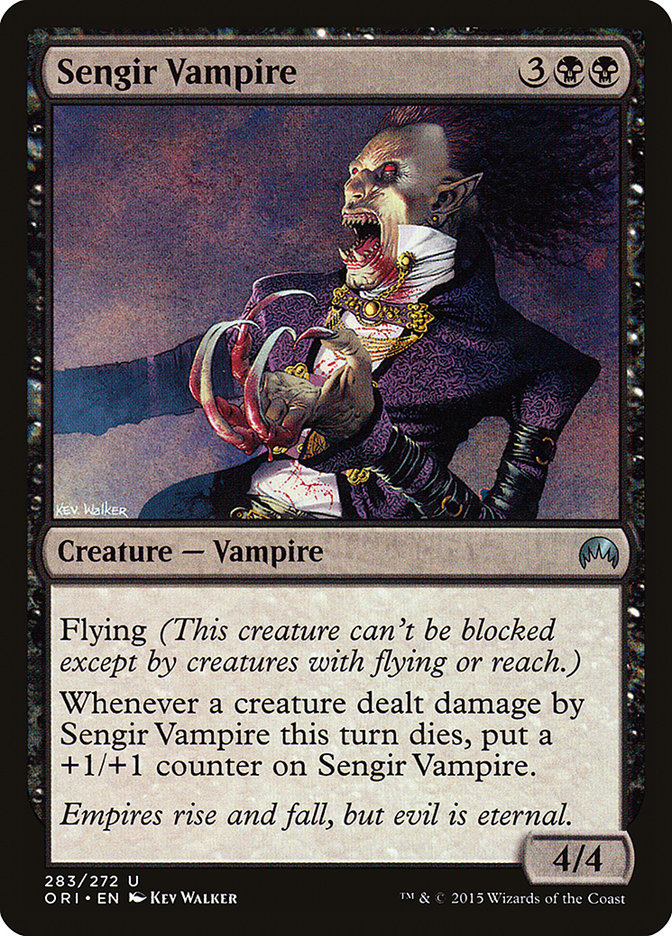
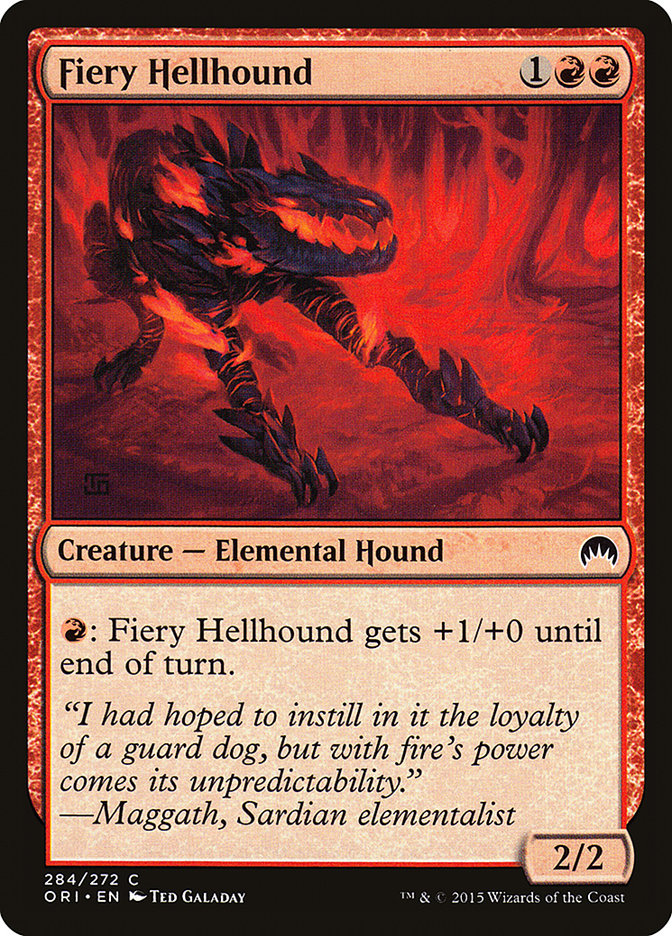

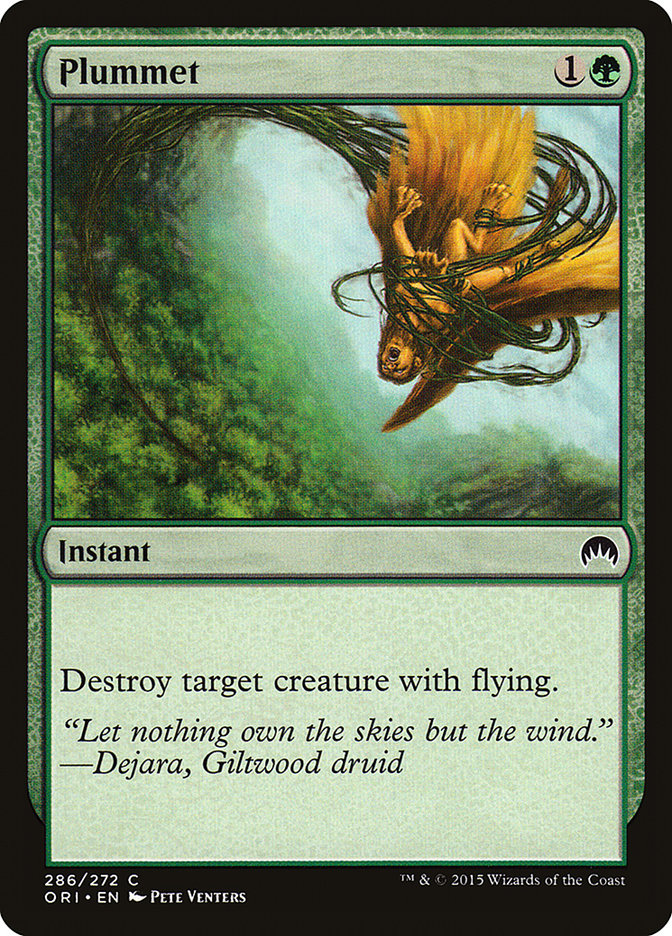





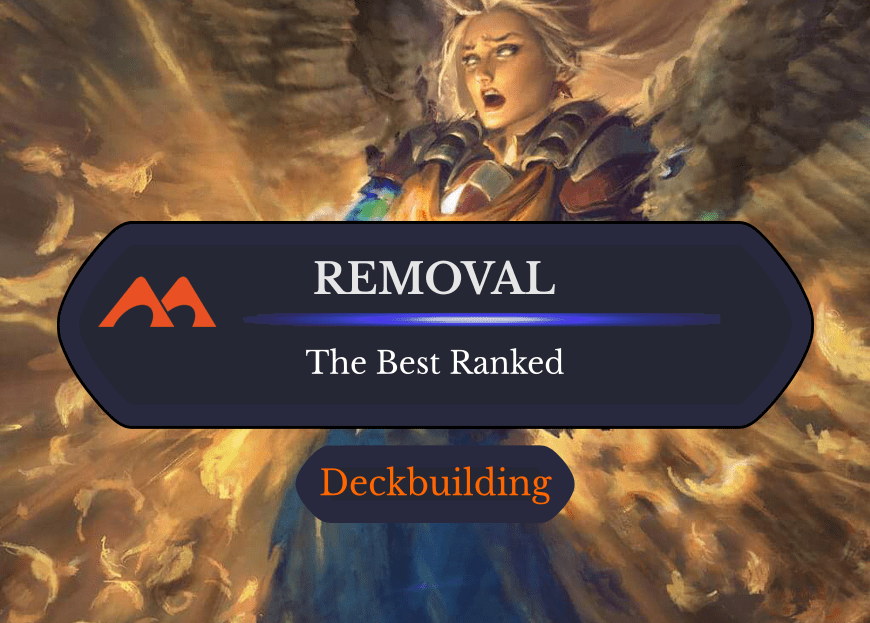

Add Comment